WUNDERKAMMER BIER
Artist Statement:
The Wunderkammer Project is a romanticized look into the world of an artisan brewer in Vermonts' Northeast Kingdom. Part documentary, part poetic exercise, this project embodies a true craftsman and artist brewing beers on a wood fired kettle and aging in a cellar once used for cheese making on a farm, off a dusty dirt road in the magical Northeast Kingdom of Vermont. Vasilios is creating beers in a way few others do these days, with its 14+ hour brew days using foraged native materials from his land and barrel aging for months at a time. I fell for his passion for what he creates; he simply does it because he loves it. It’s hard to find many people who take the time and delicacy that he does. He is living his dream and doing so by culminating his hobbies and passions into a beautiful and unique product. It was humbling and inspiring to spend time with him and get a glimpse into his 'curiosity cabinet’.
What is a Wunderkammer?
"The German word Wunderkammer roughly translates into 'curiosity cabinet'. Wunderkammers emerged around Europe in the 16th century and were the forerunner of museums; peoples' private collections of objects from the natural world, art works and anthropological artifacts that they gathered from their travels and prepared for display and contemplation. Wunderkammers were museums of memory, experience and curiosity; personal microcosms of our world. It is this expression of curiosity and contemplation about the world around me that I try to cultivate with my brewing.
My brewing is inspired by the simplicity and subtlety of the natural world around me, as well as the agrarian roots of brewing traditions. My goal is creating elegant expressions of beauty that evoke time and place. I welcome you to join me in this pursuit.” - Vasilios Gletsos
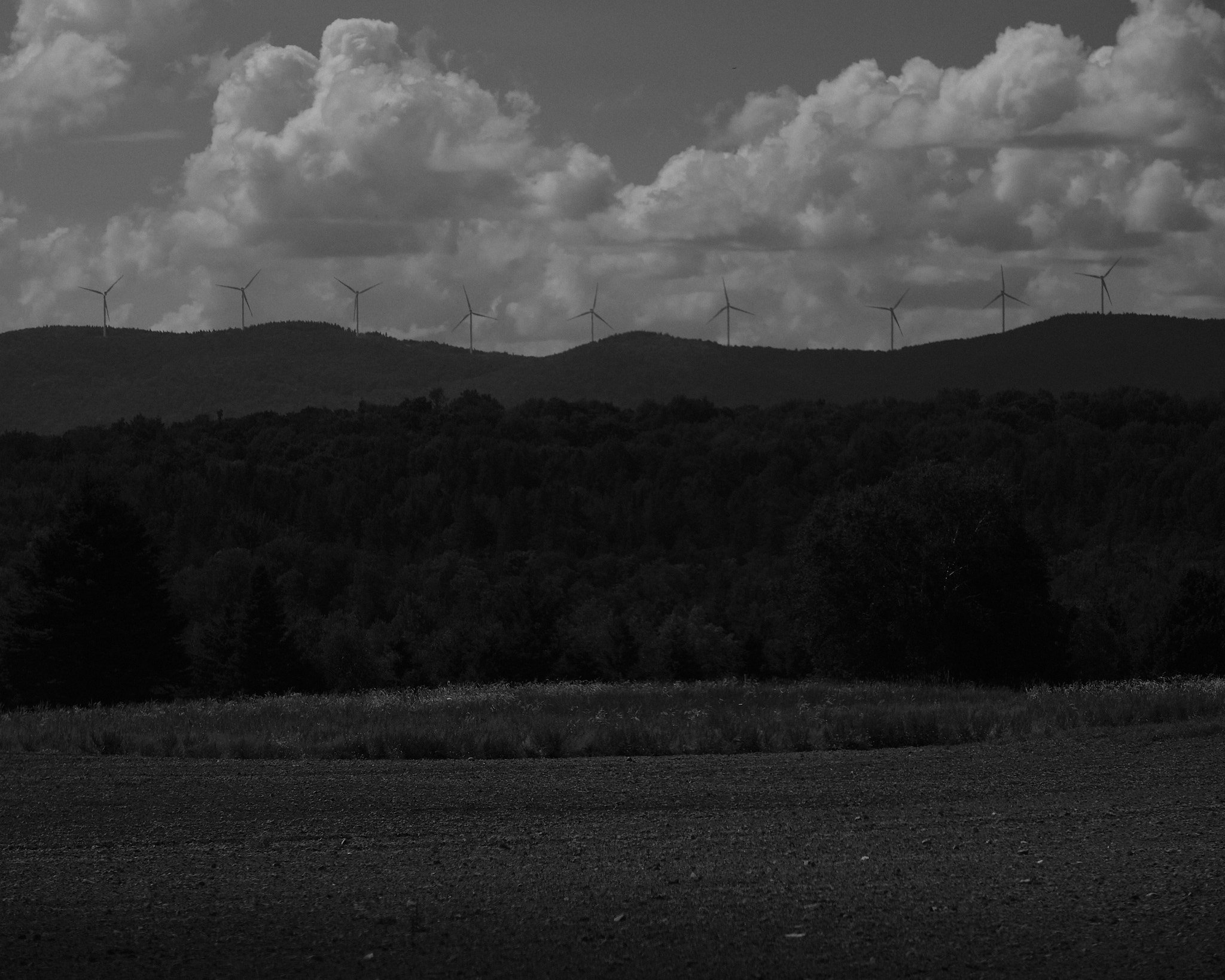
Chapter One
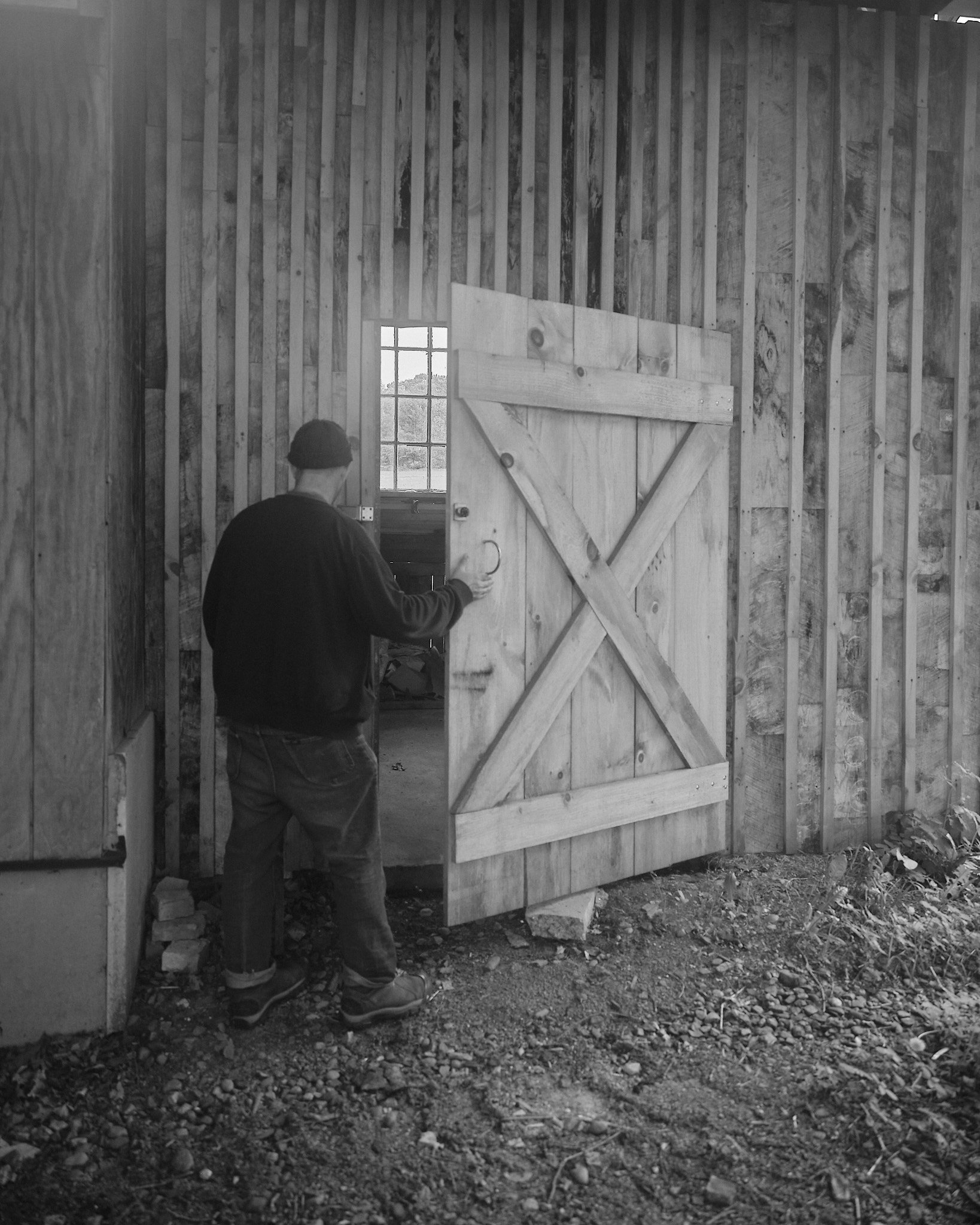
A Peek Inside
Vasilios shows me into the brewhouse for the first time.
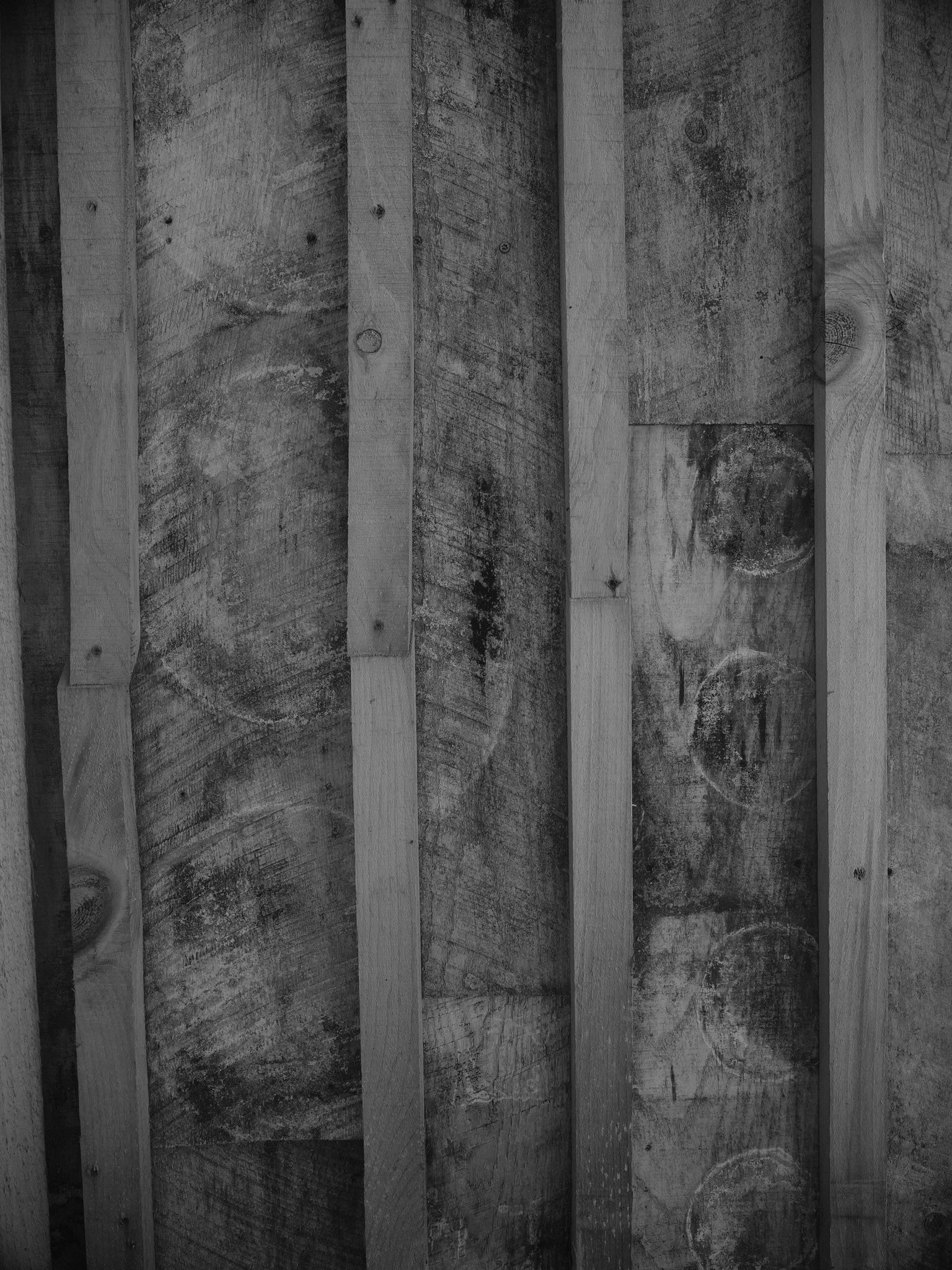
These Walls
The walls of the brewhouse are made from the old cheese shelves that used to live in the cheese cave, which has been converted into the beer cellar for all the fermentation, aging, and bottling.
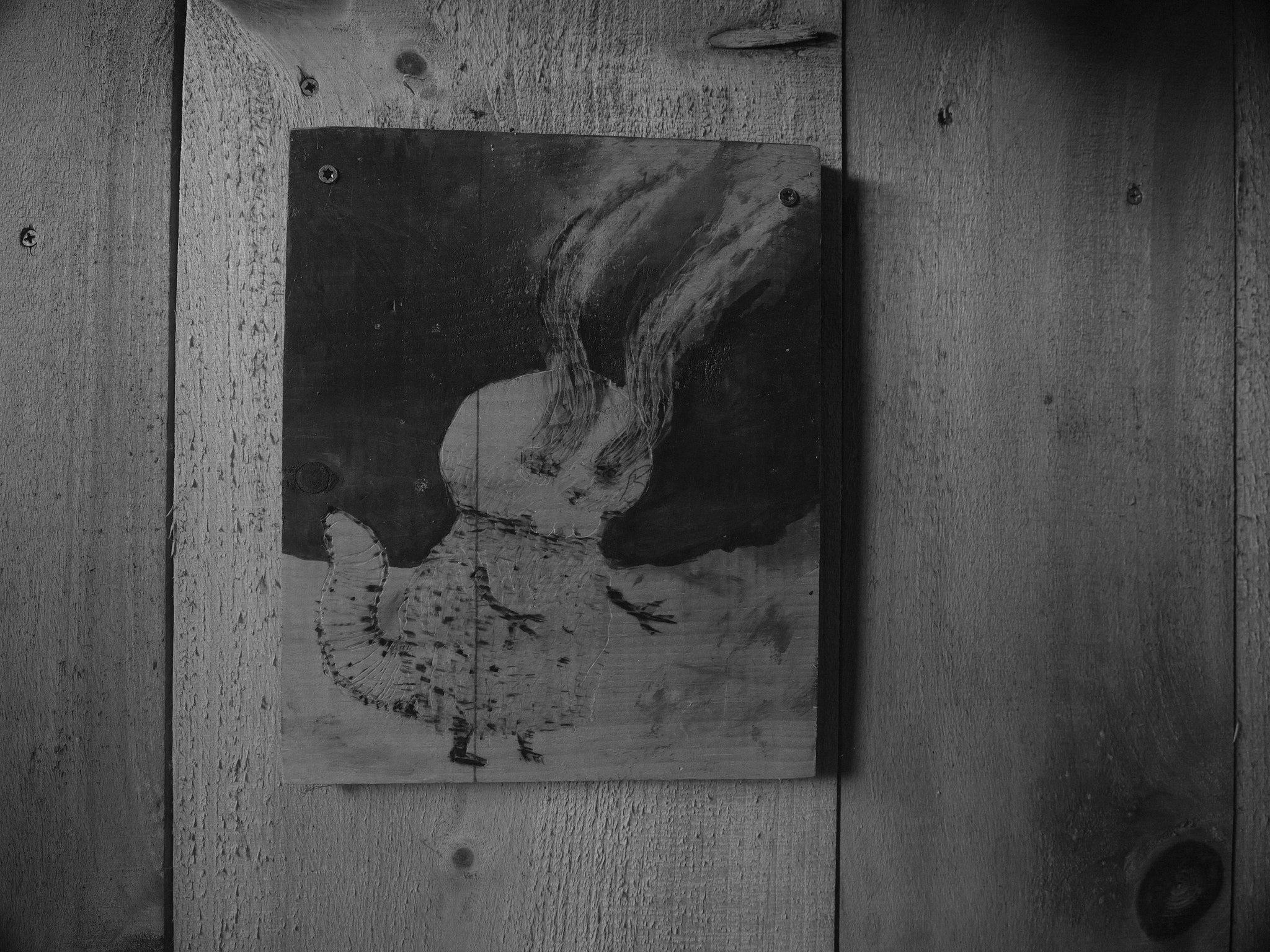
Detail Is Everything
Found on the walls of the brewhouse.
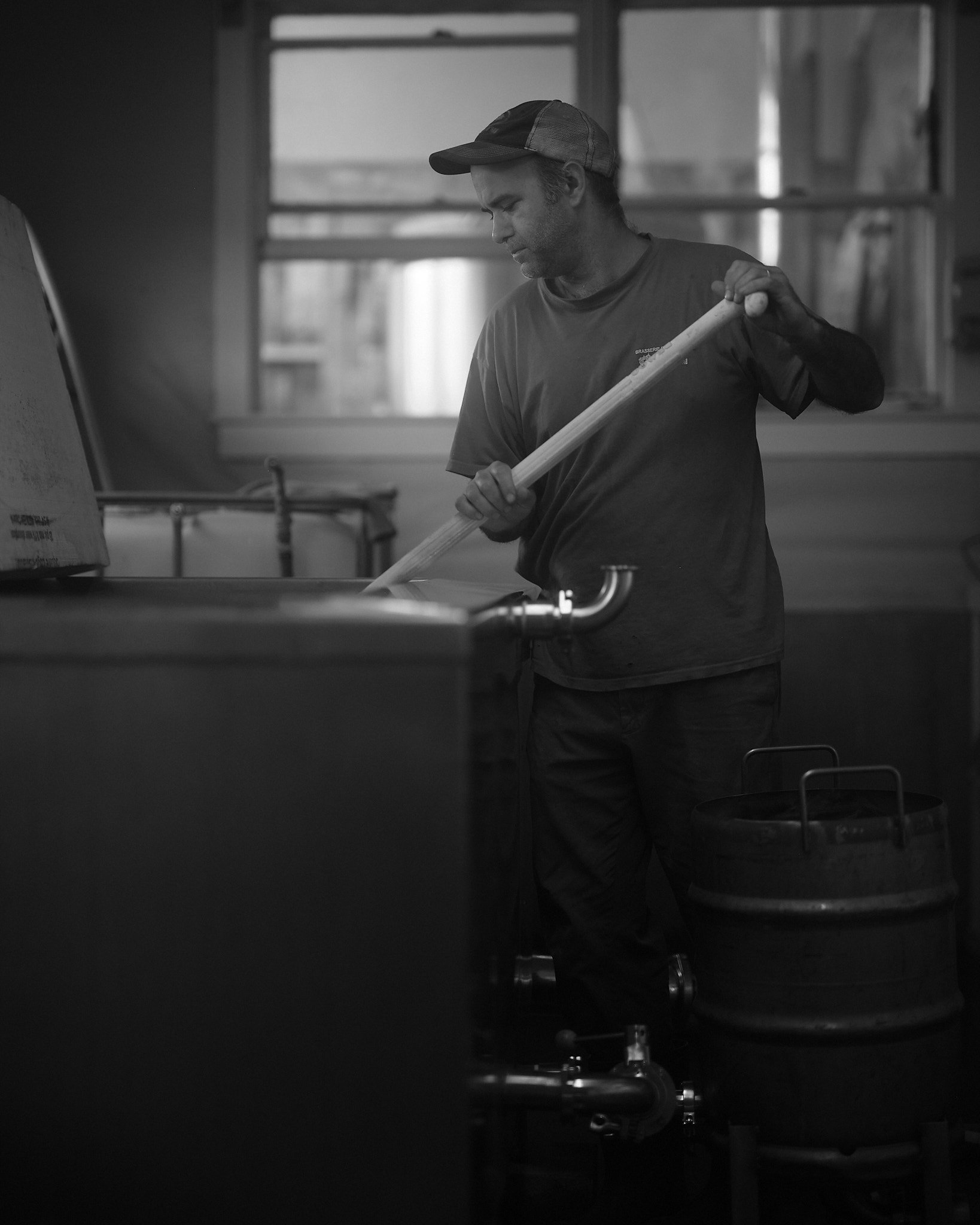
Everything Starts With The Mash
Mash In is the beginning of the brew day.
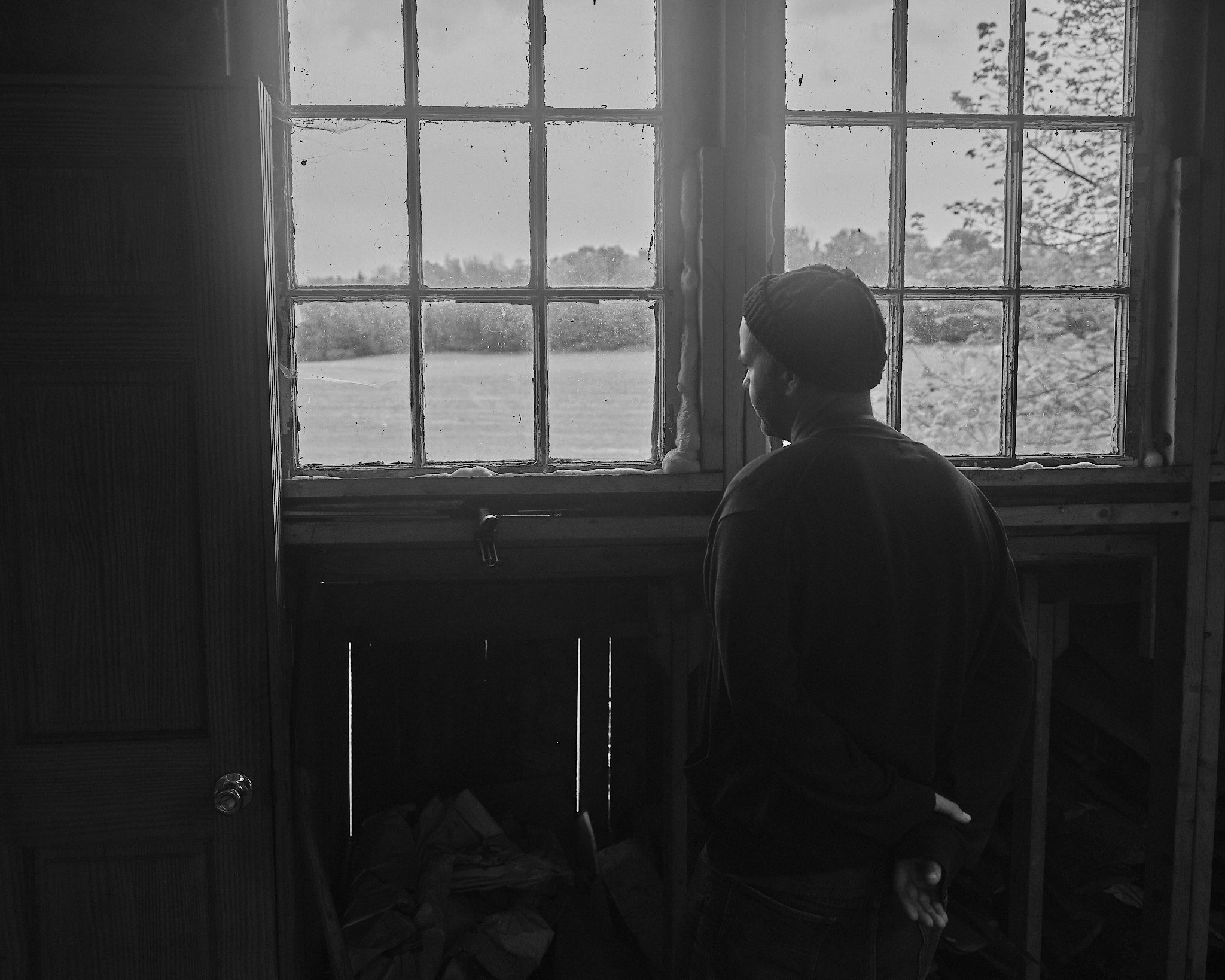
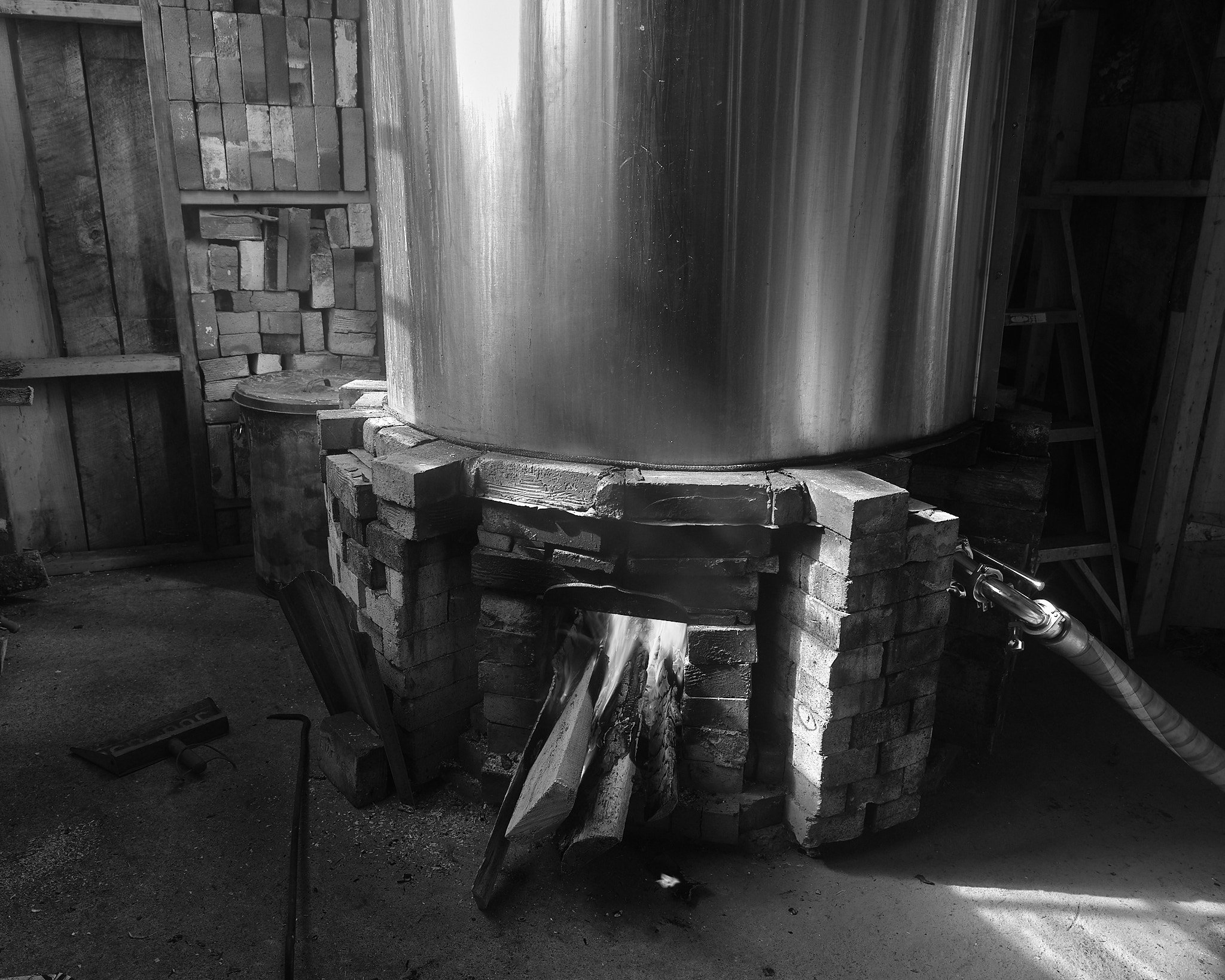
Heating Things Up
The Brewhouse is unique in many ways, one of which is that it runs a wood-fired brew kettle.
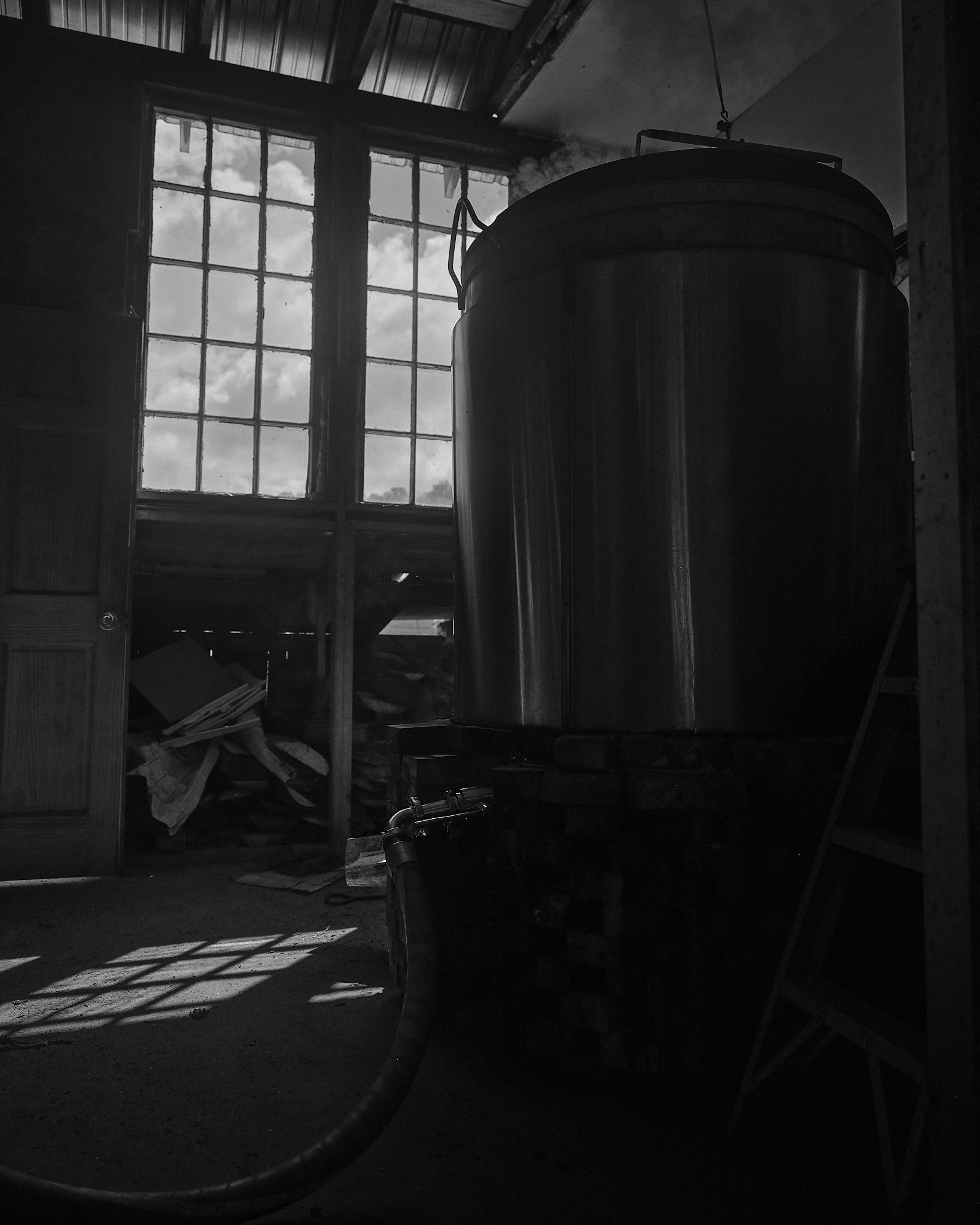
Wood-Fired Brew Kettle
The Kettle starts to heat up.
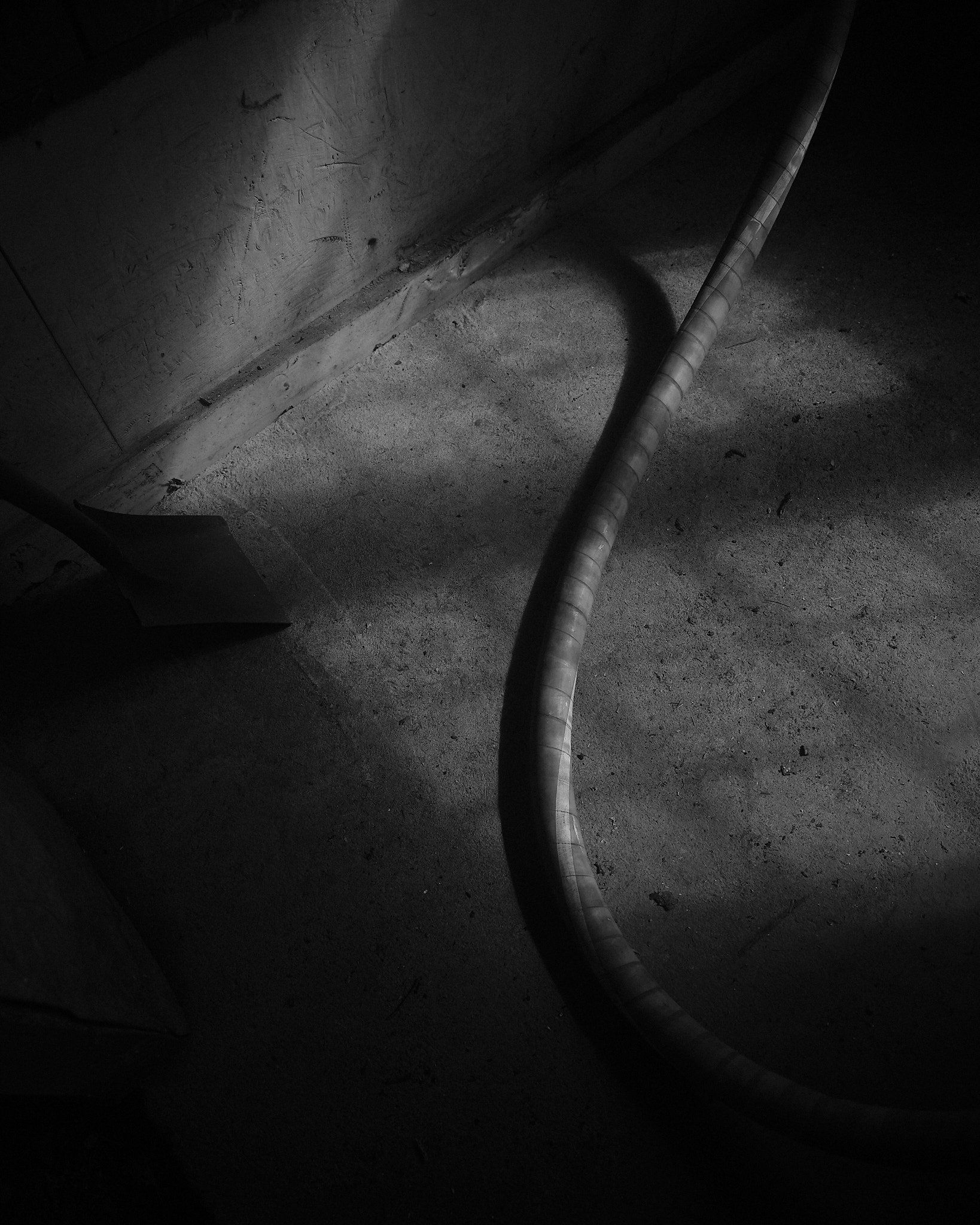
Snake Pit
The hose is transferring wort to and from the brew kettle.
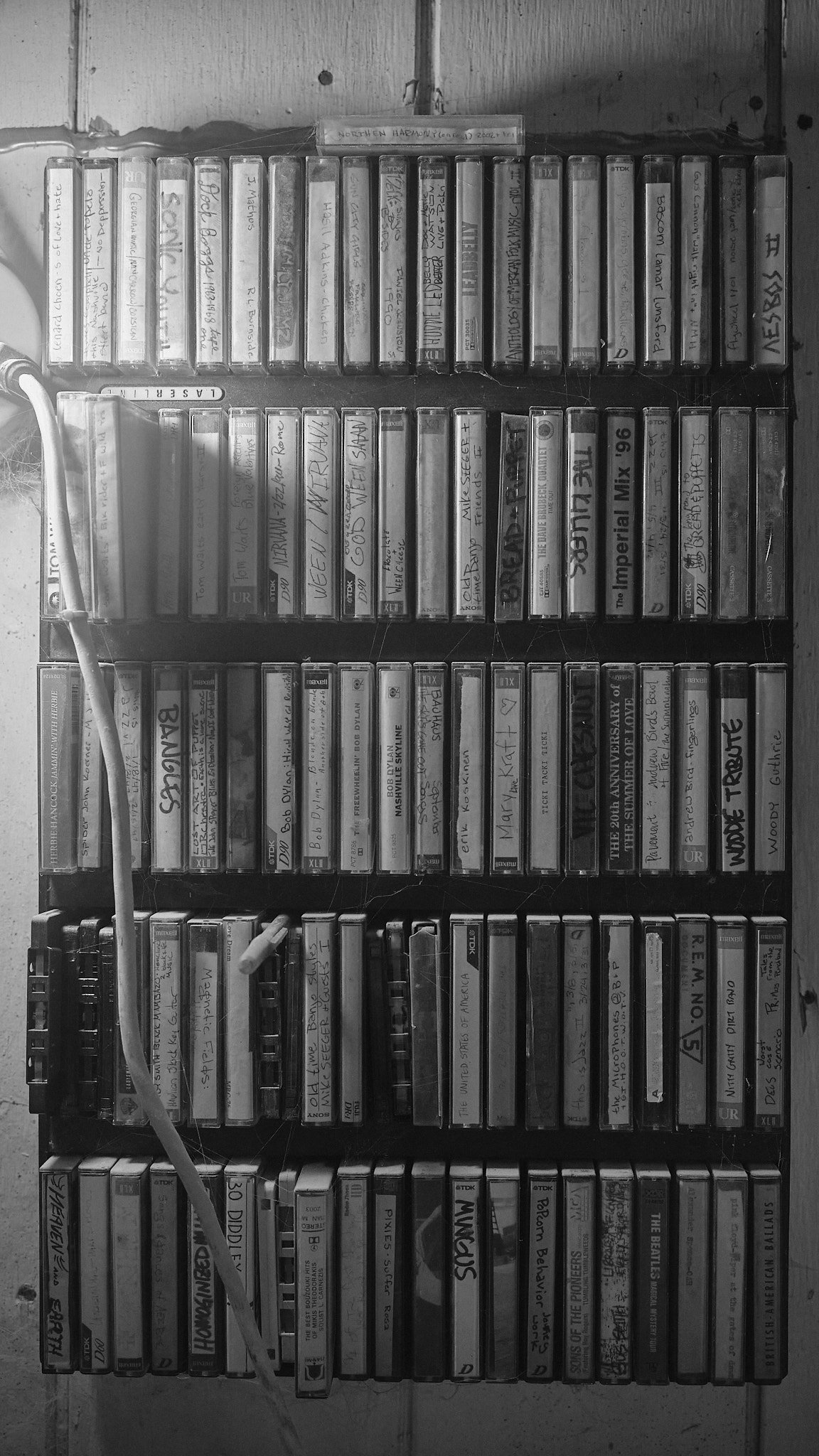
Keeping Things Simple
A small radio is all that can be found in the brewhouse. There is barely any cellphone service. It’s just VPR and Cassette tapes.
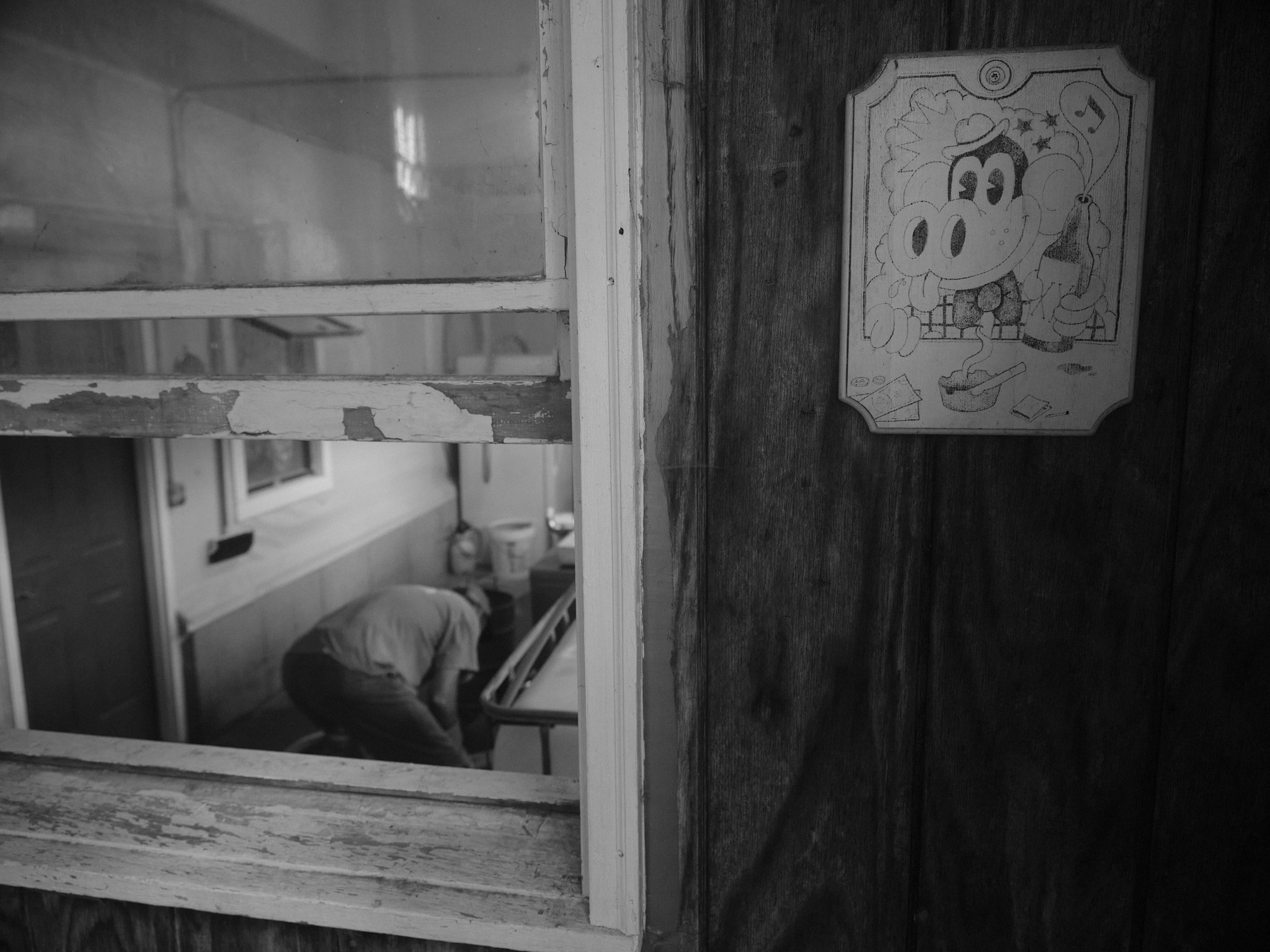
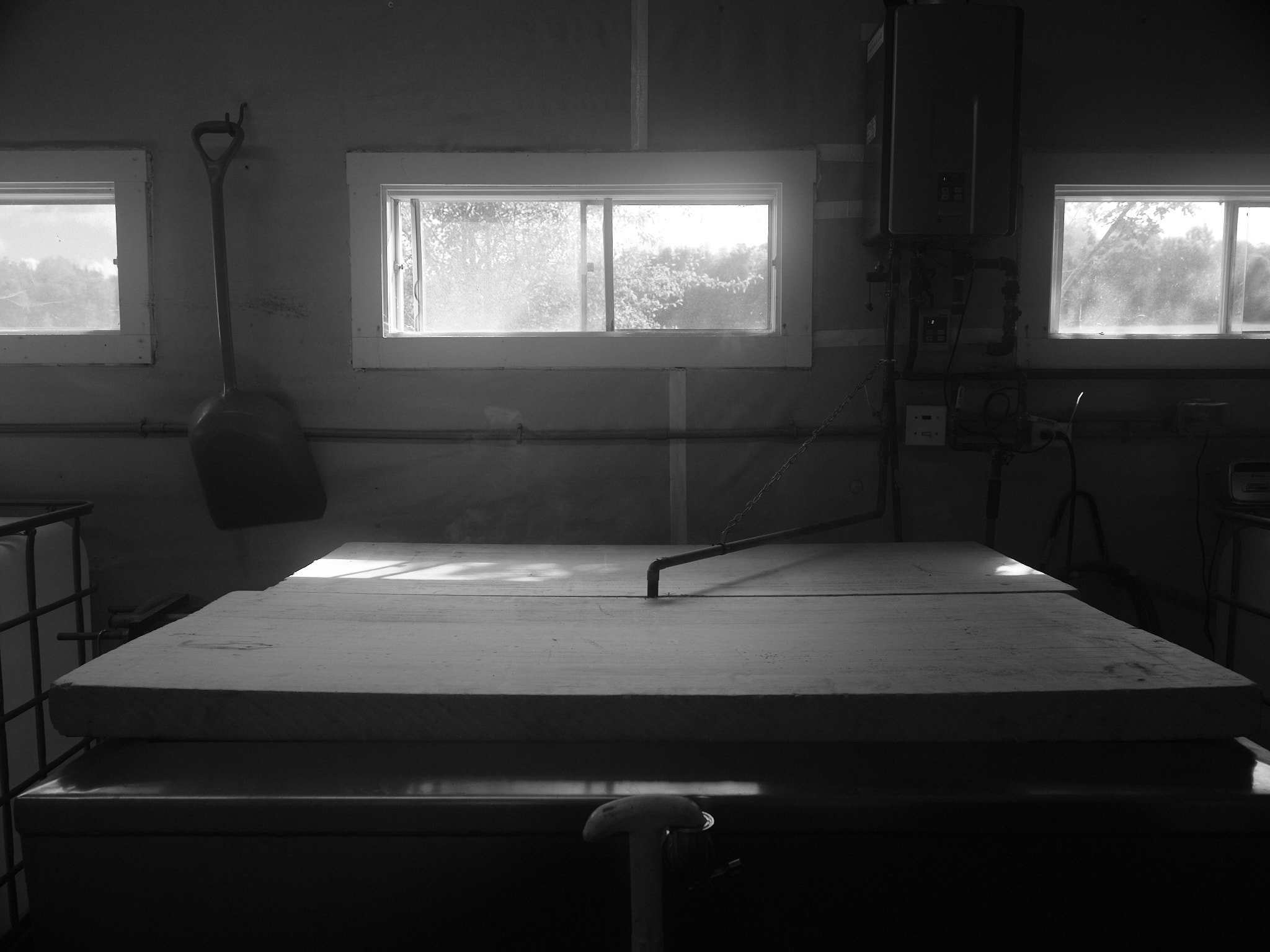
Mash Tun
The Mash tun doubles are a coolship.
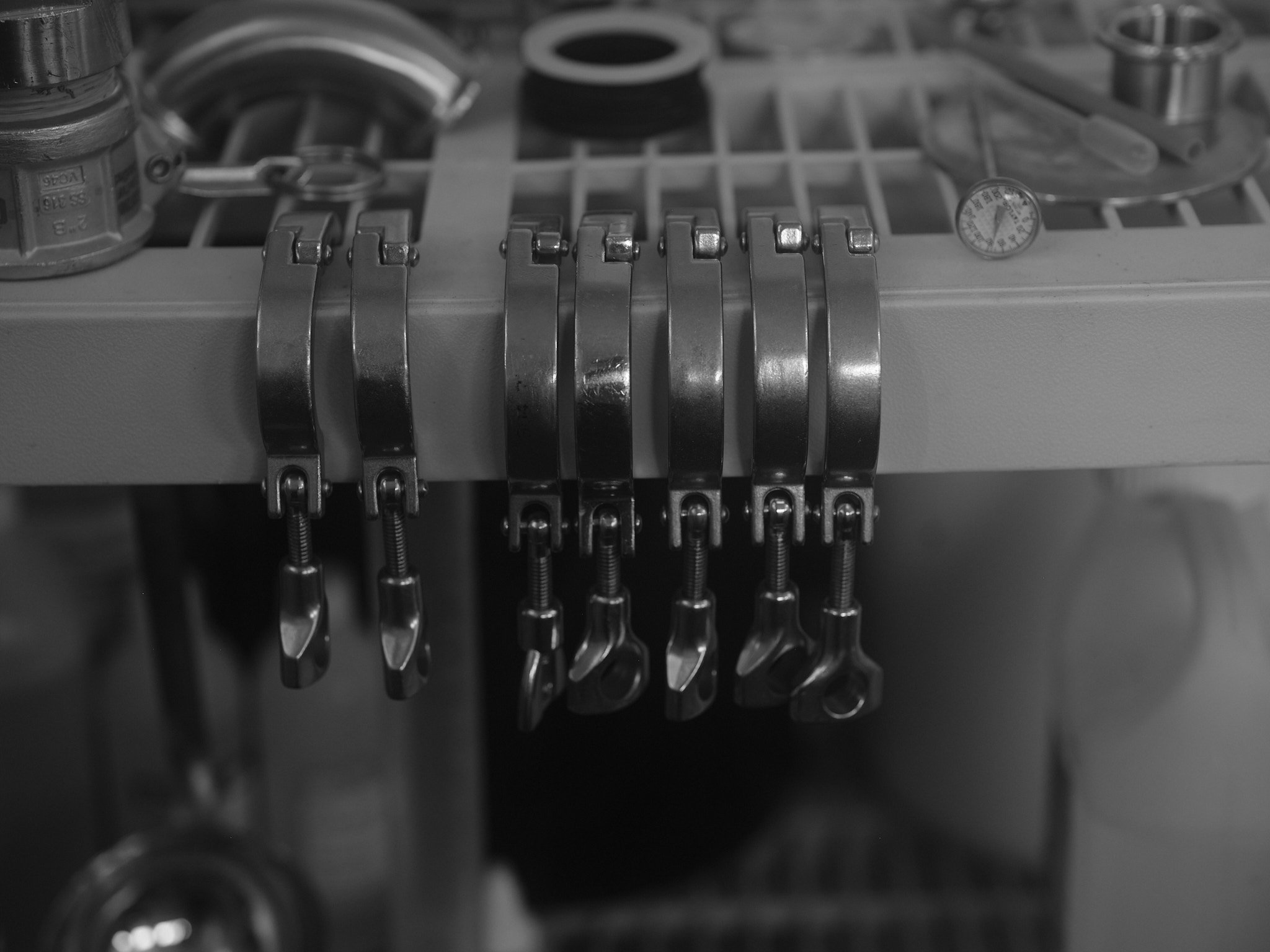
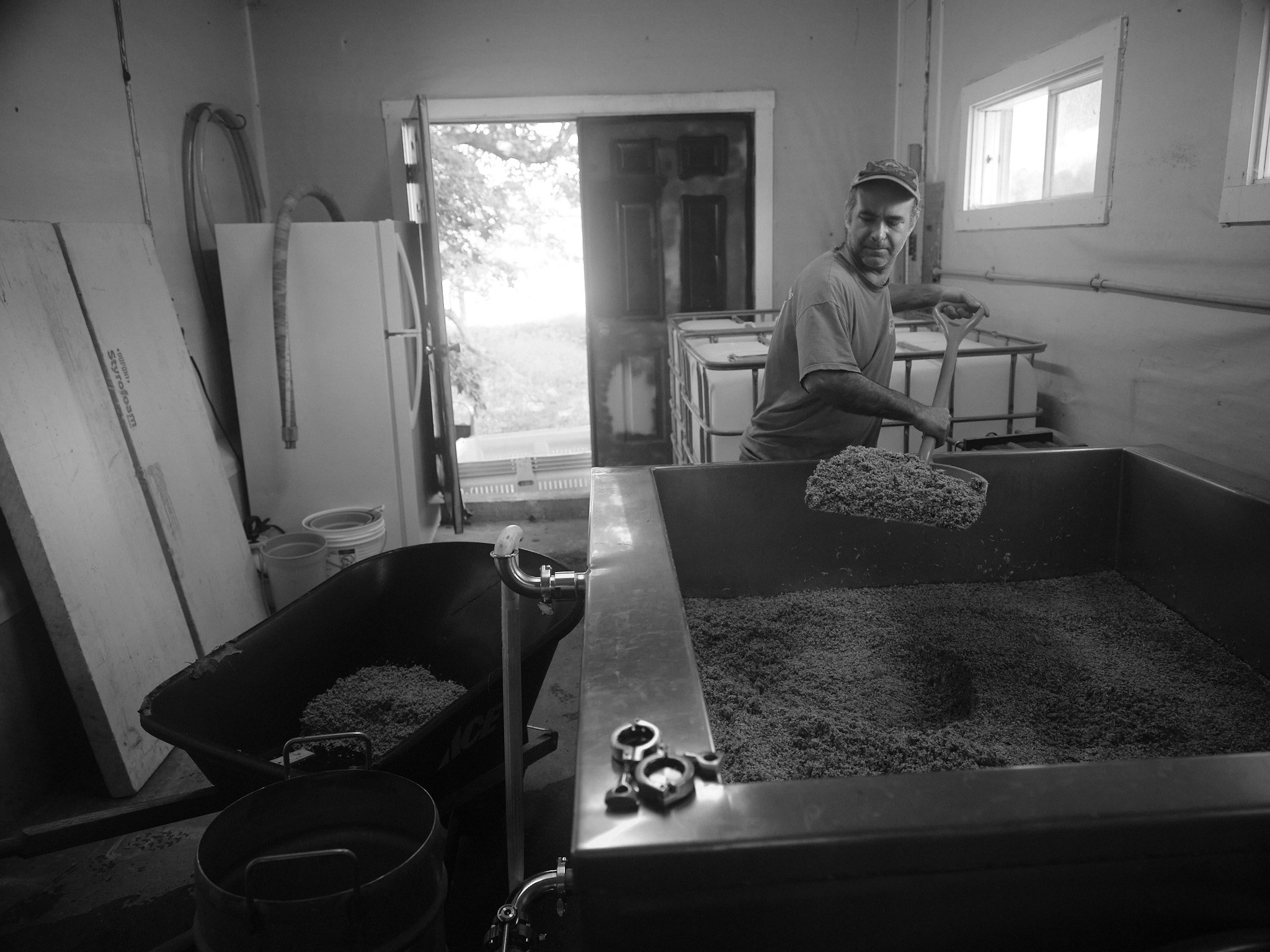
Mash Out
Removing the spent grain after mashing out.
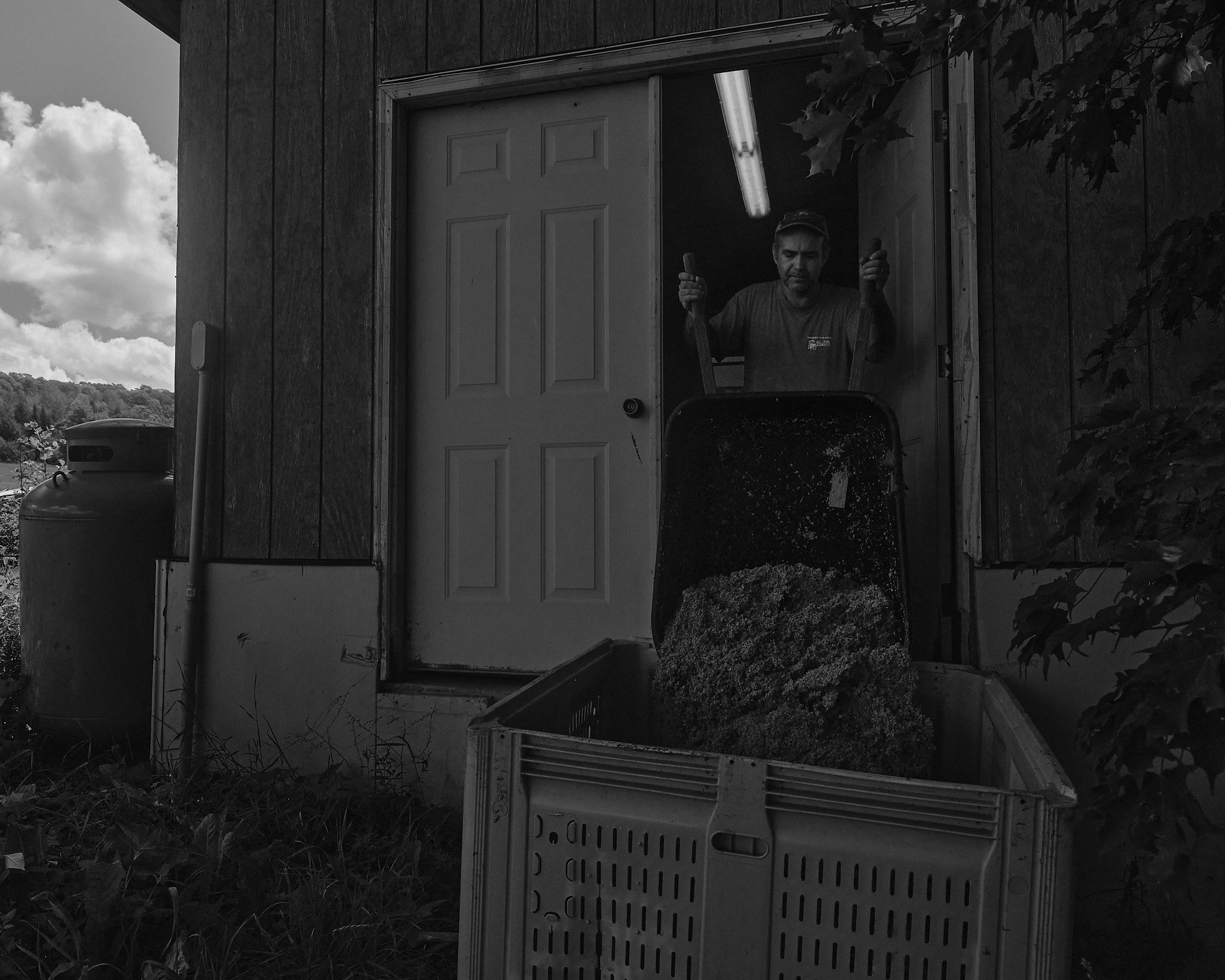
Spent Grain
The spent grain is then donated to the farmer across the street to use as feed.
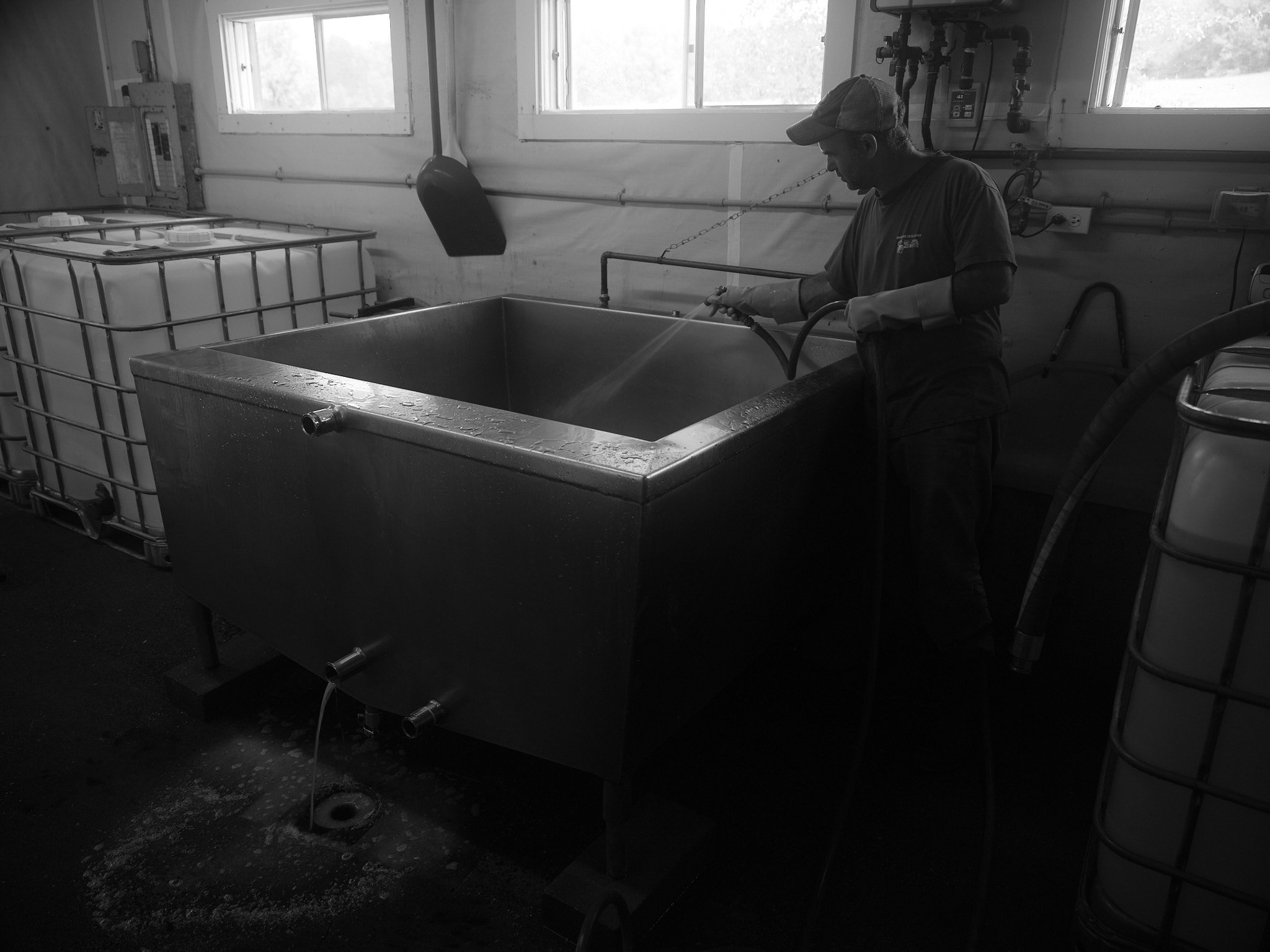
Transformation
Next, we must clean the mash tun spotless and sanitize it in order to get it ready for its transformation into a coolship.
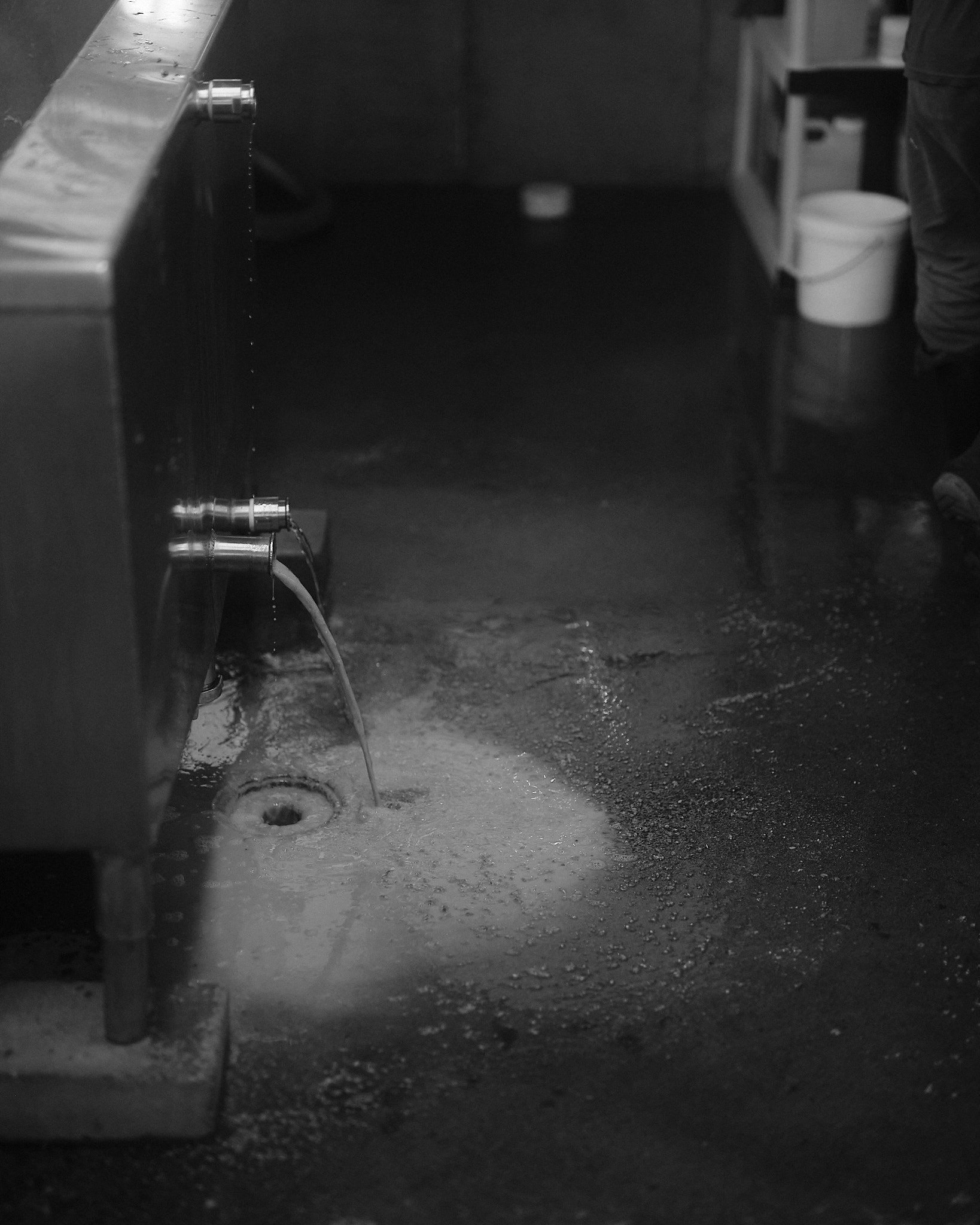
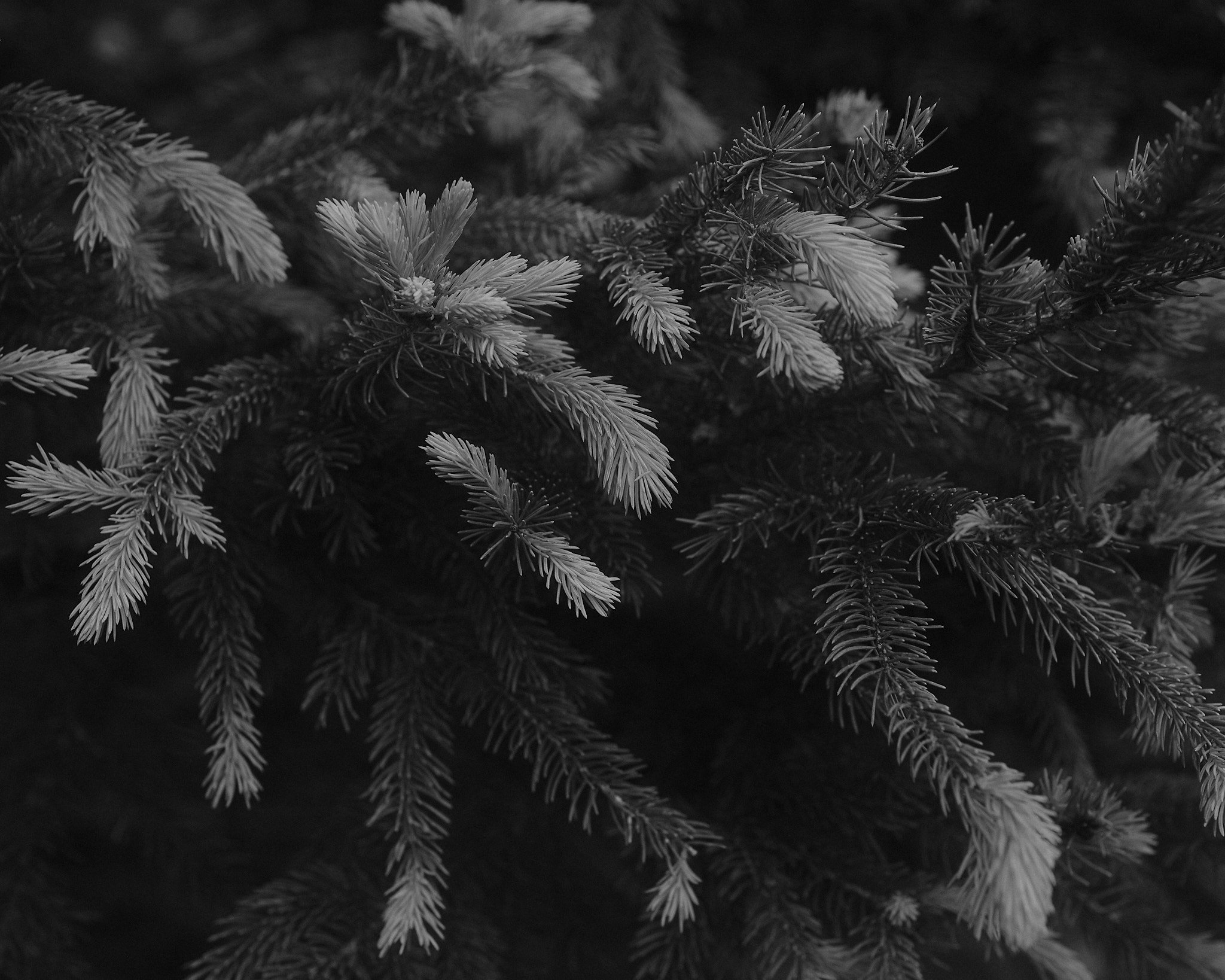
Chapter Two
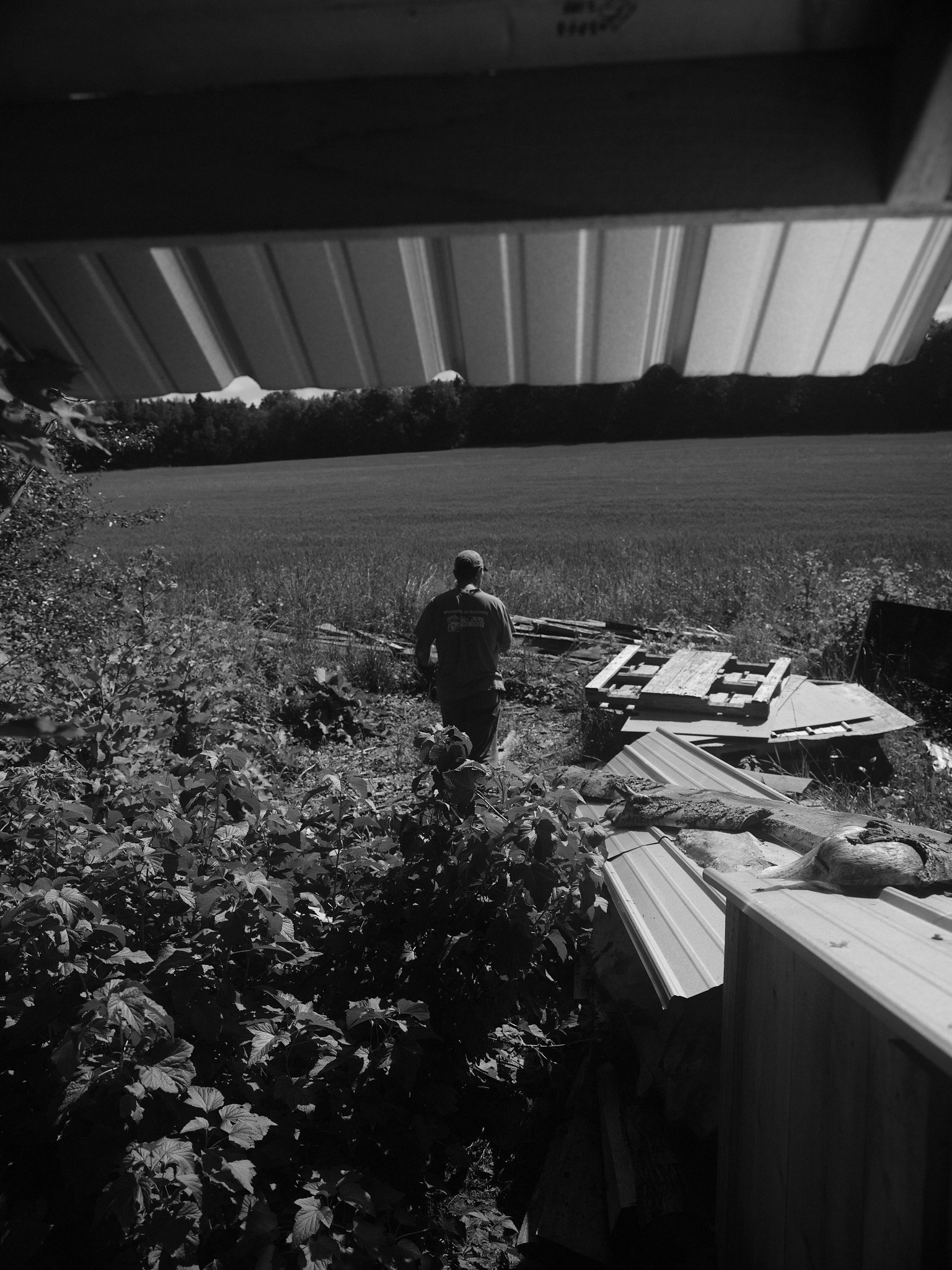
Foraging & Fire Wood
Behind the brewhouse, we foraged black currants and gathered recycled wood for the brew kettle.
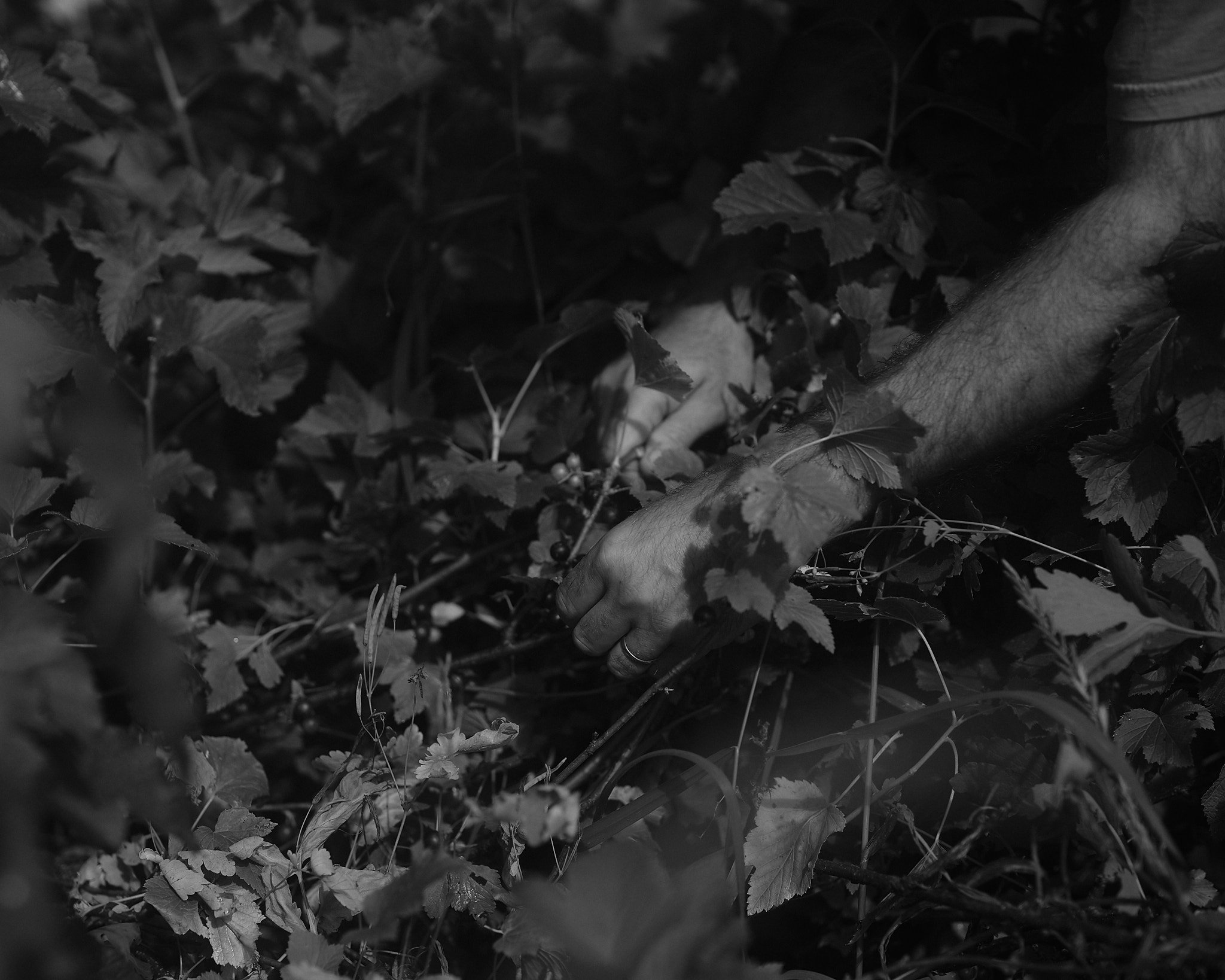
Foraging Black Currants
Massive black currant bushes grow right outside the back door of the brewhouse.
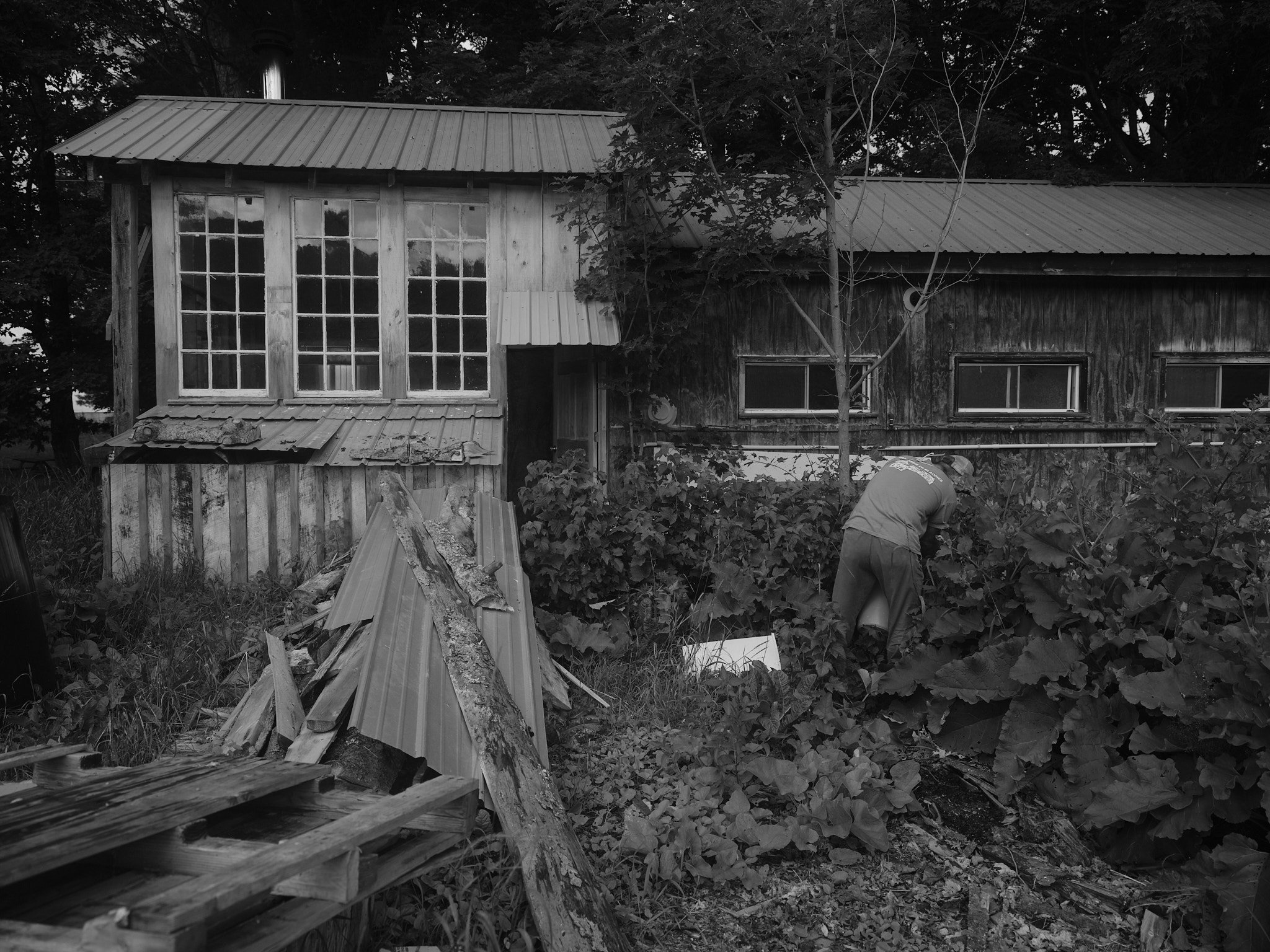
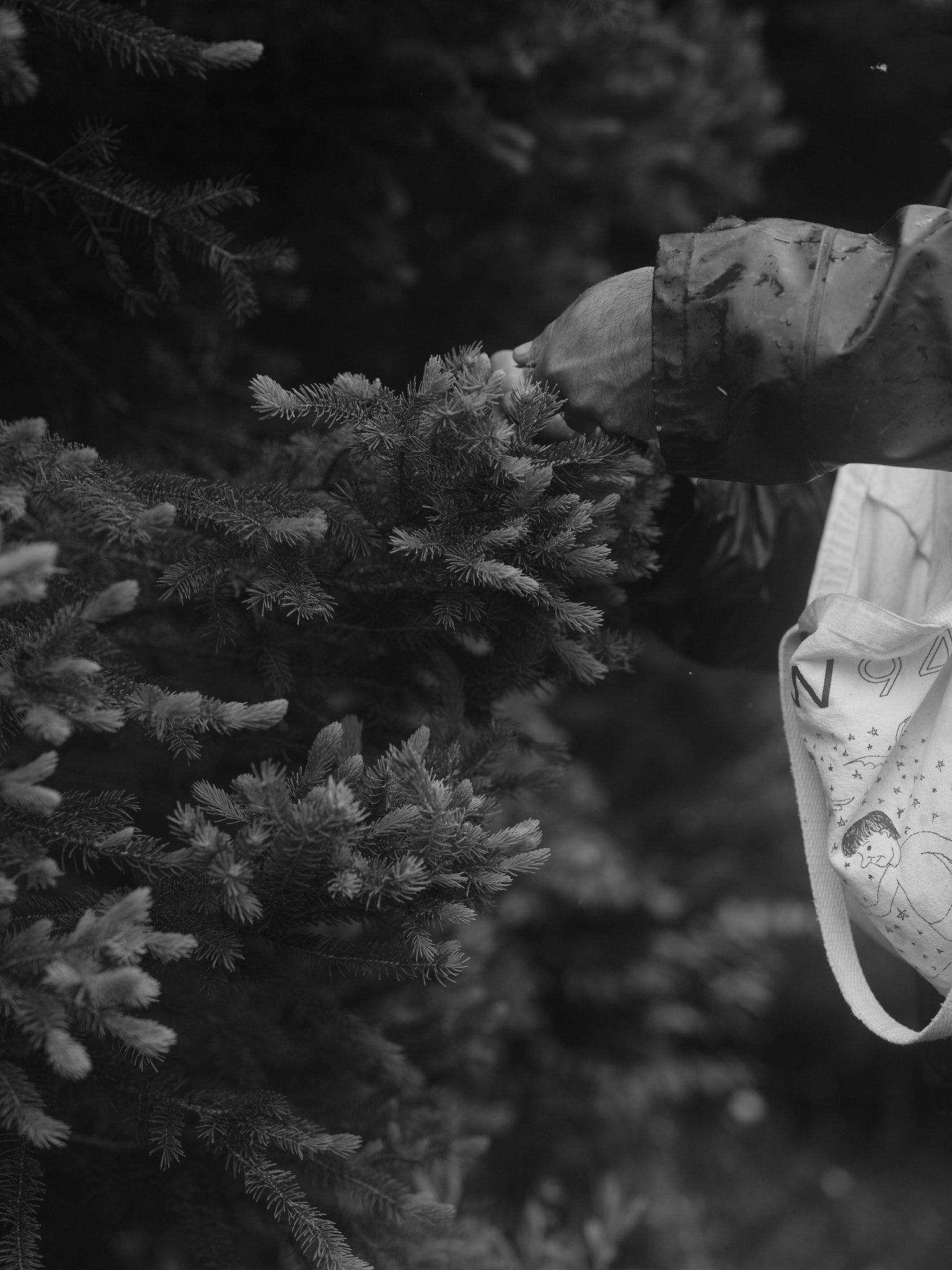
Spruce Tips
In meeting Vasilios for the first time, we met up at a location he gave to forage for spruce tips.
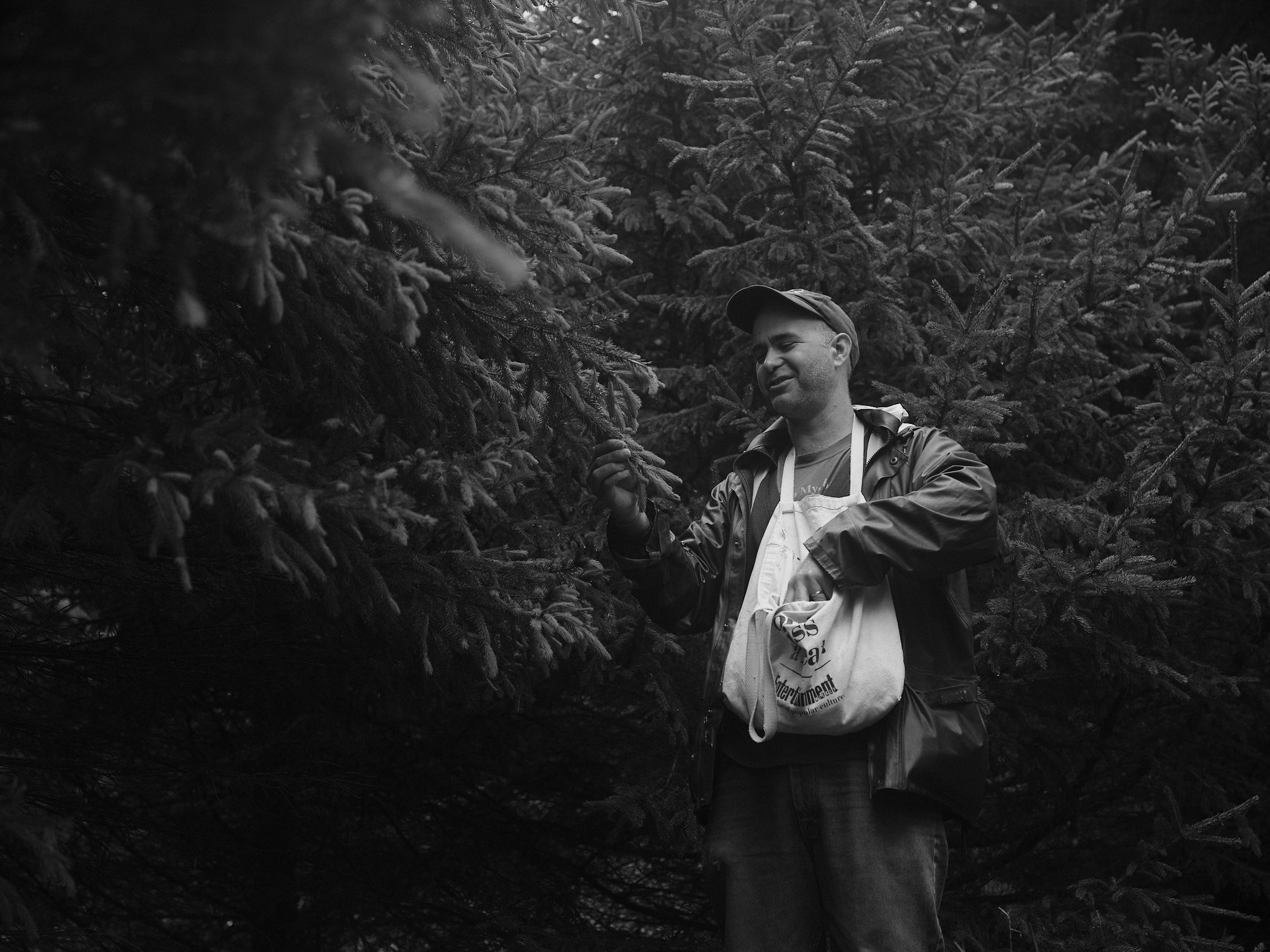
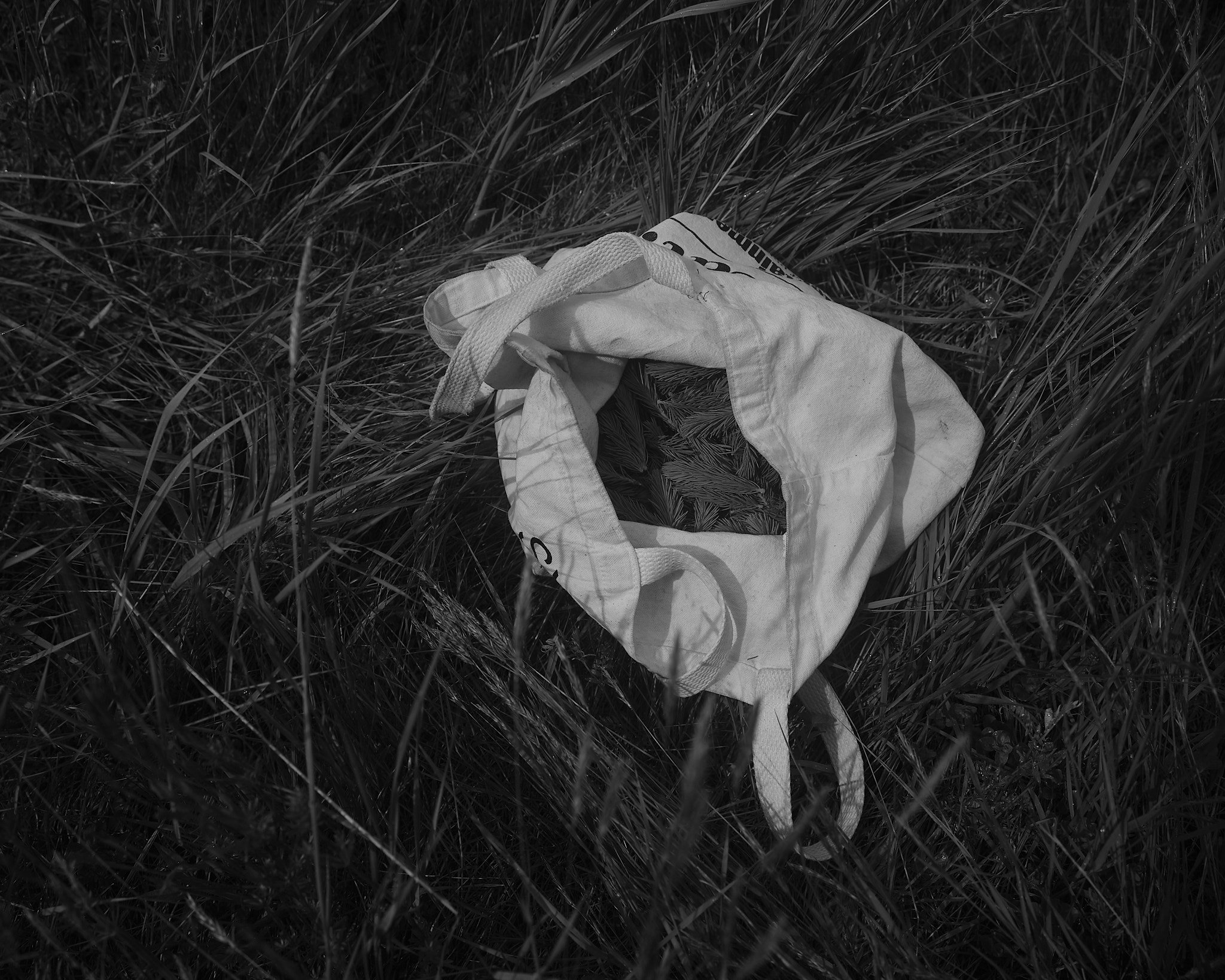
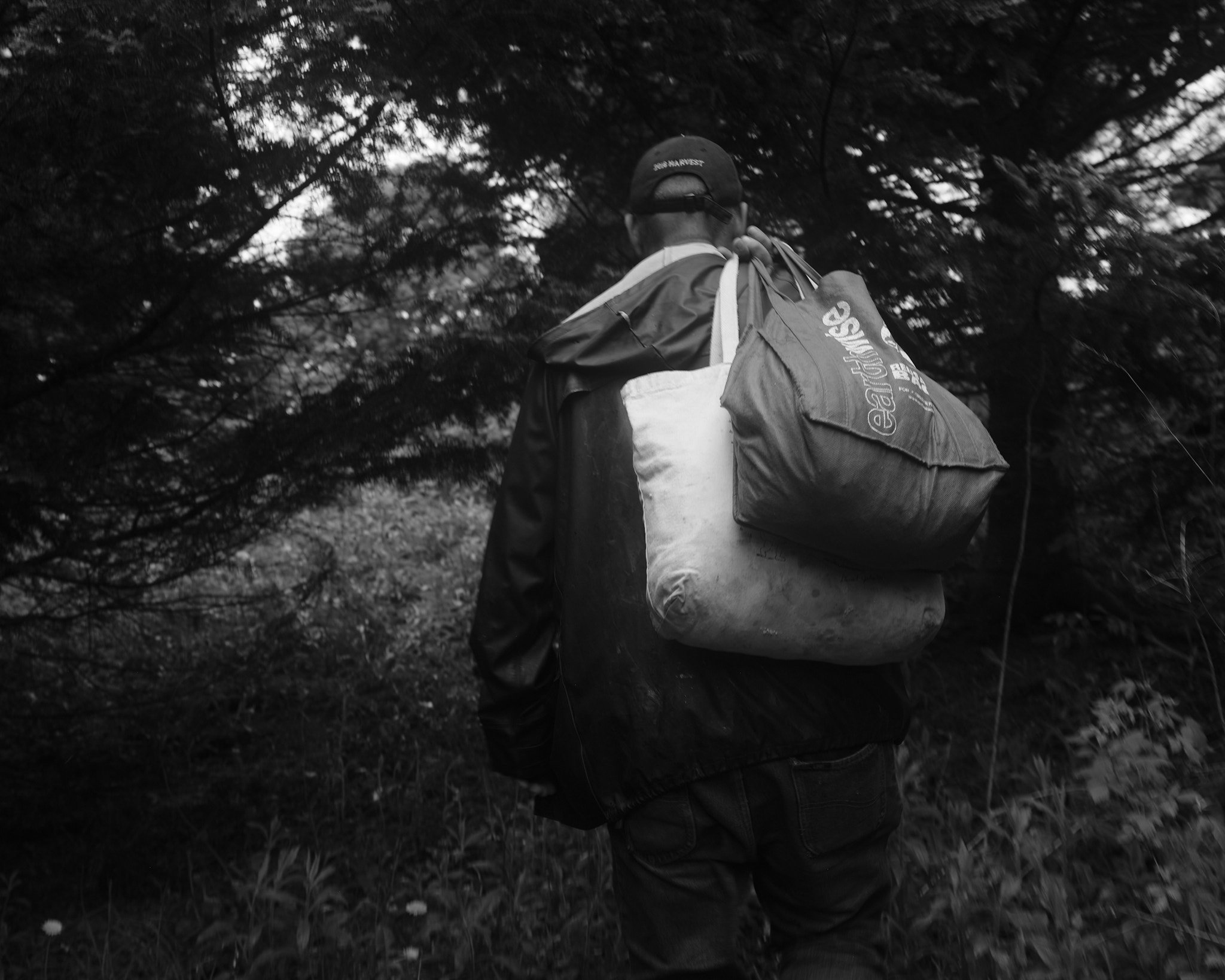
Lessons On Brewing & Lentil Soup
After spending a rainy afternoon collecting bags of spruce tips, Vasilios took me back to his house for some homemade lentil soup.
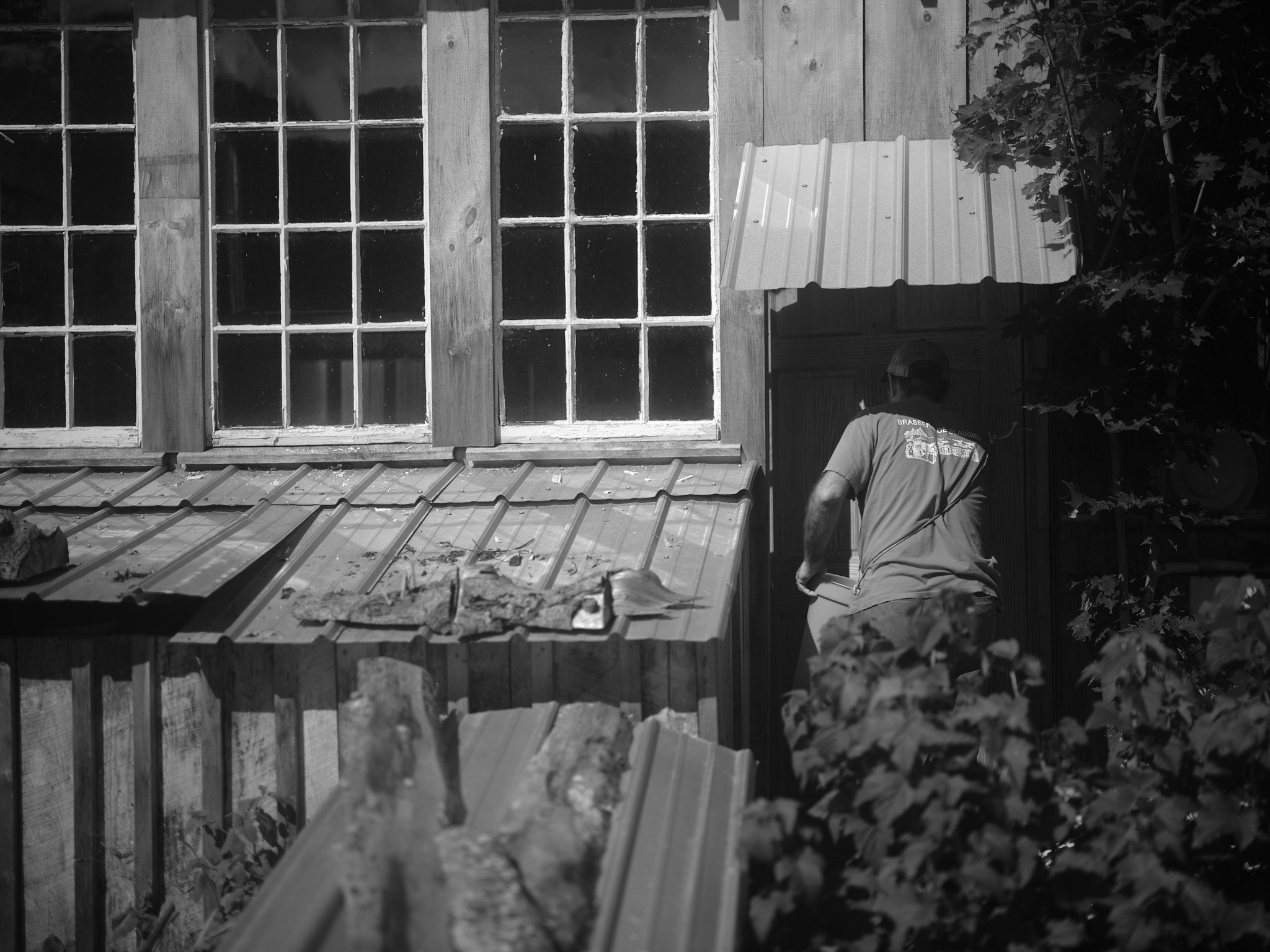
Back To The Brewhouse
After foraging, it was back to the brewhouse.
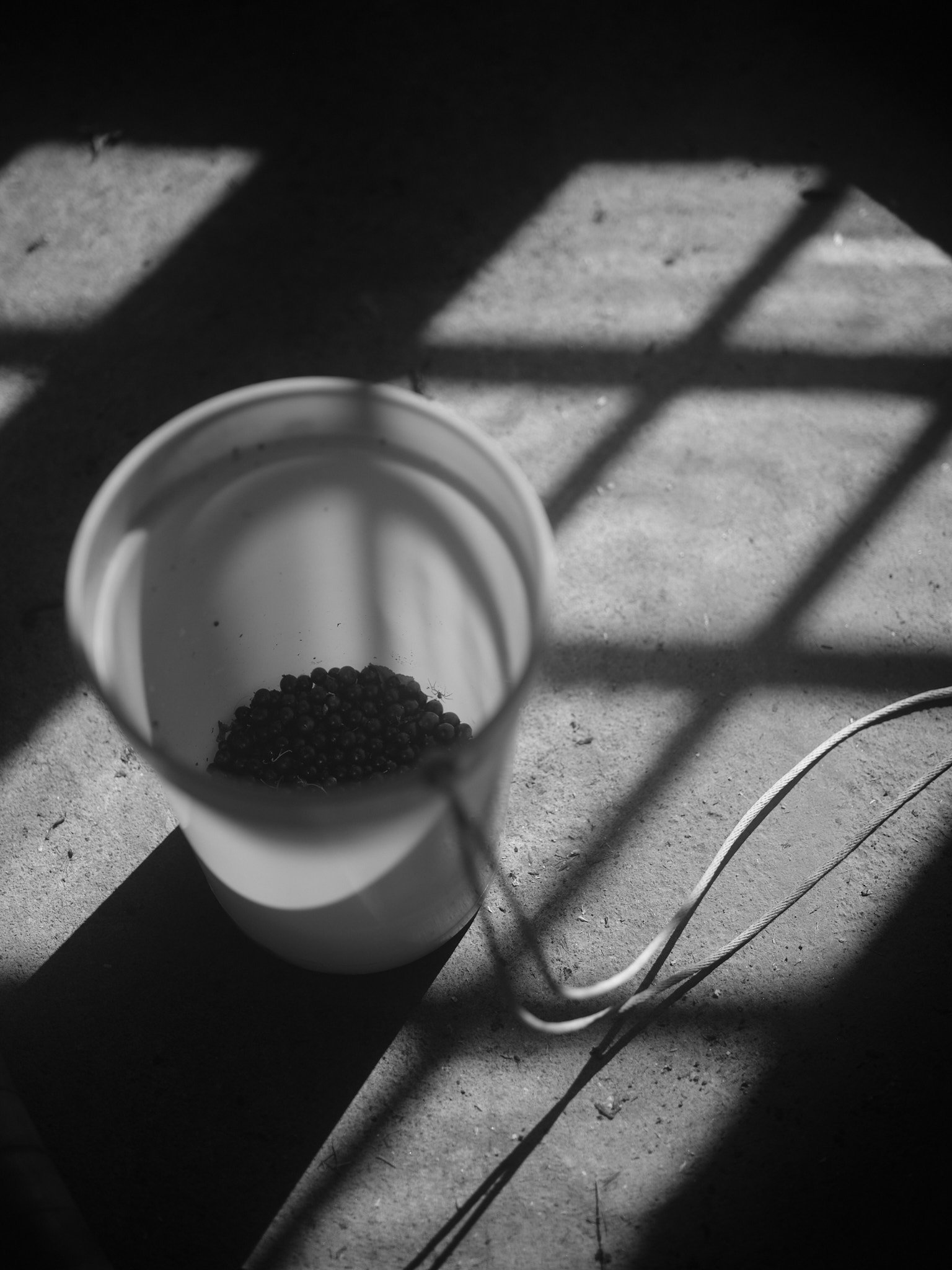
Currants & Shadows
A bucket of harvested black currants sits in the window light of the brewhouse.
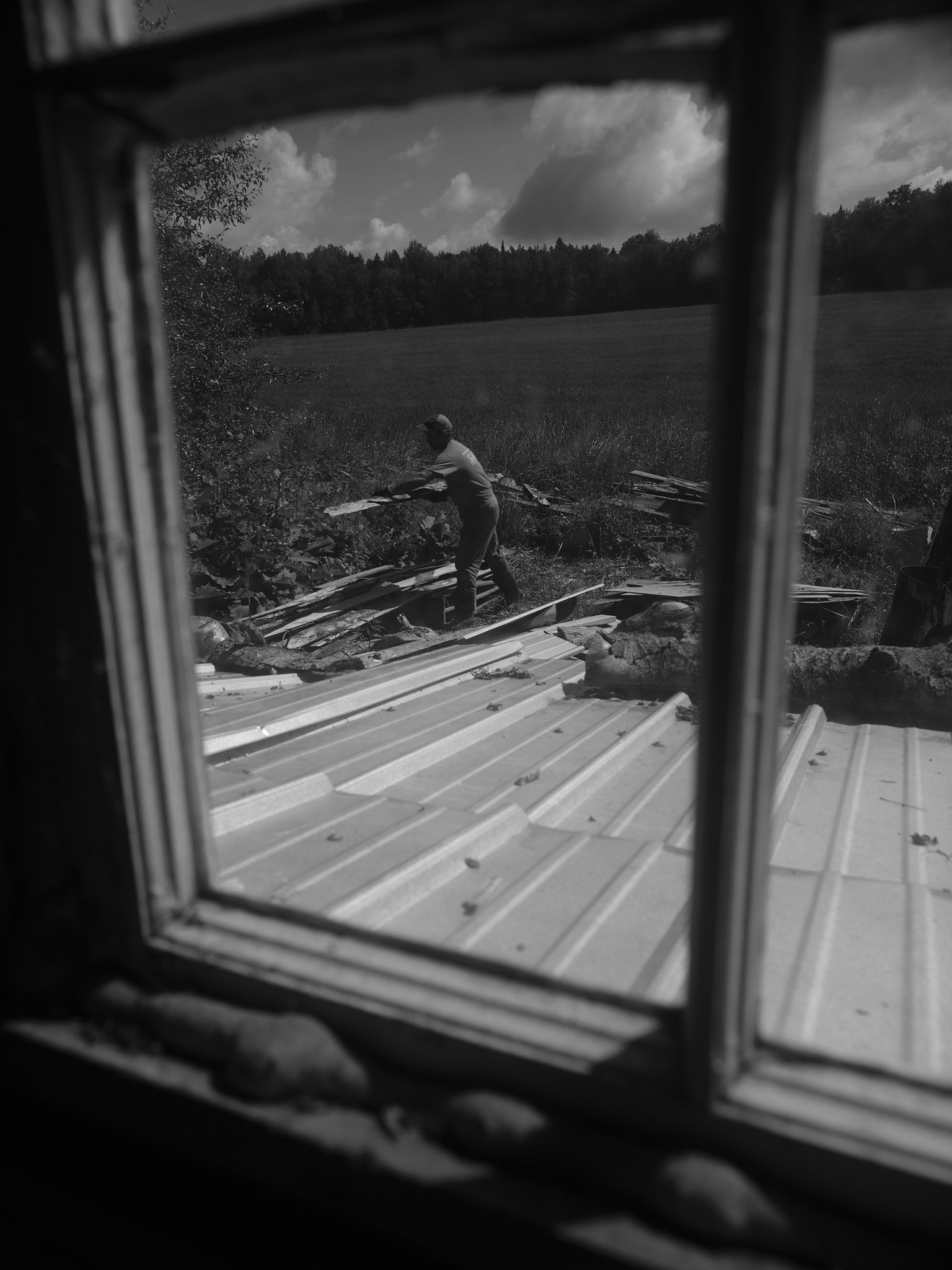
Stacking Wood
Gathering and stacking wood is an endless task.
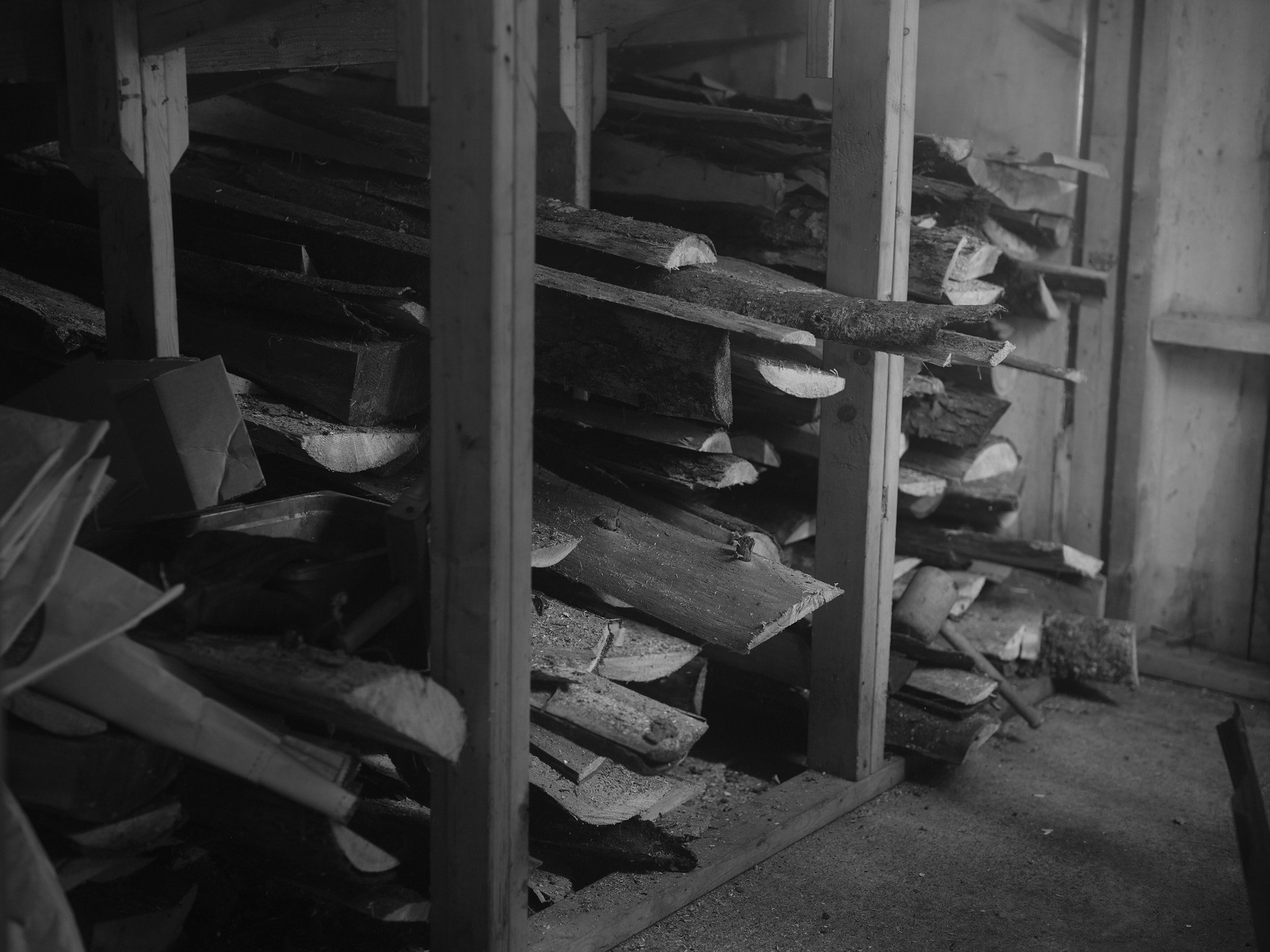
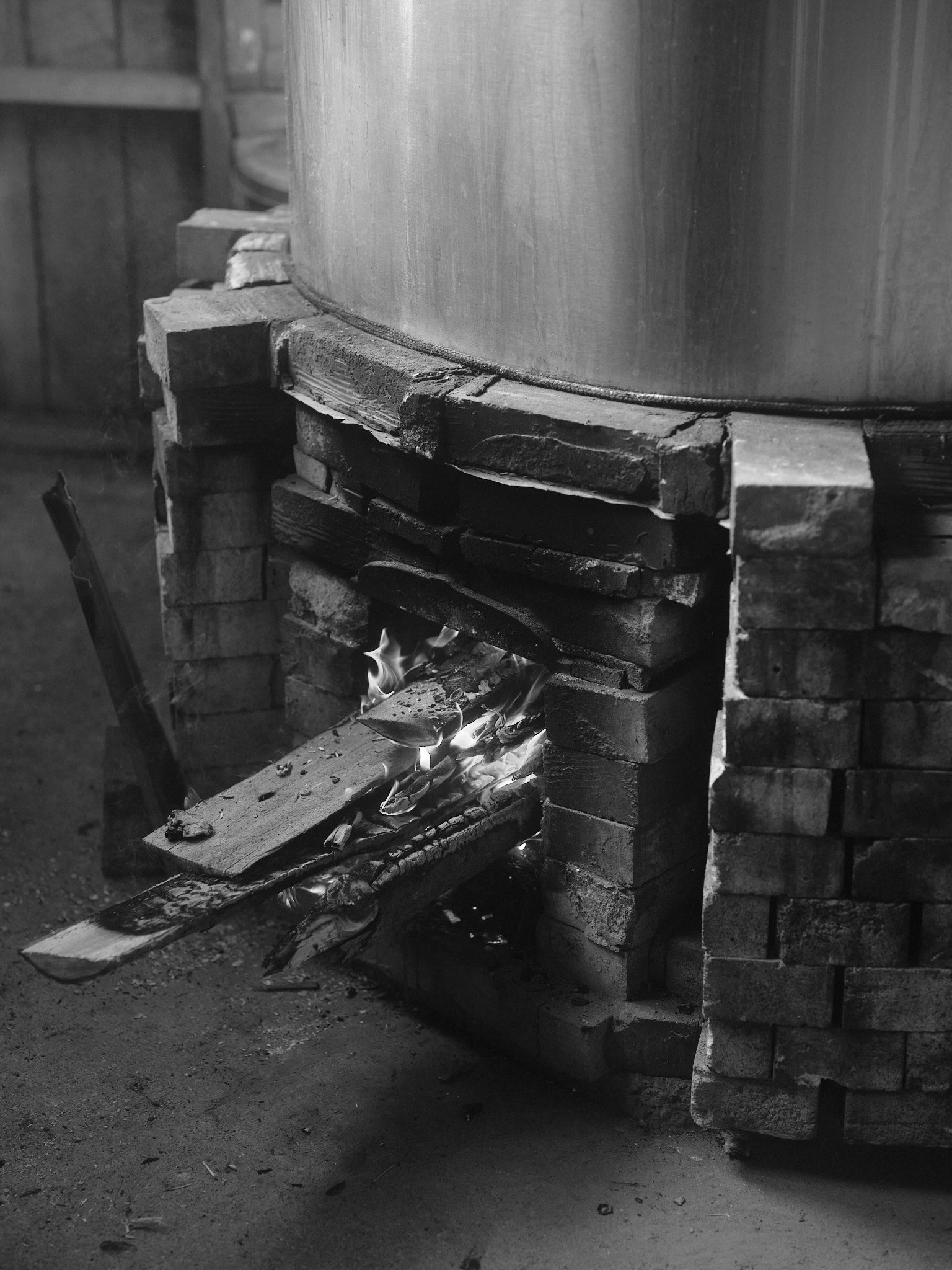
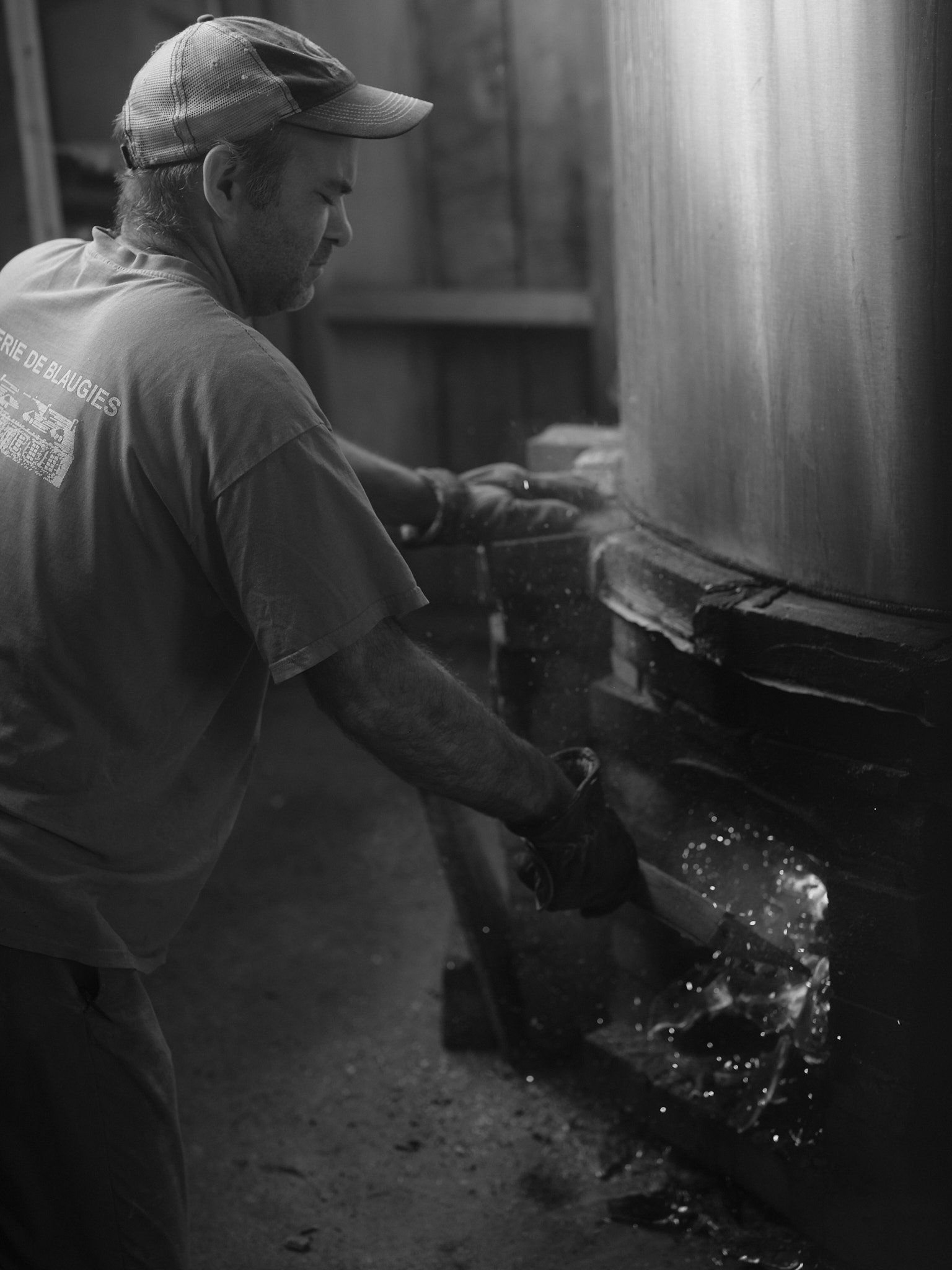
Stoking The Fire
Vasilios tends to the fire to maintain a consistent brew.
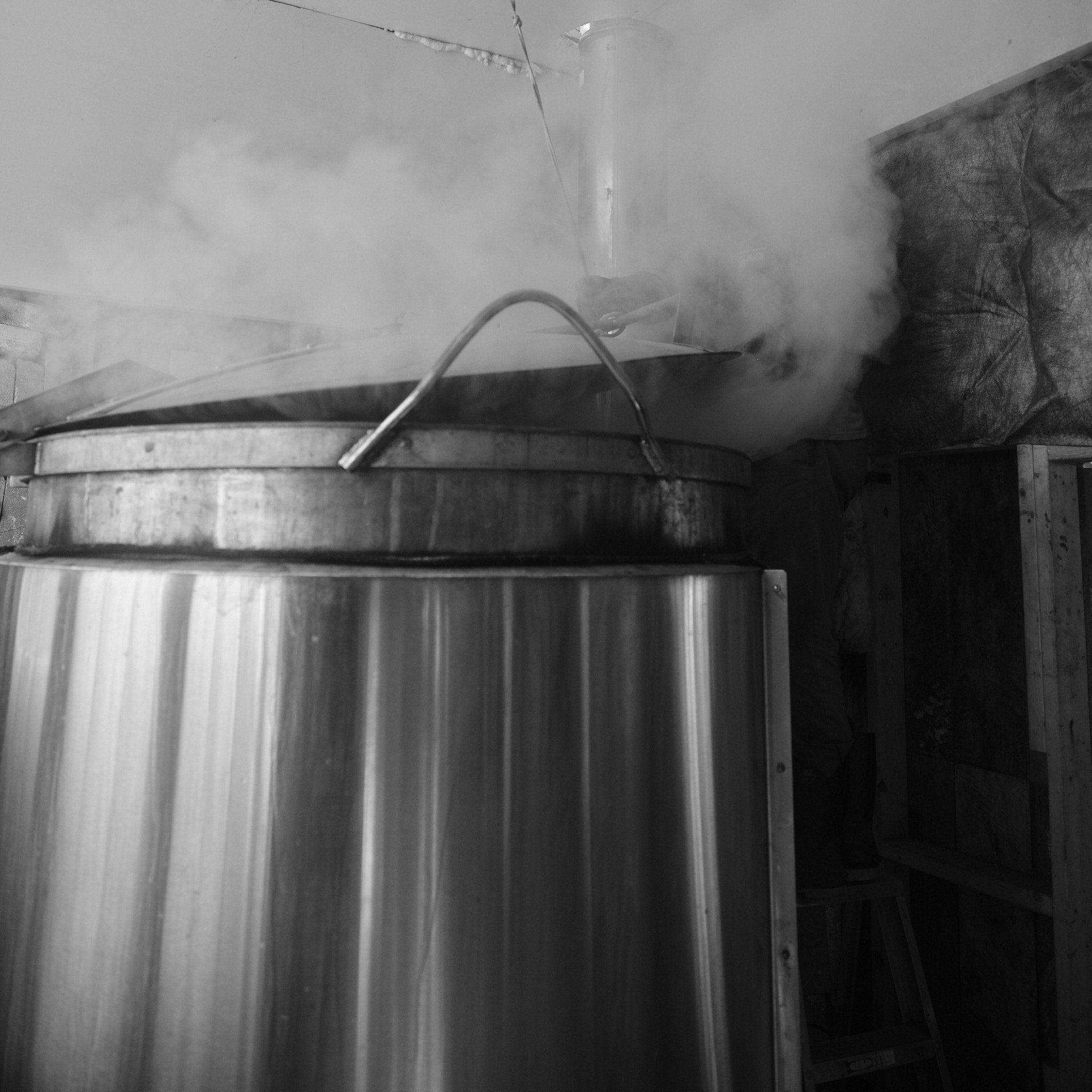
Steam
Steam billows out of the brew kettle.
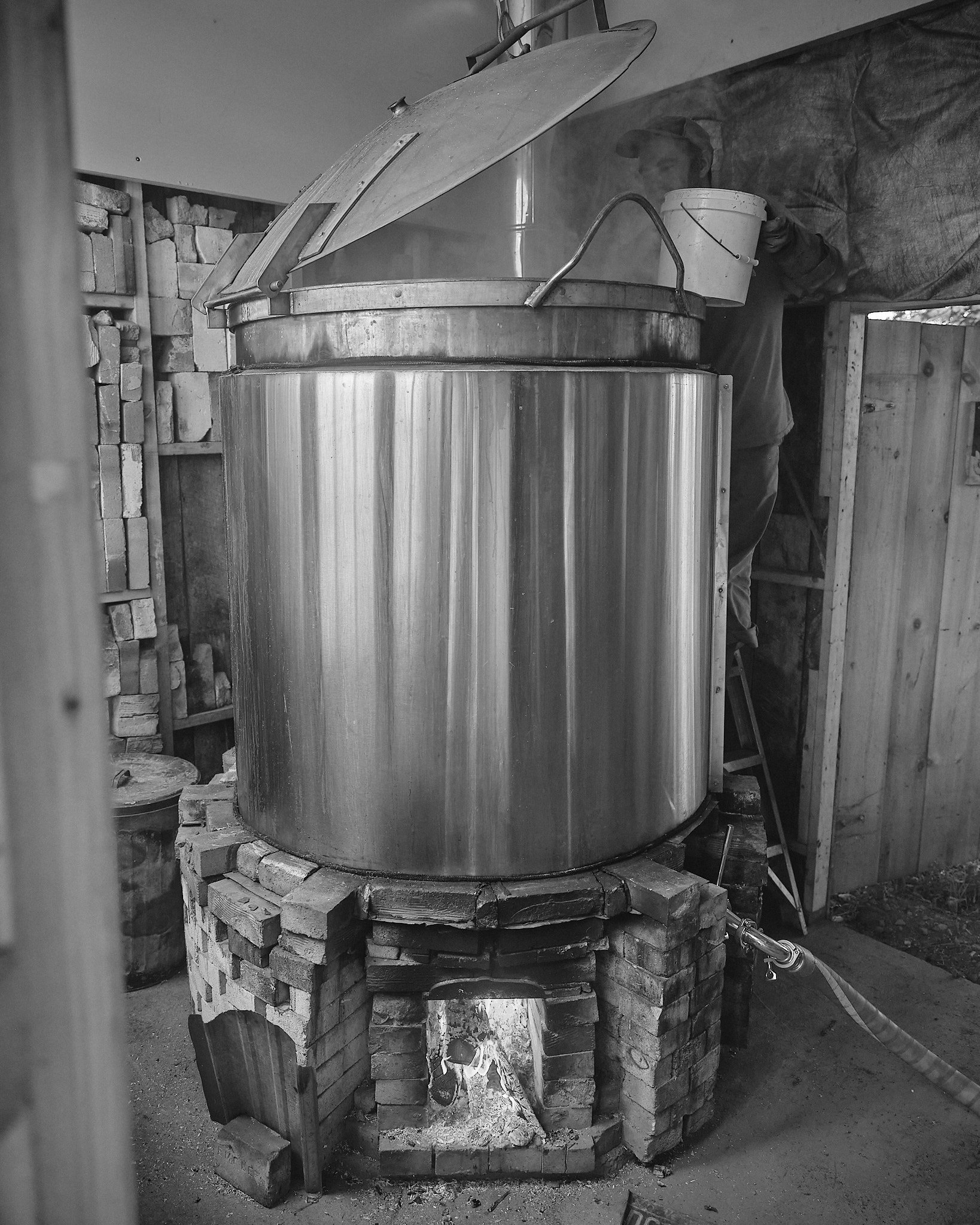
Hop Addition
Vasilios adds hops to the boil.
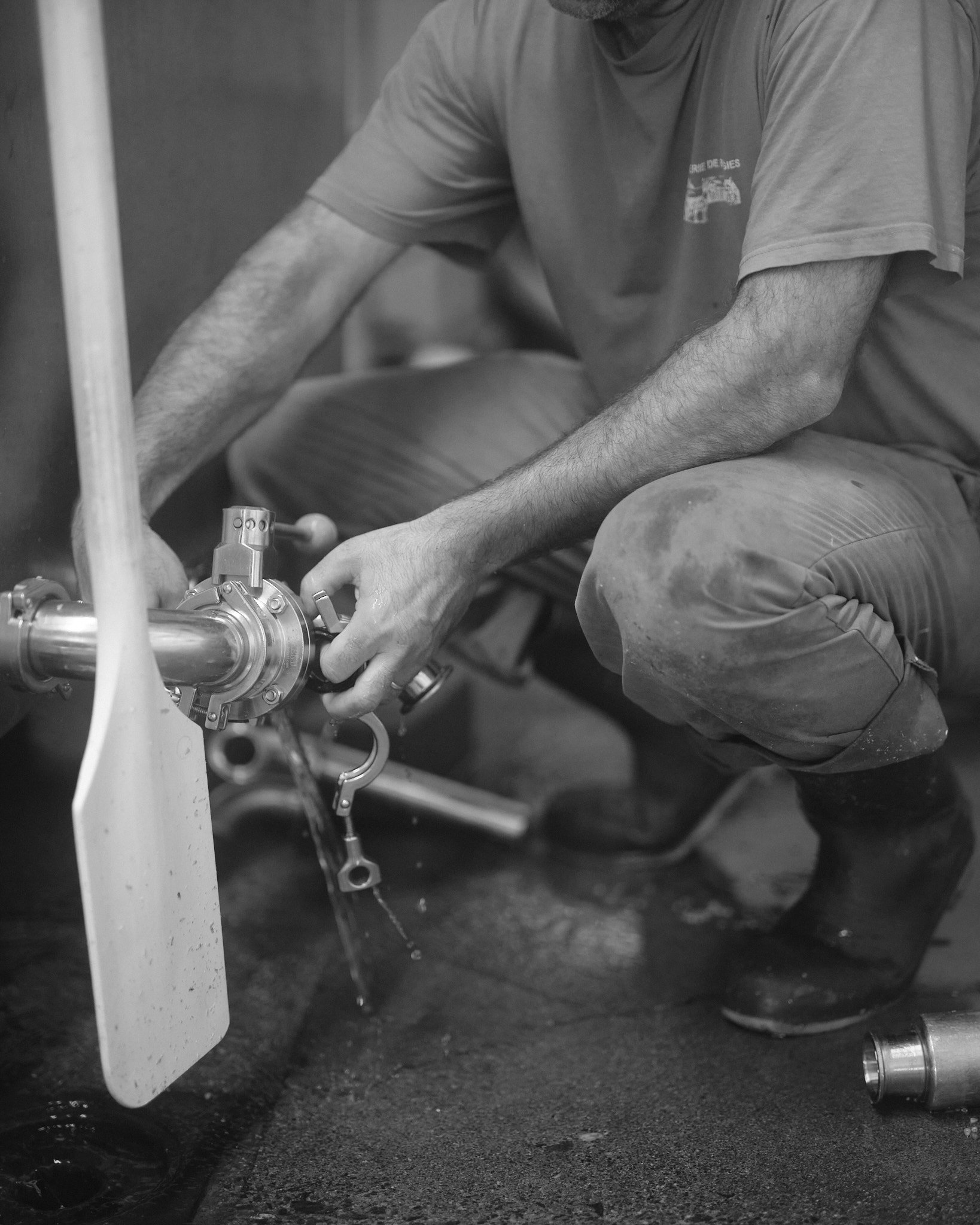
Setting Up The Coolship
Clamping hoses to the coolship and getting things prepped for wort transfer.
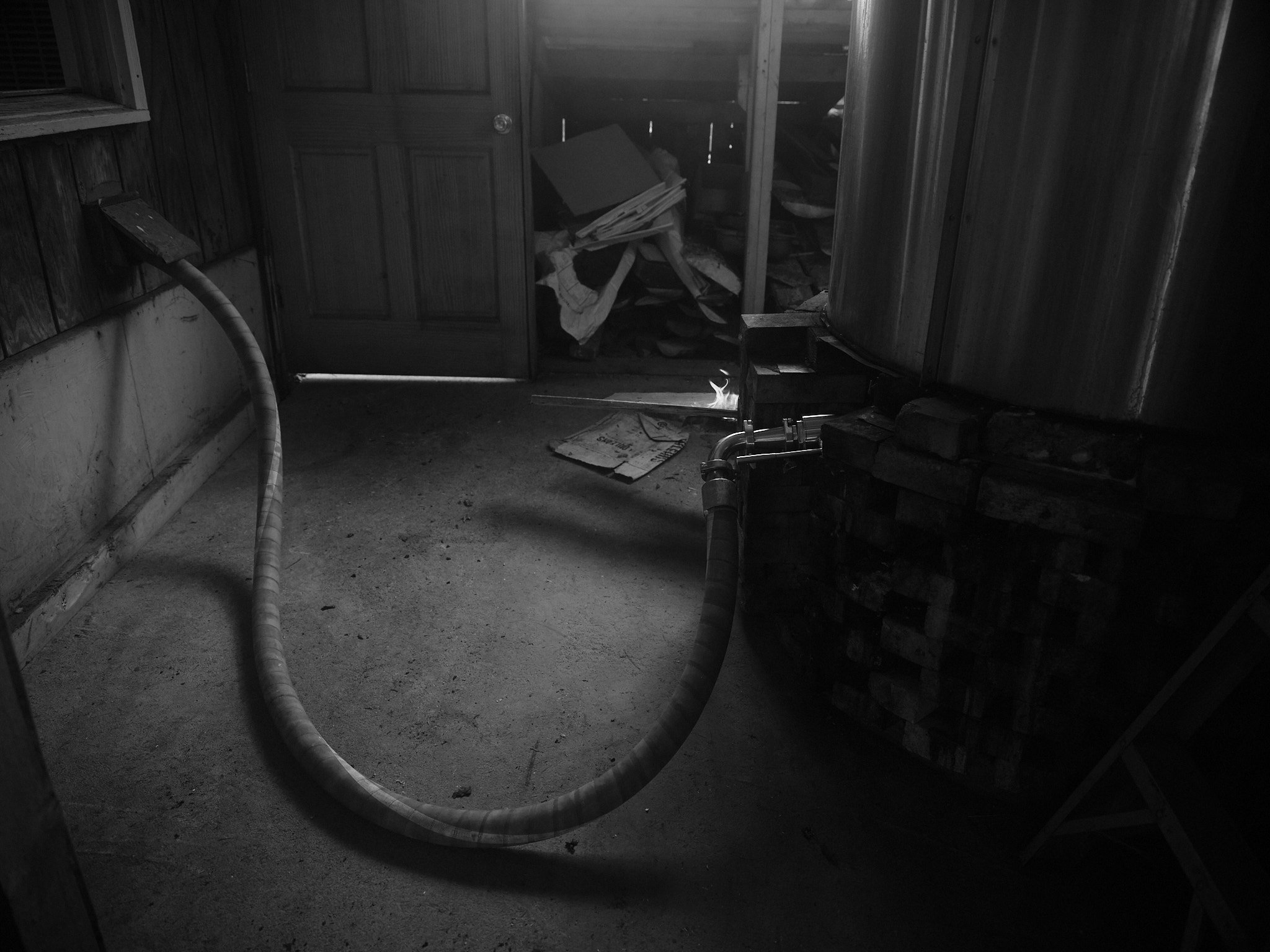
Transfer Begins
Moving the wort back from the brew kettle into the coolship.
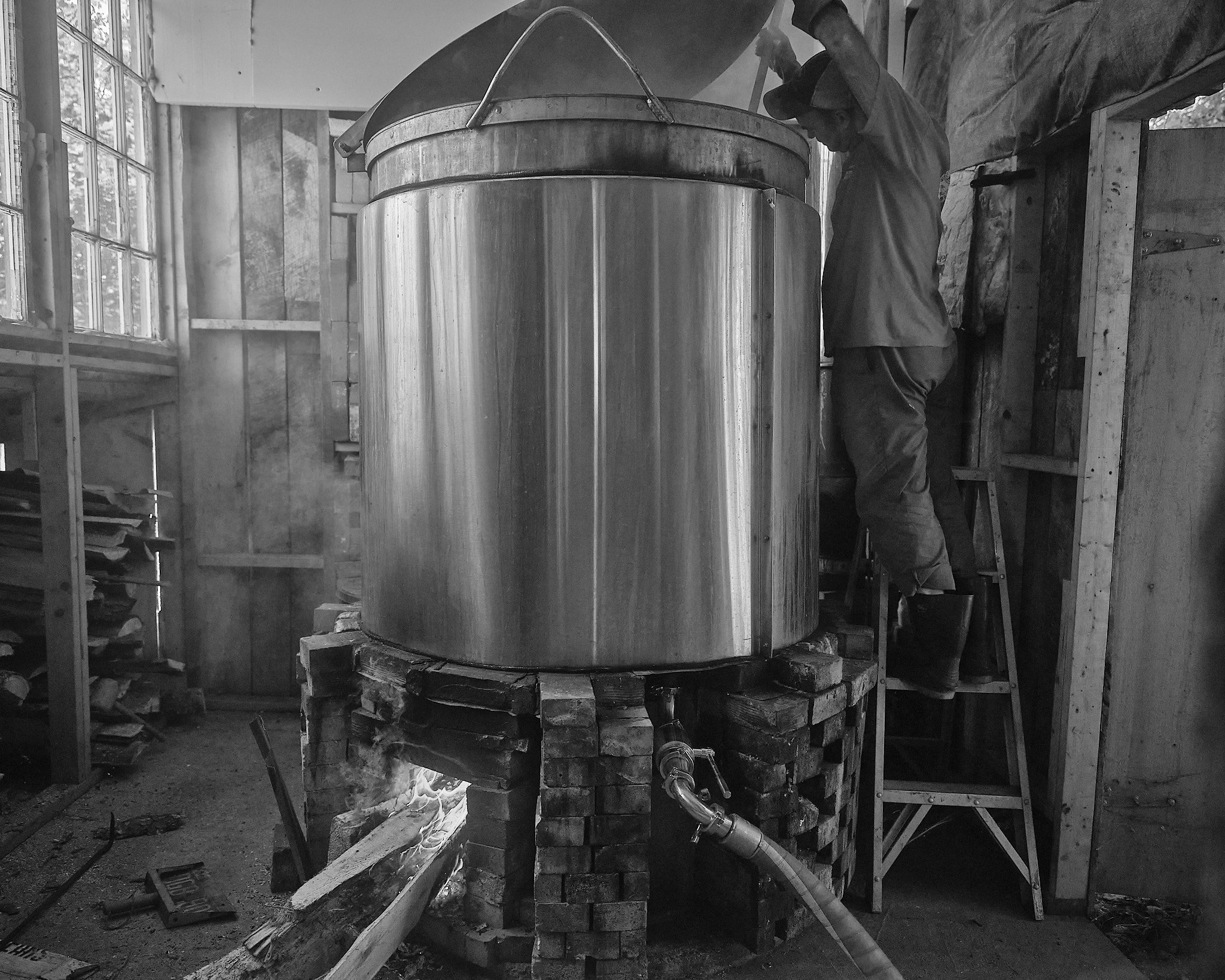
Checking Levels
Vasilios uses a yardstick to see how fast the transfer is moving.
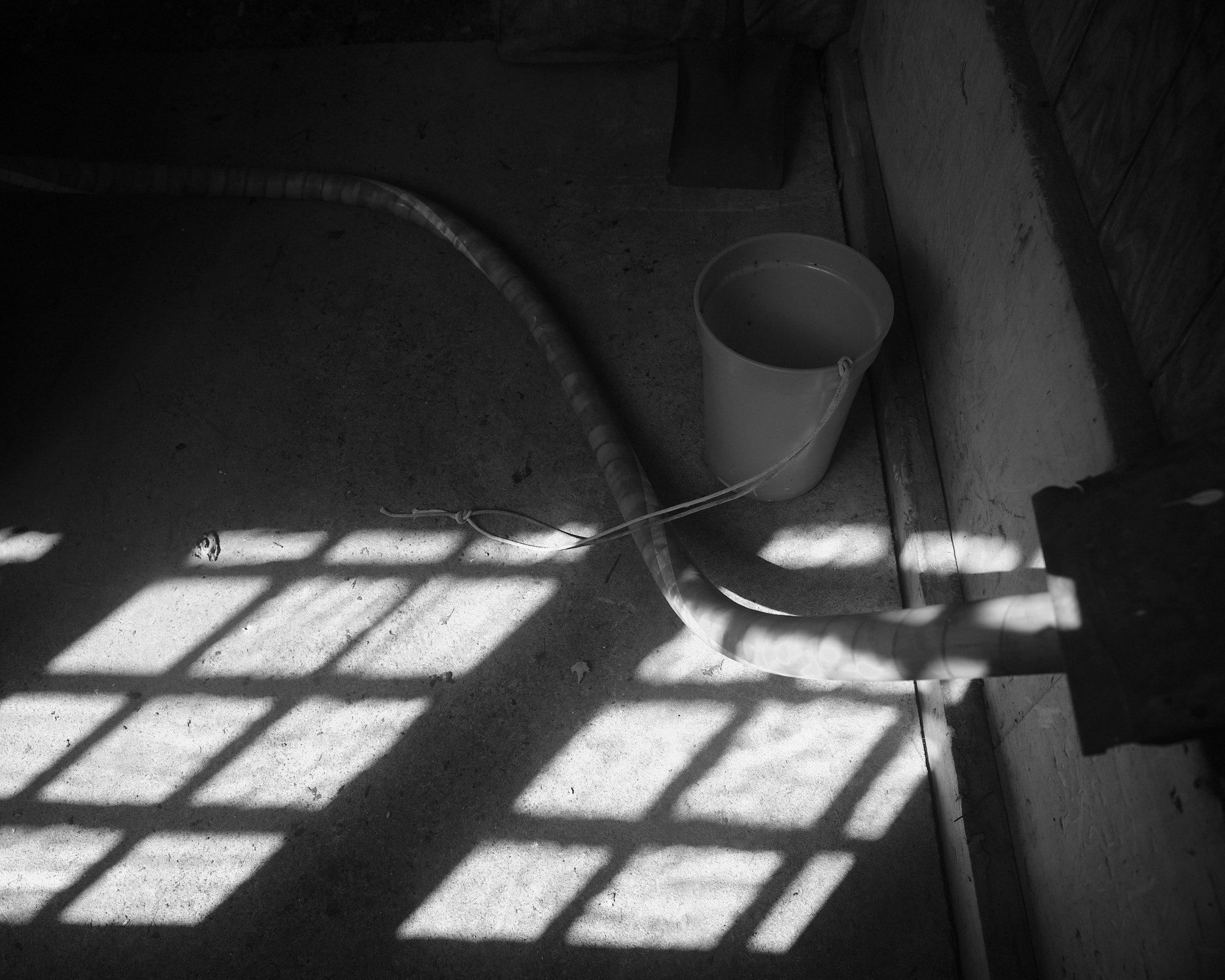
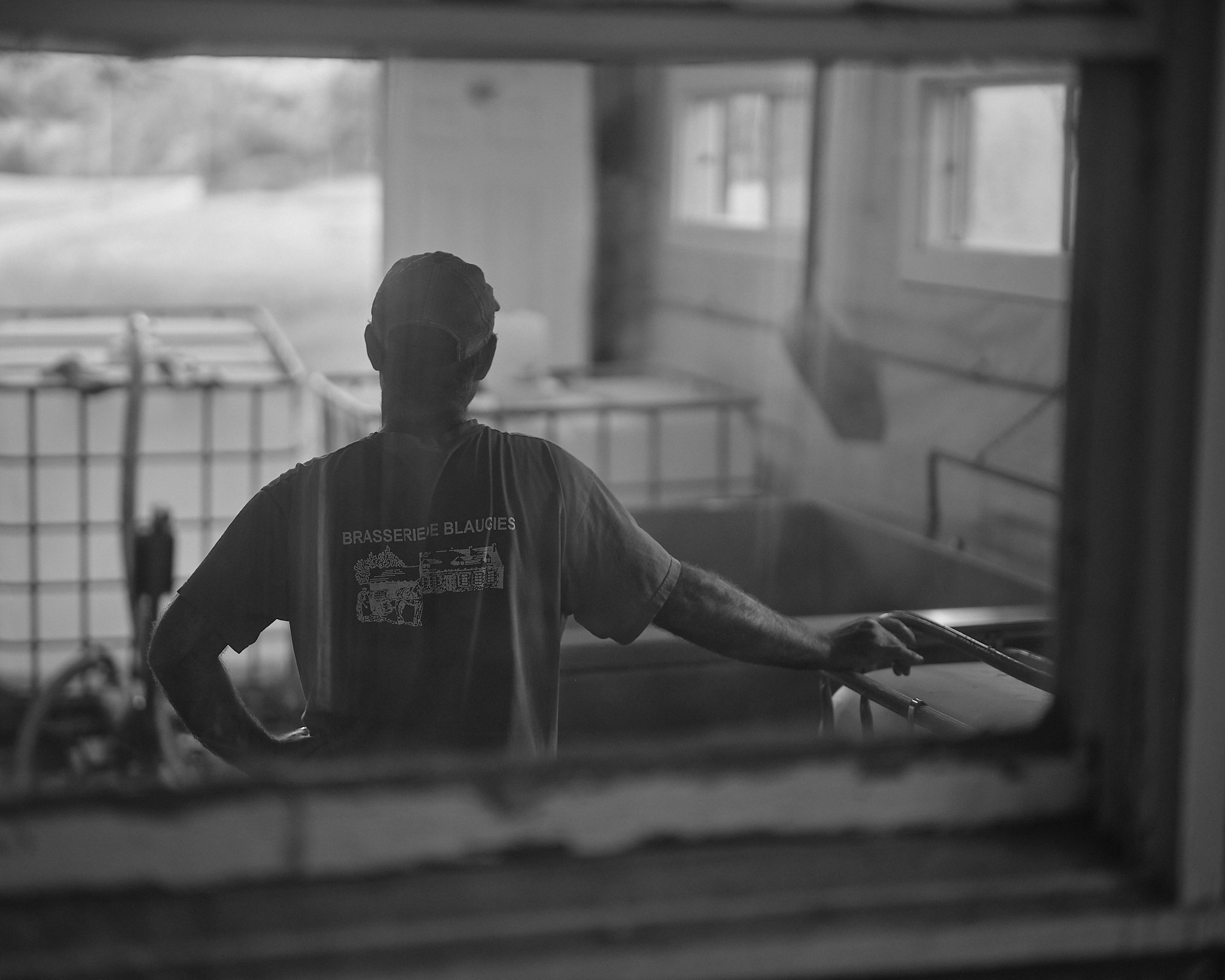
Watching The Coolship Fill
Vasilios patently watches as the wort transfer completes.
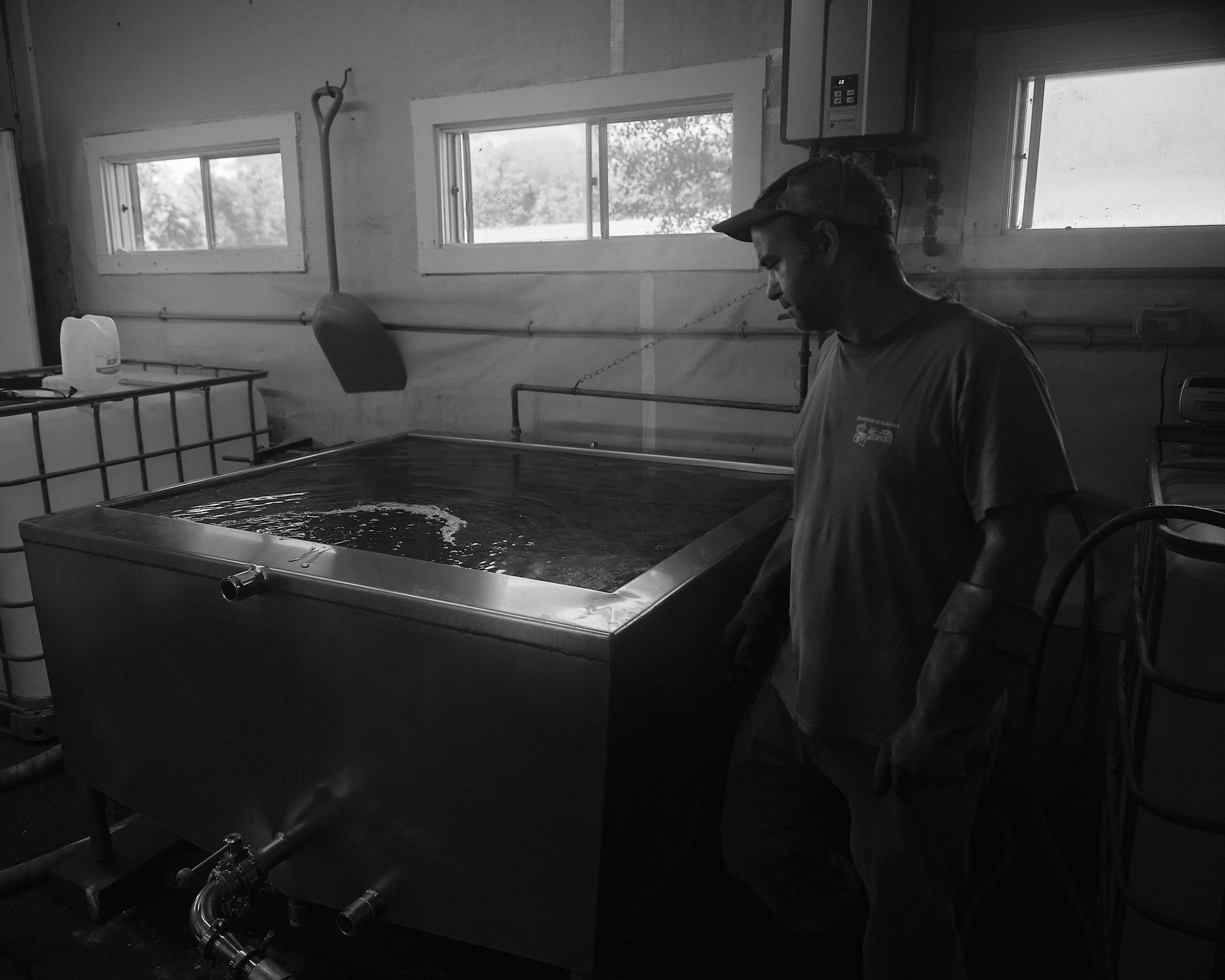
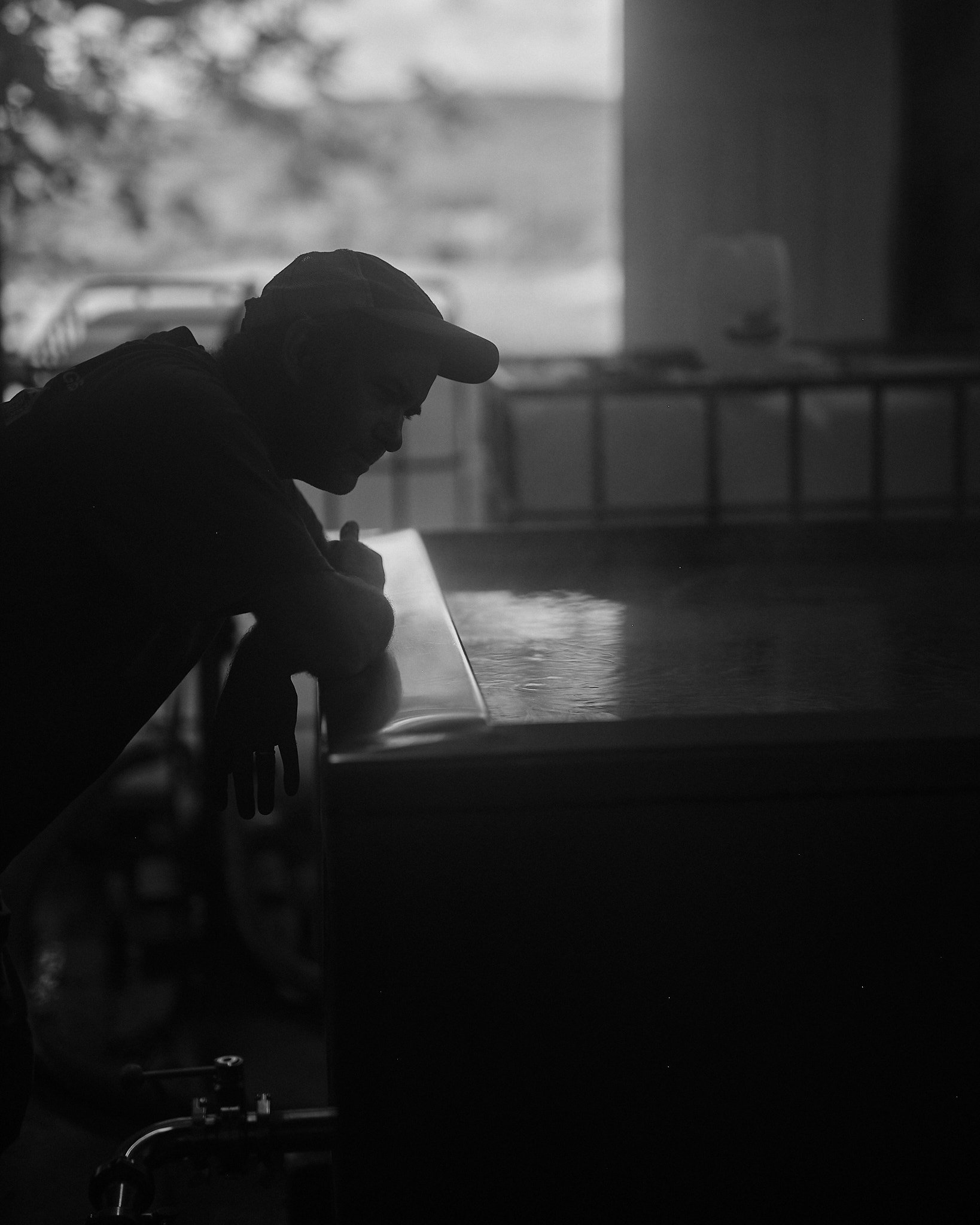
Taking In A Full Coolship
With the transfer complete, Vasilios takes a moment to admire the beautiful wort as it rests.
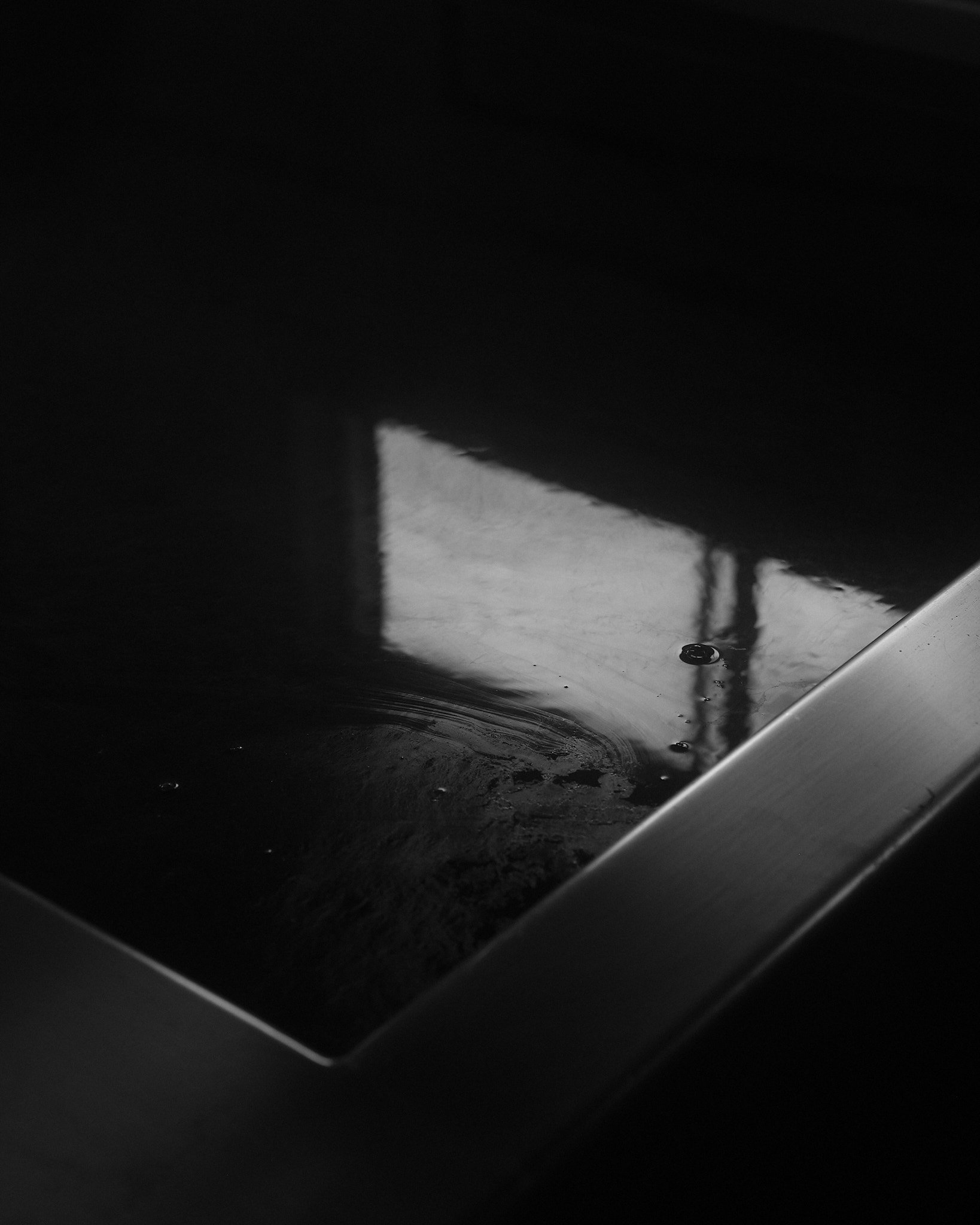
A Coolship Full Of Resting Wort
A simple yet beautiful sight, resting wort in a stainless steel vessel with reflections of the day through the windows.
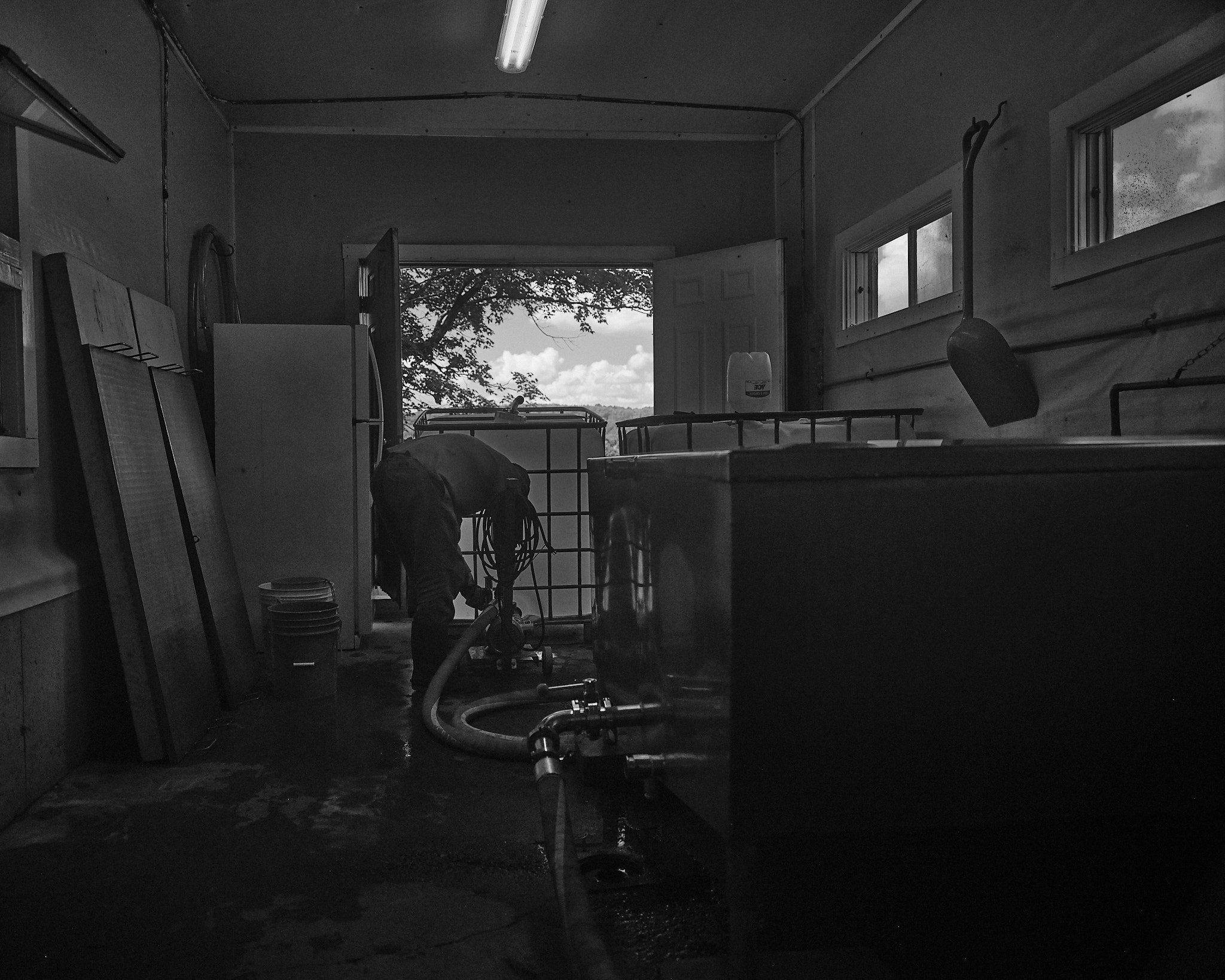
Transferring The Wort Out Of The Brewhouse
Vasilios runs the wort through a heat exchange and into a tote tank.
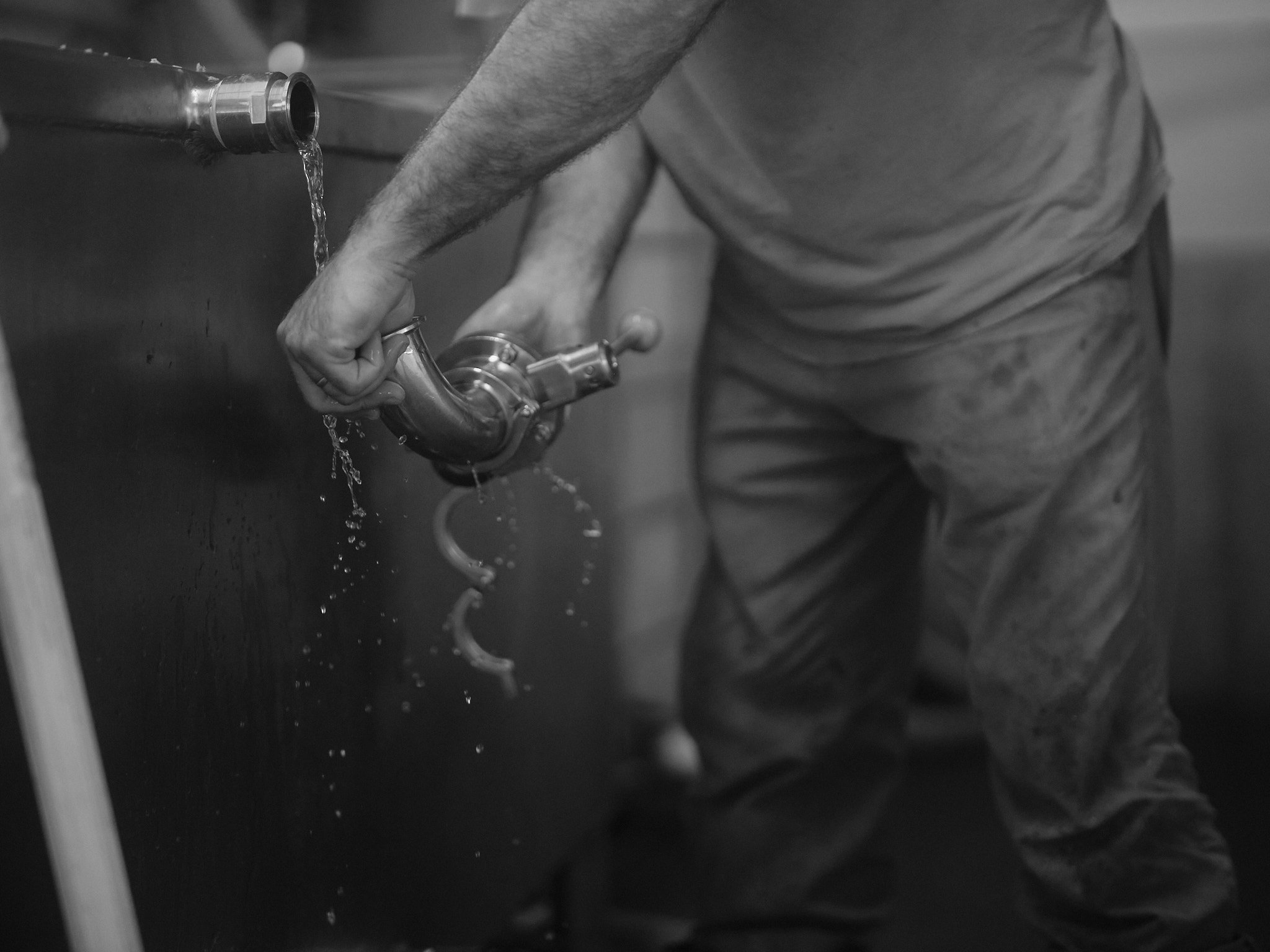
Clean Up Begins
Cleaning of the coolship begins.
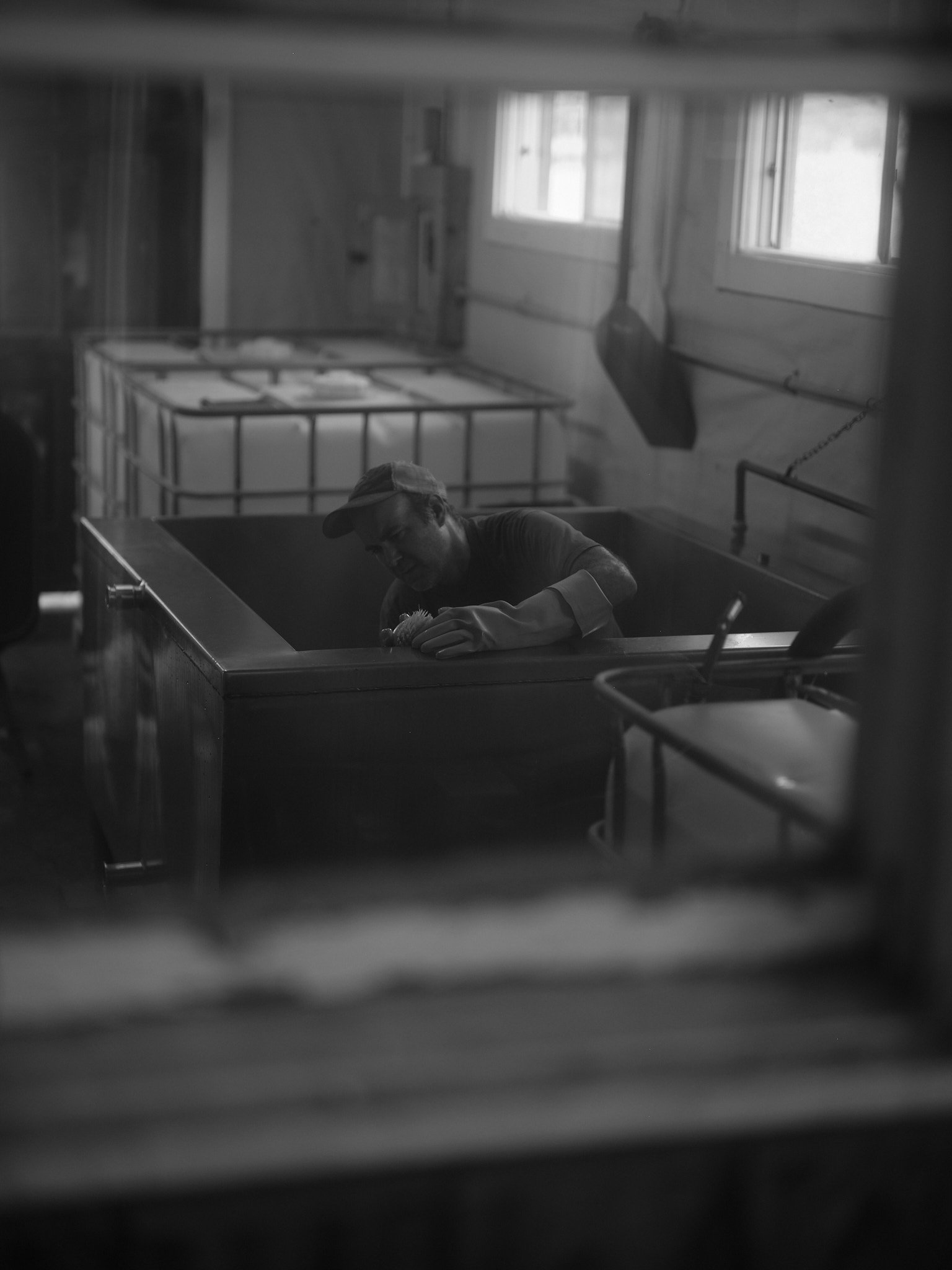
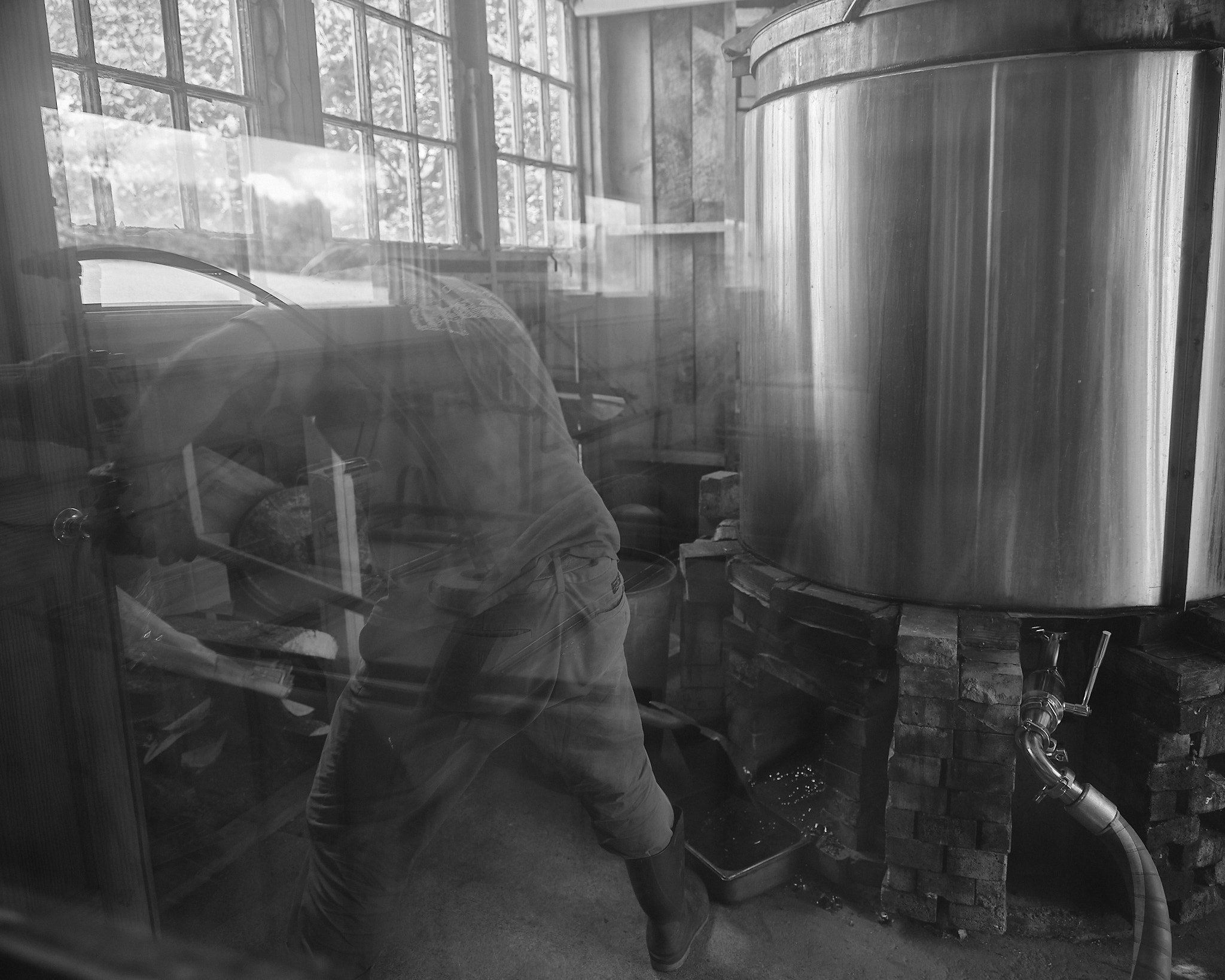
Time To Clear Out The Coals
After the brew, it’s time to empty the coals from the kettle.
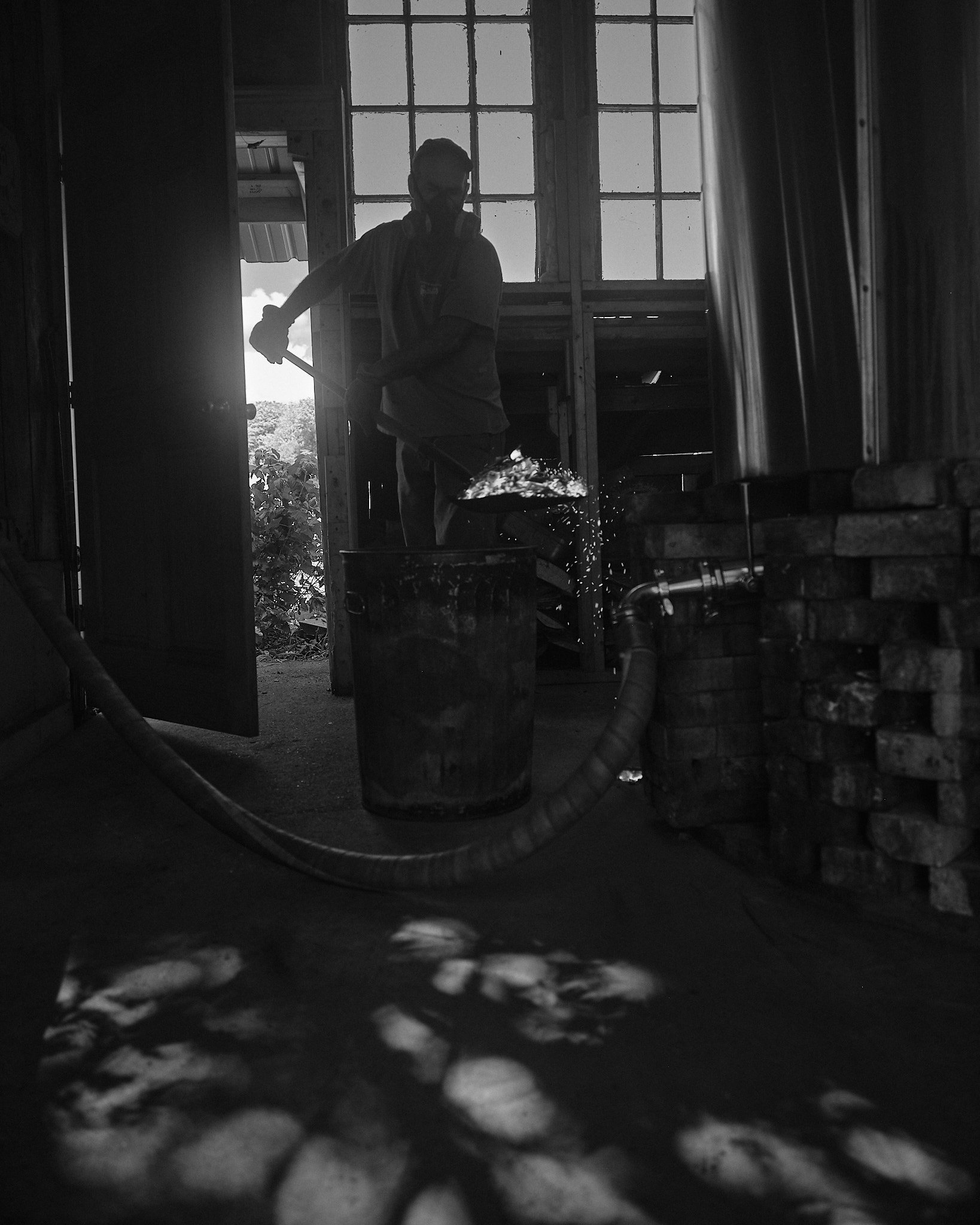
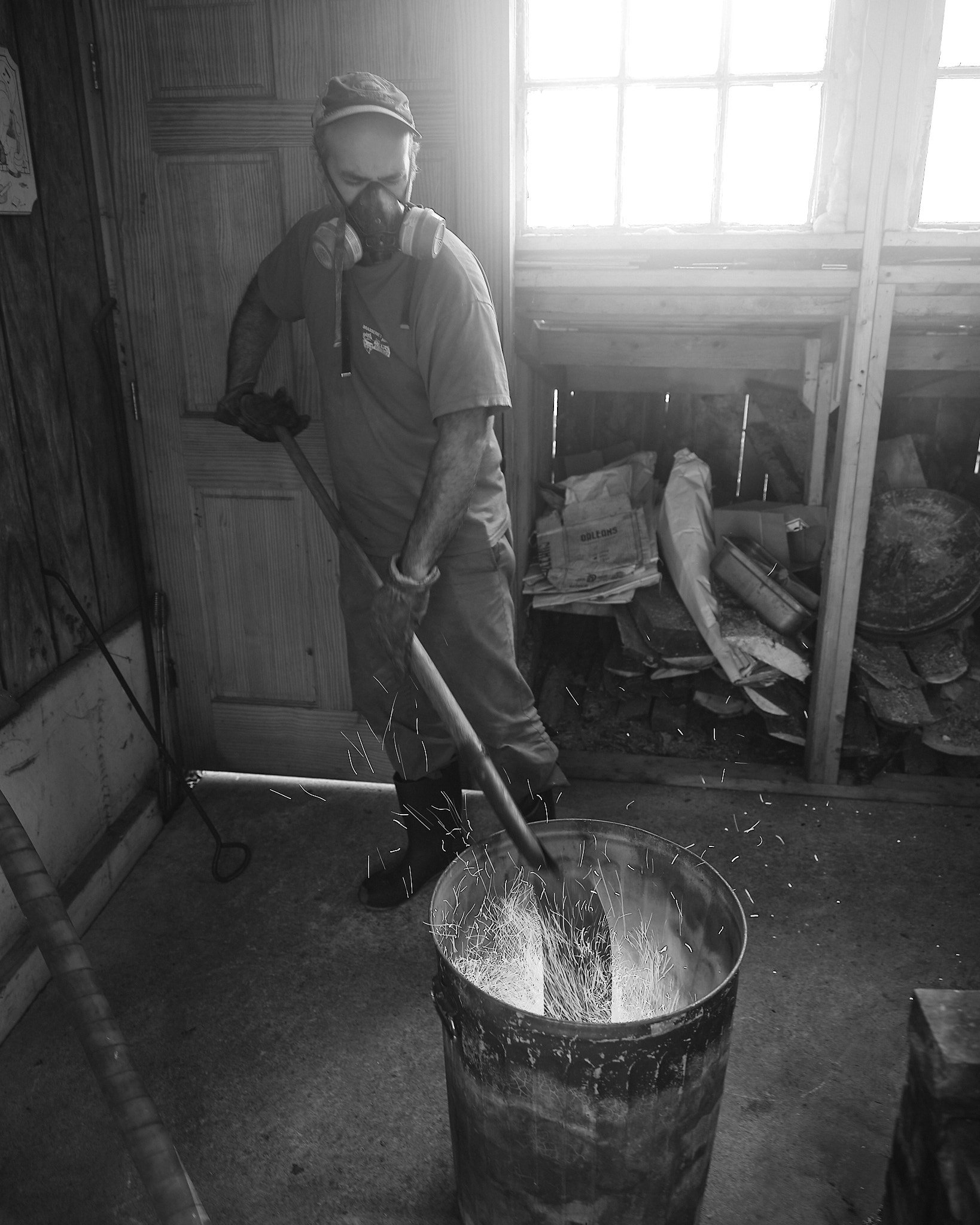
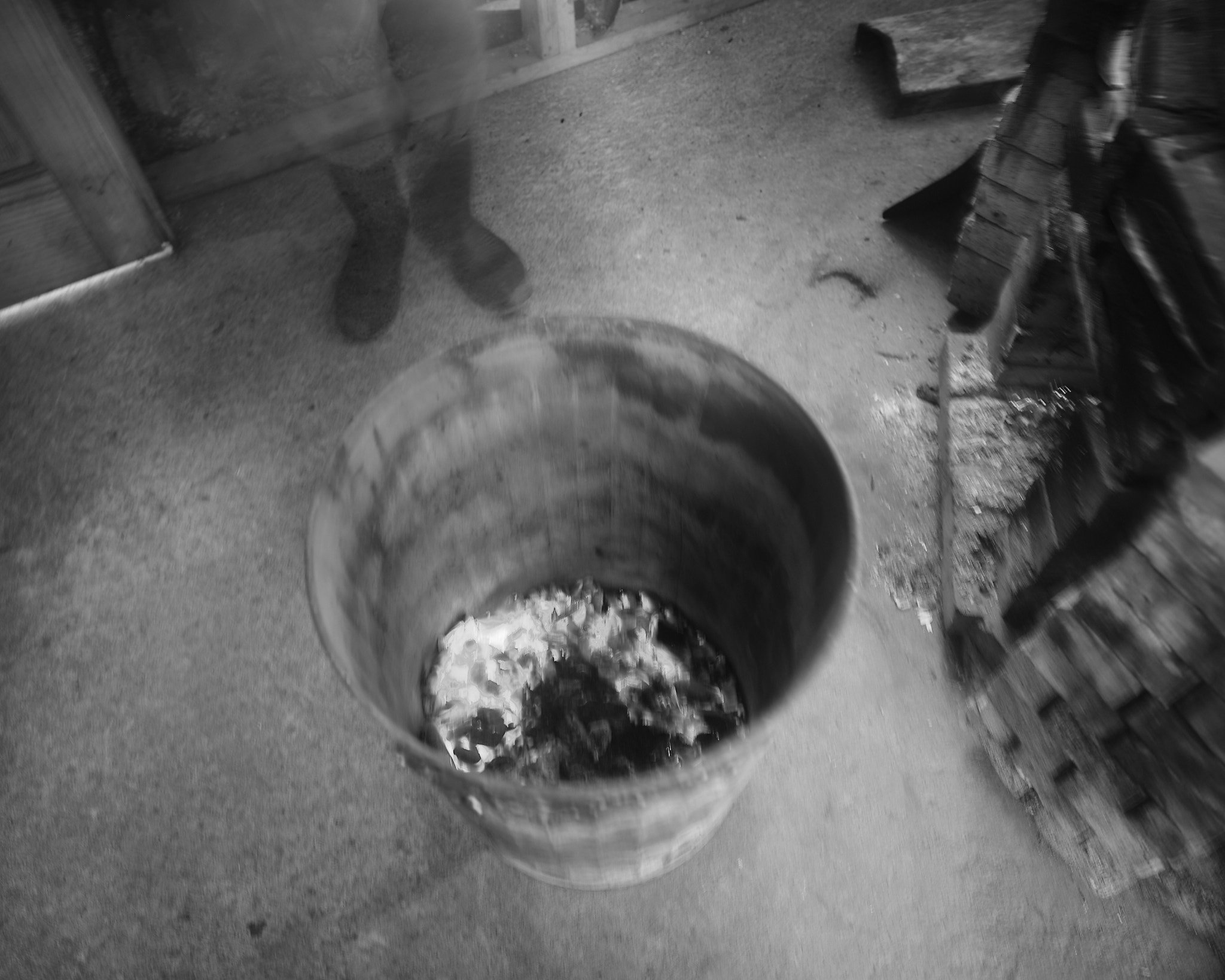
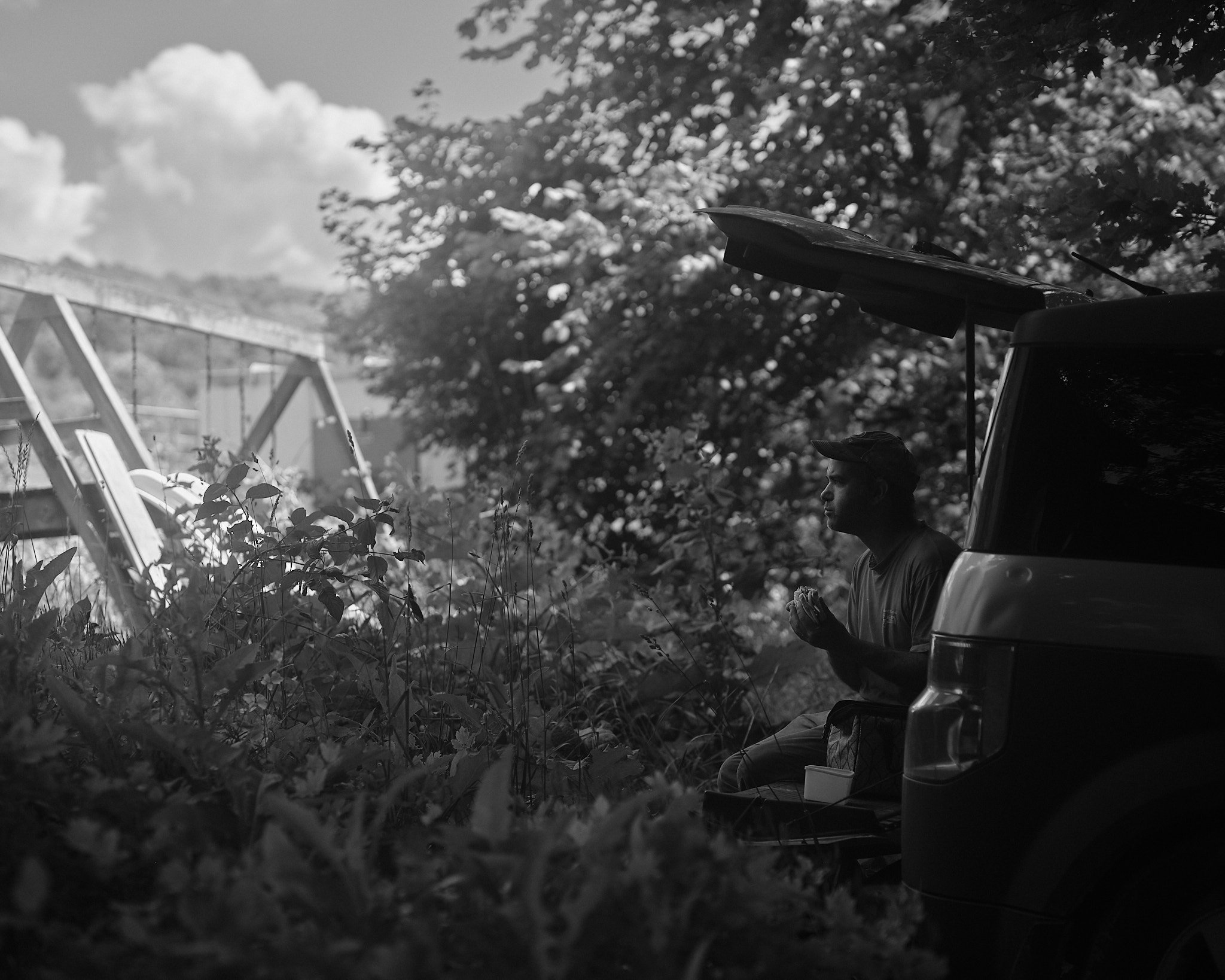
Lunch Break
Vasilios is enjoying a sandwich on the tailgate of his vehicle.
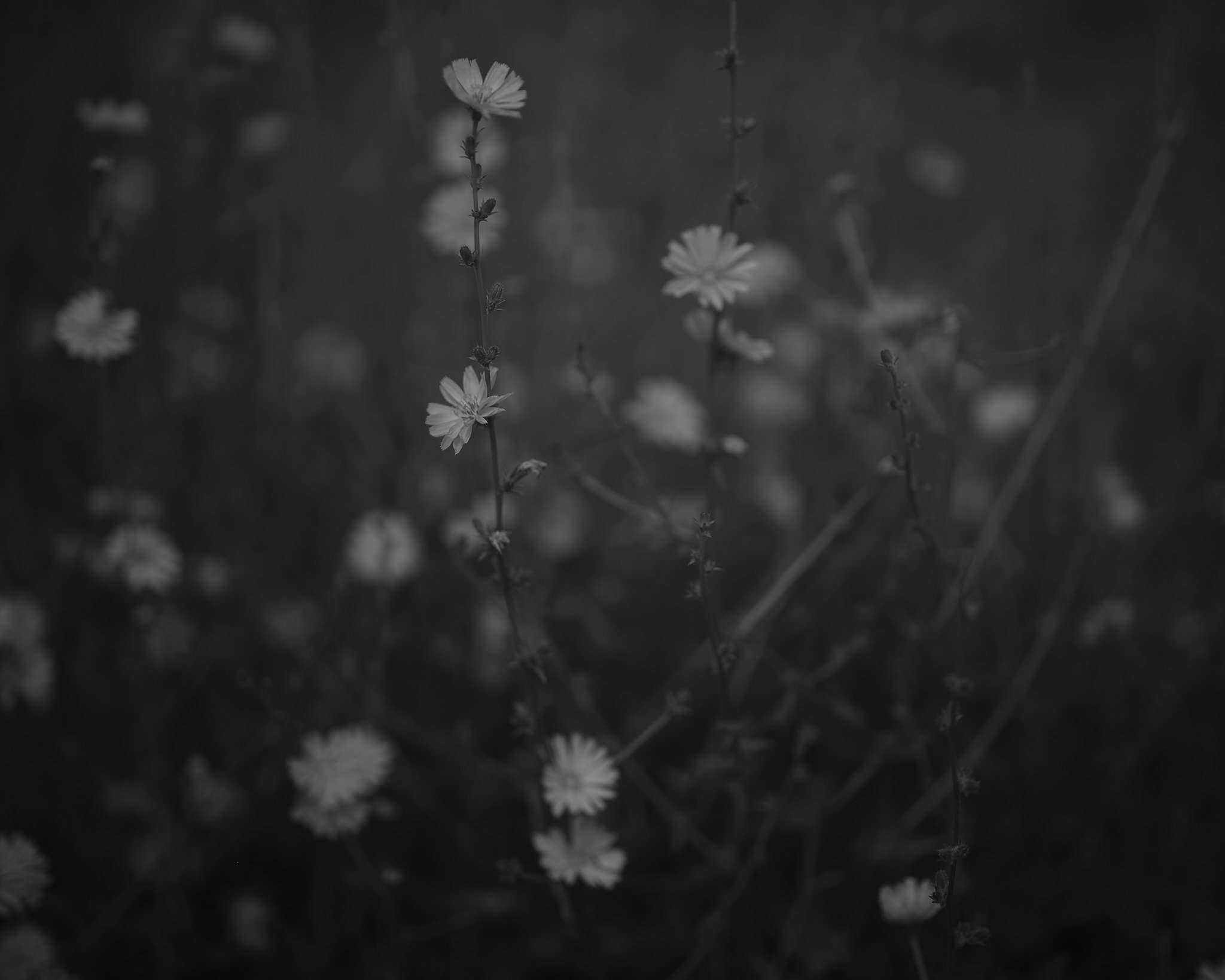
Chapter Three
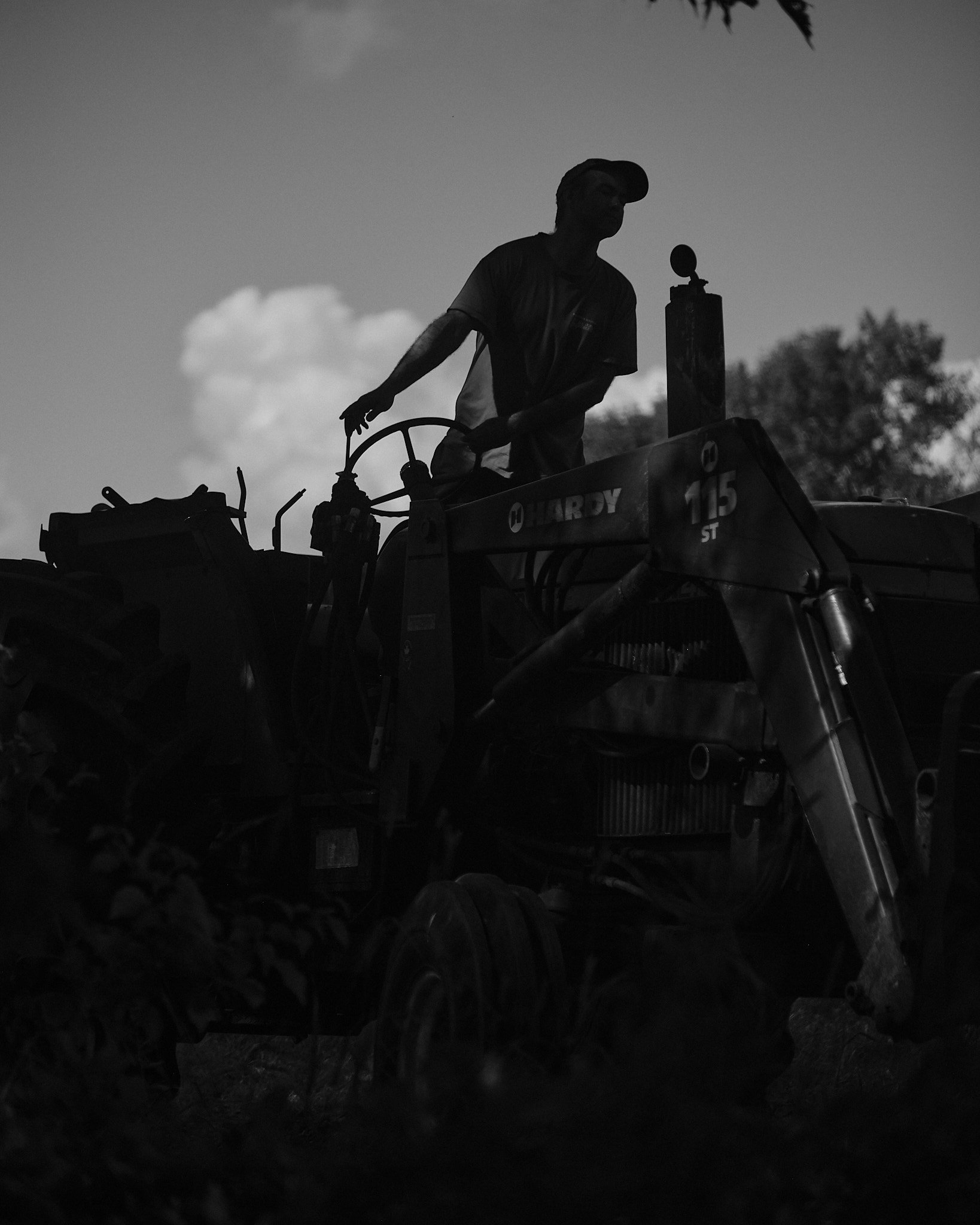
Vasilios Getting The Tractor Ready
Bring the tractor to the brew house to load the cooled wort and move it to the cave.
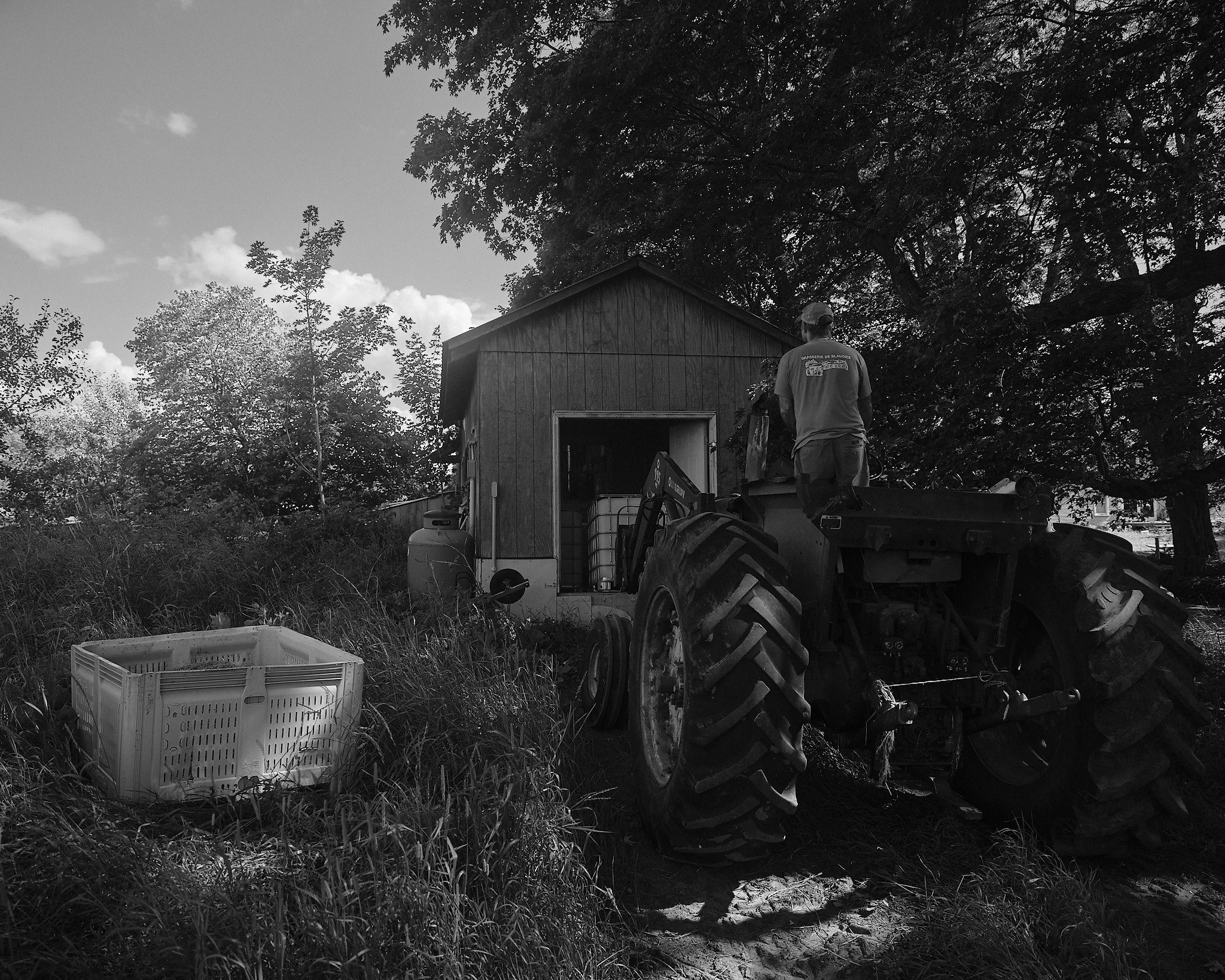
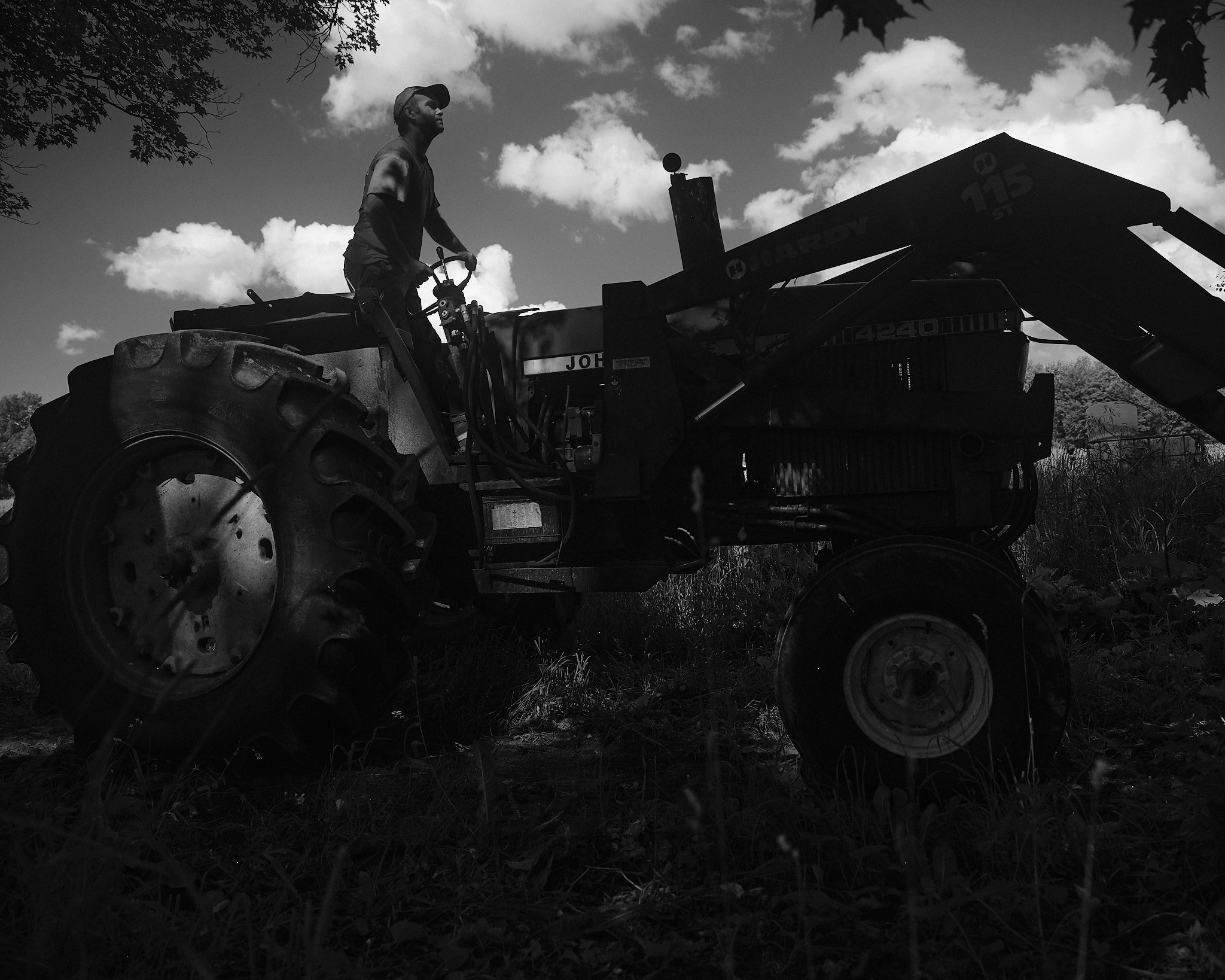
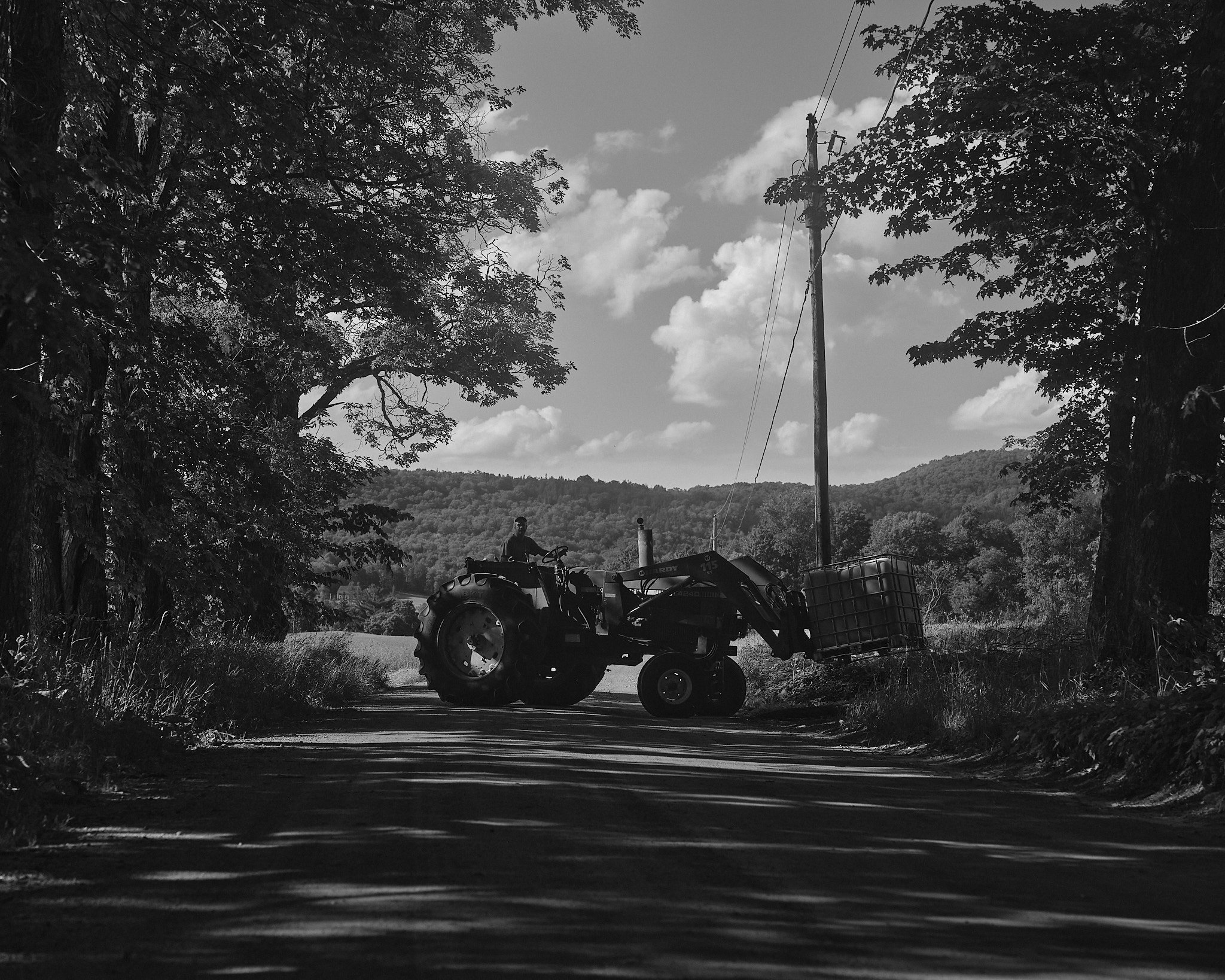
Entering The Next Phase
We are moving the wort down the dirt roads via tractor to the cave.
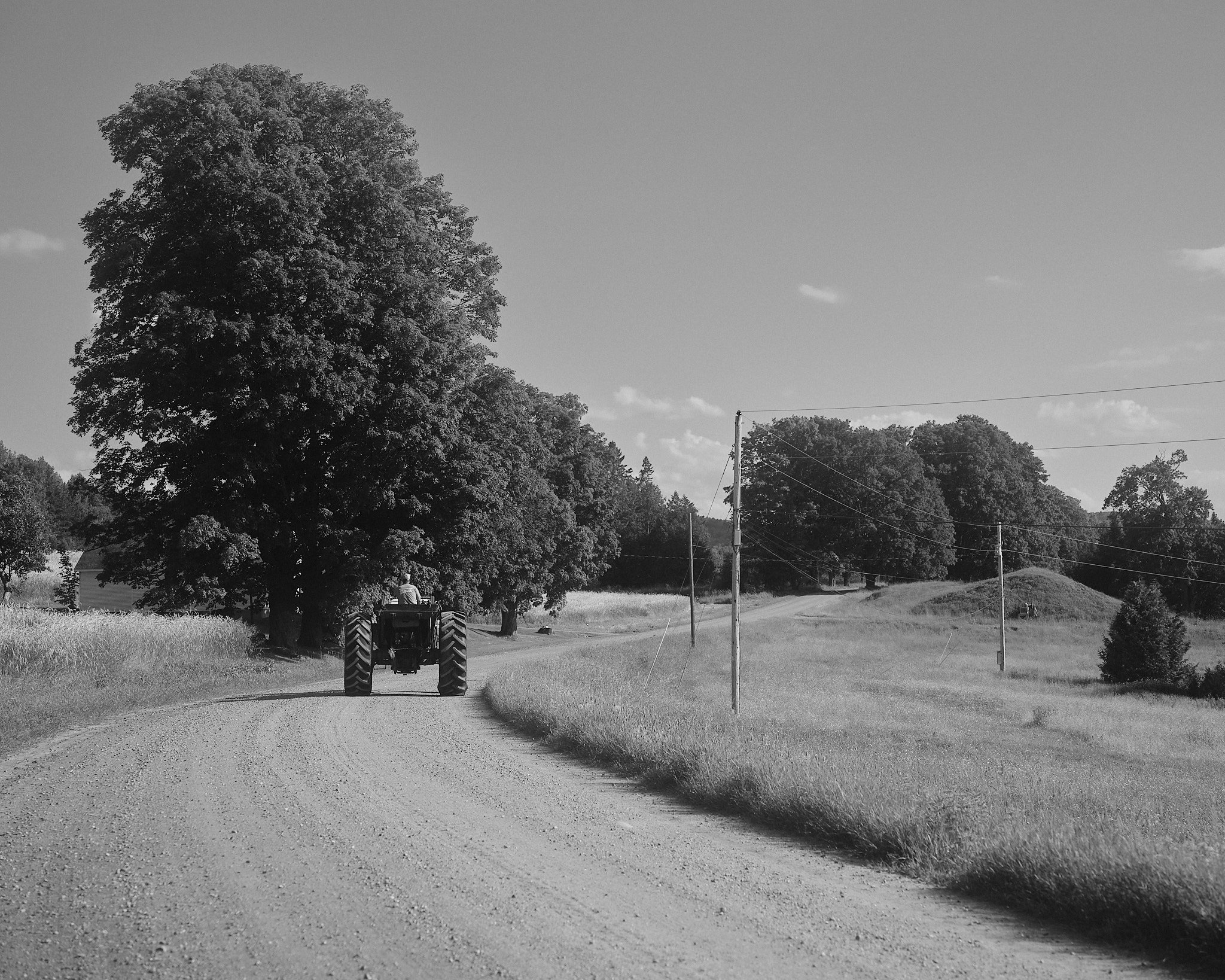
Dirt Road Daydreams
Nothing beats the dirt roads of Vermont’s Northeast Kingdom.
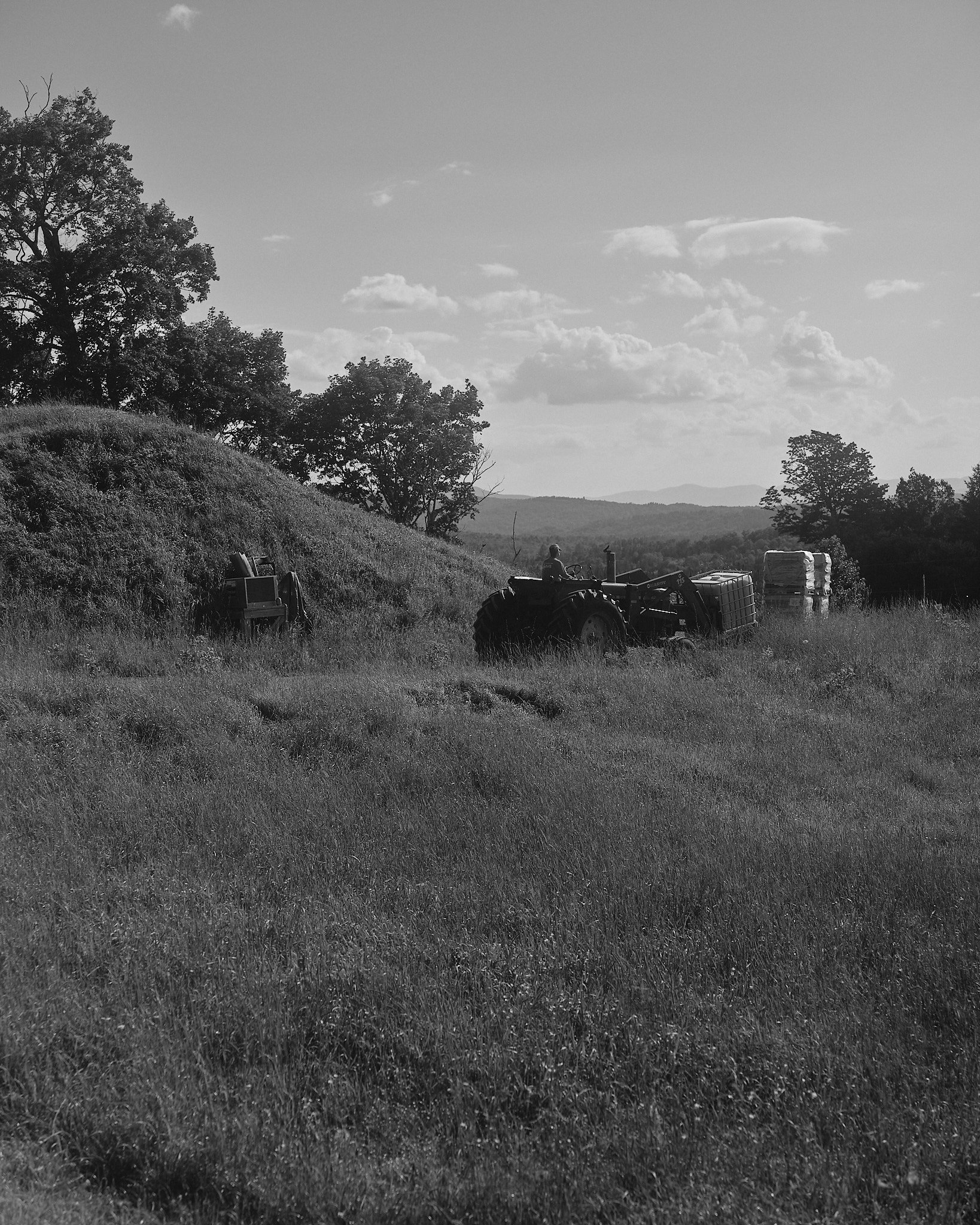
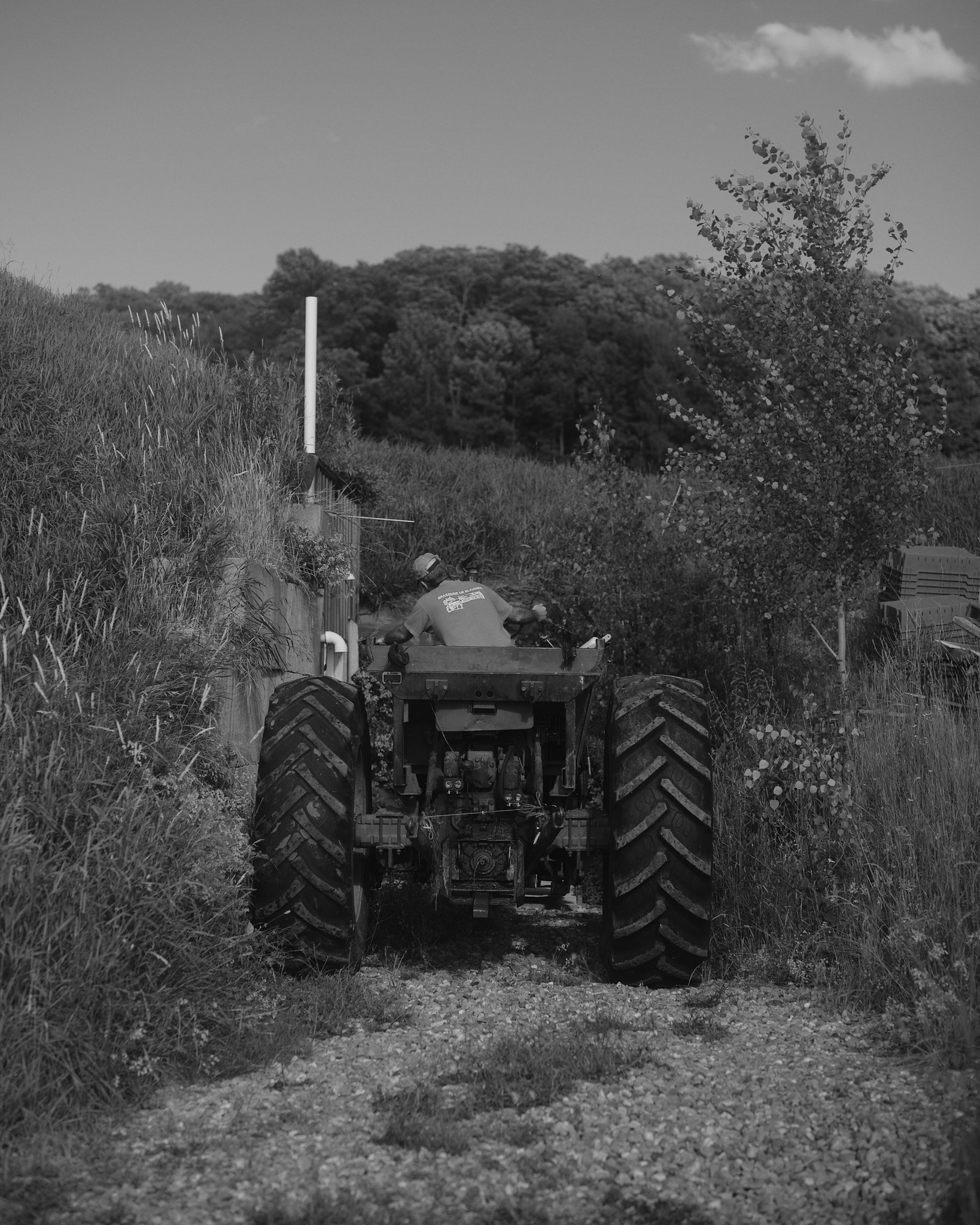
Wort Arrives At The Cave
Finally, the wort has landed at the loading dock of the cave.
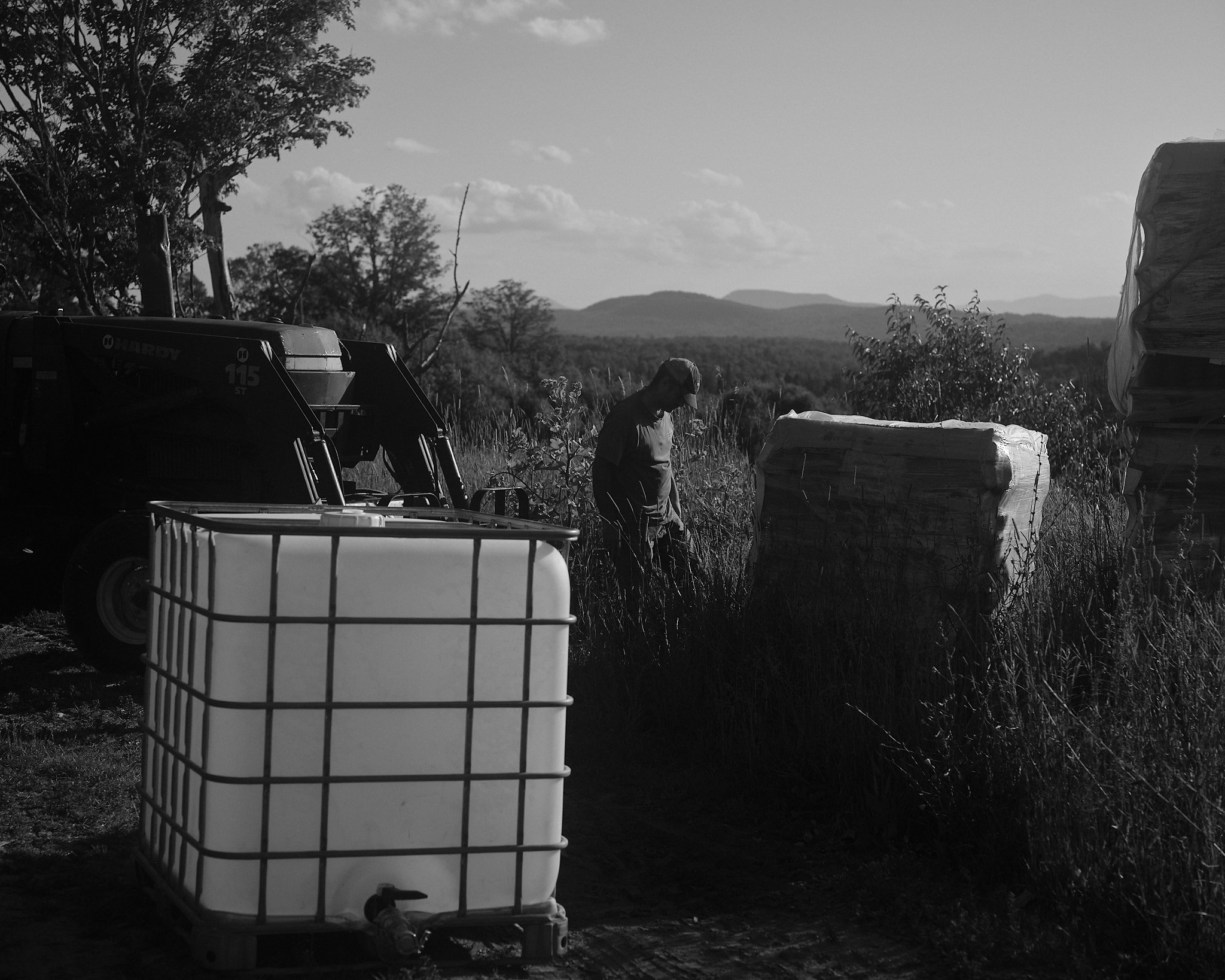
Sunsetting On A 14 Hour Brew Day
The warm golden summer sunset landing on Vasilios, He does some final shifting of totes and bottles to finish the day.
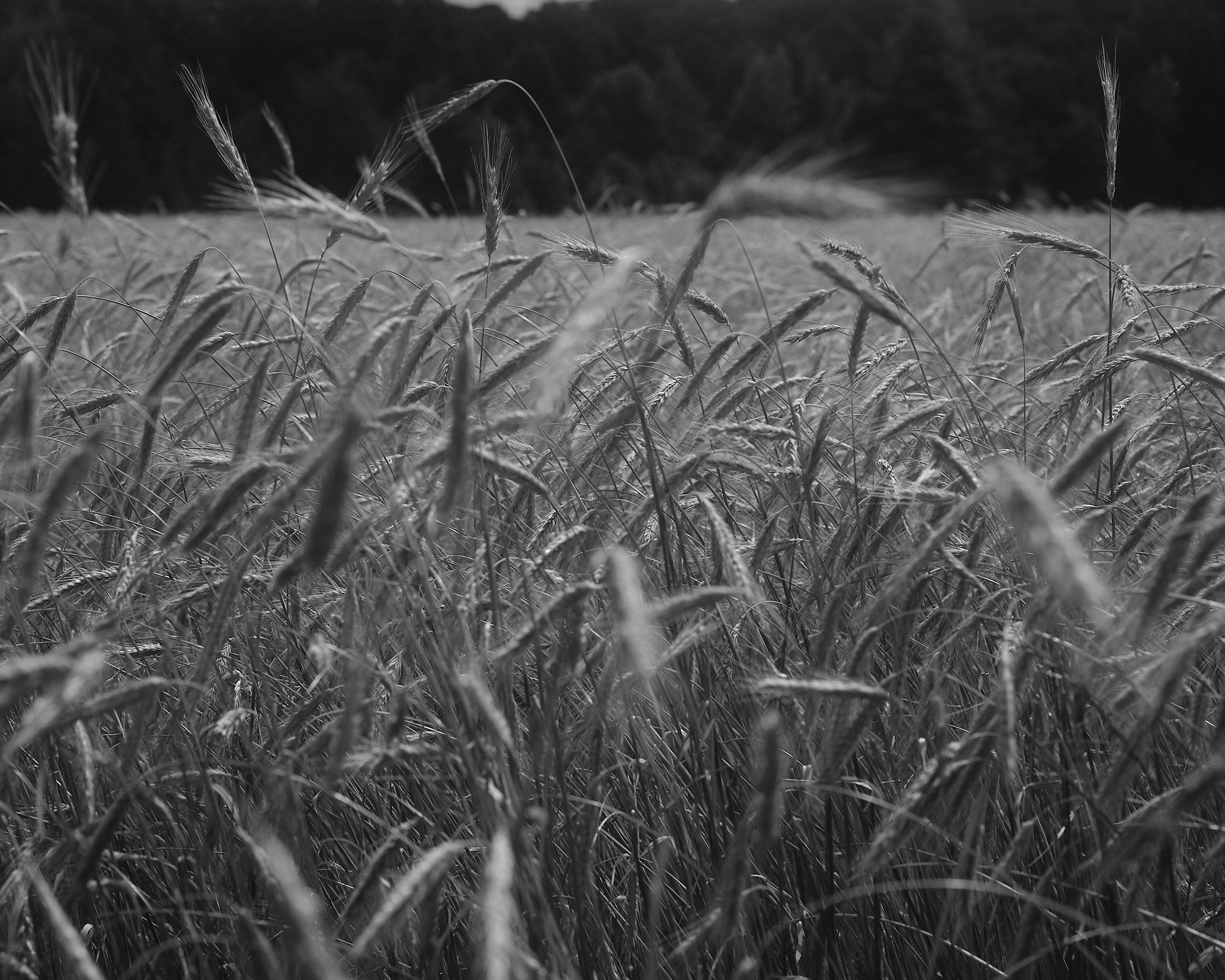
Chapter 4
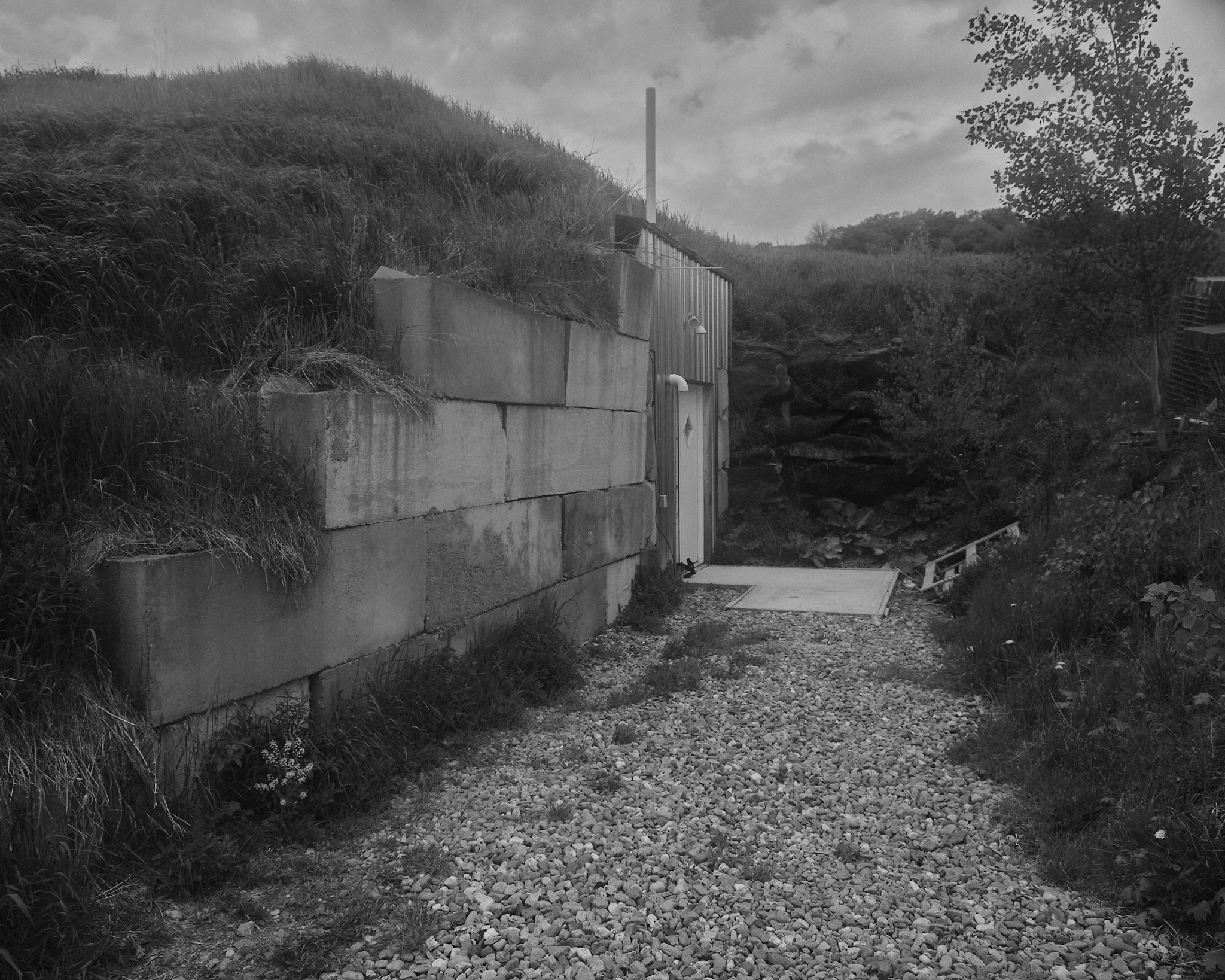
Welcome To The Cave
Formally a cheese cave, now used for the fermentation, barrel aging, and bottling of Wunderkammer Bier.
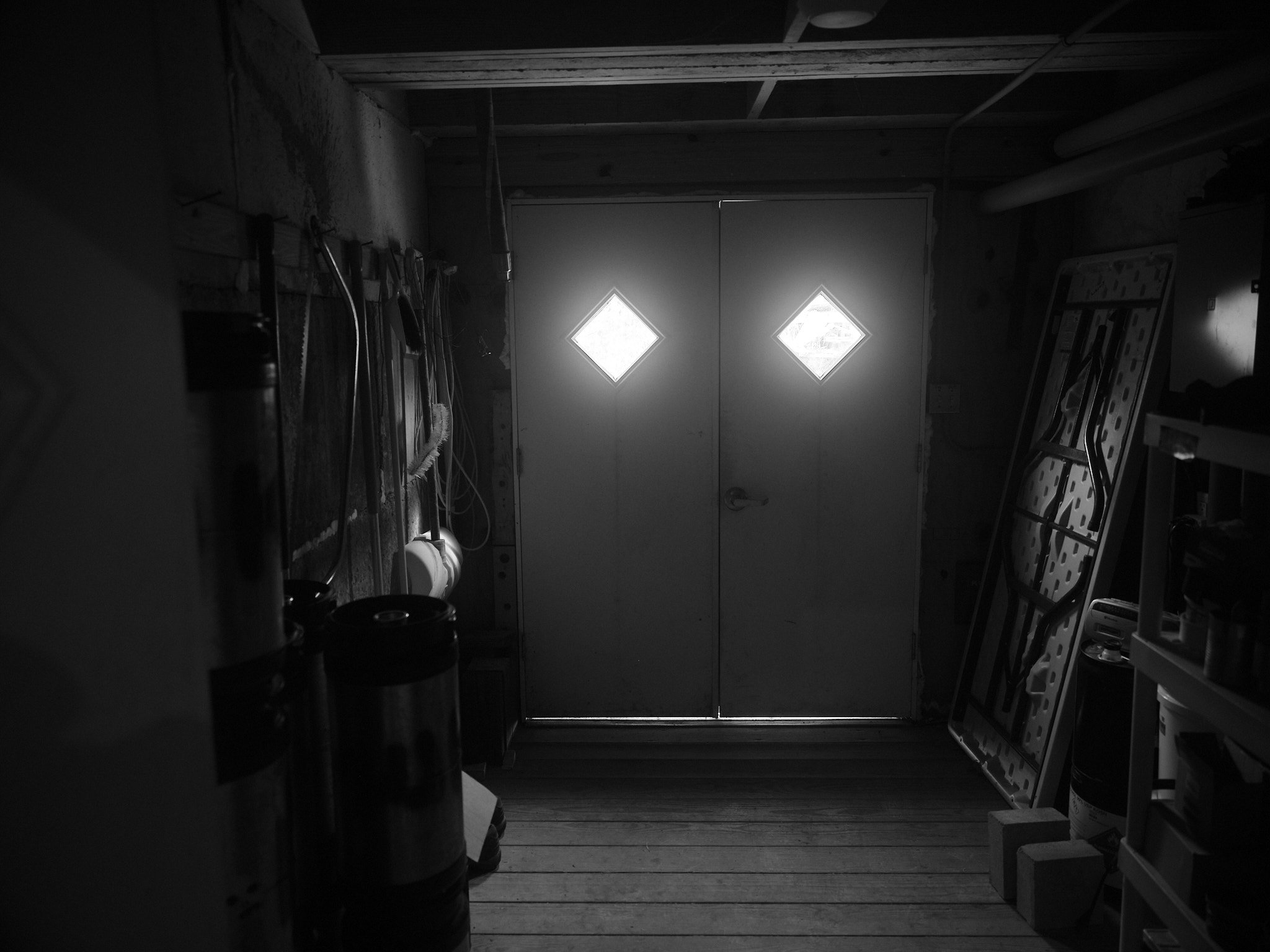
Windows Are The Eyes To The Soul
If that saying is true, then I feel as though the cave is the soul of Wunderkammer.
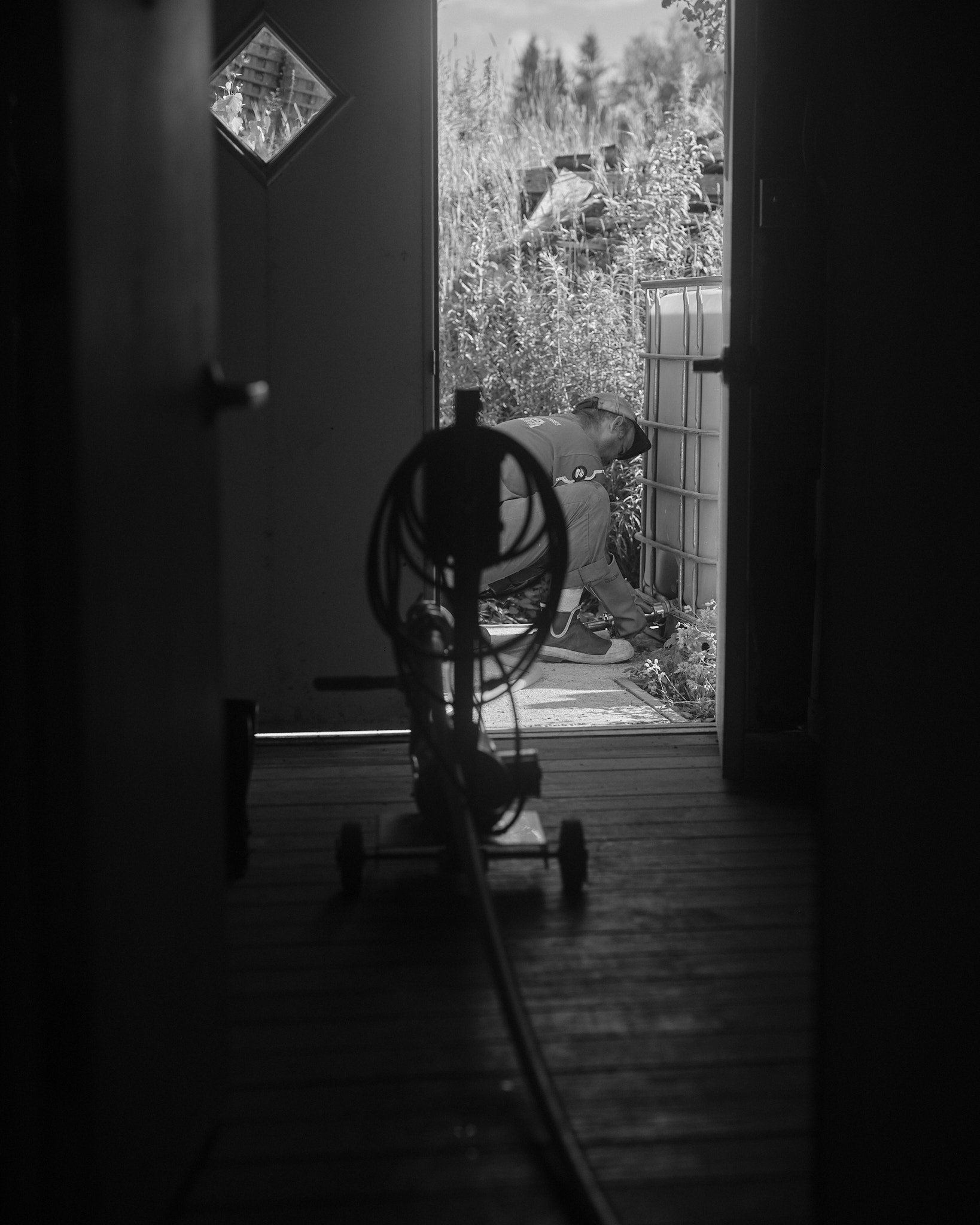
Transforing The Wort
Vasilios hooking the tote up to a fermentor tank to start fermenting the new wort.
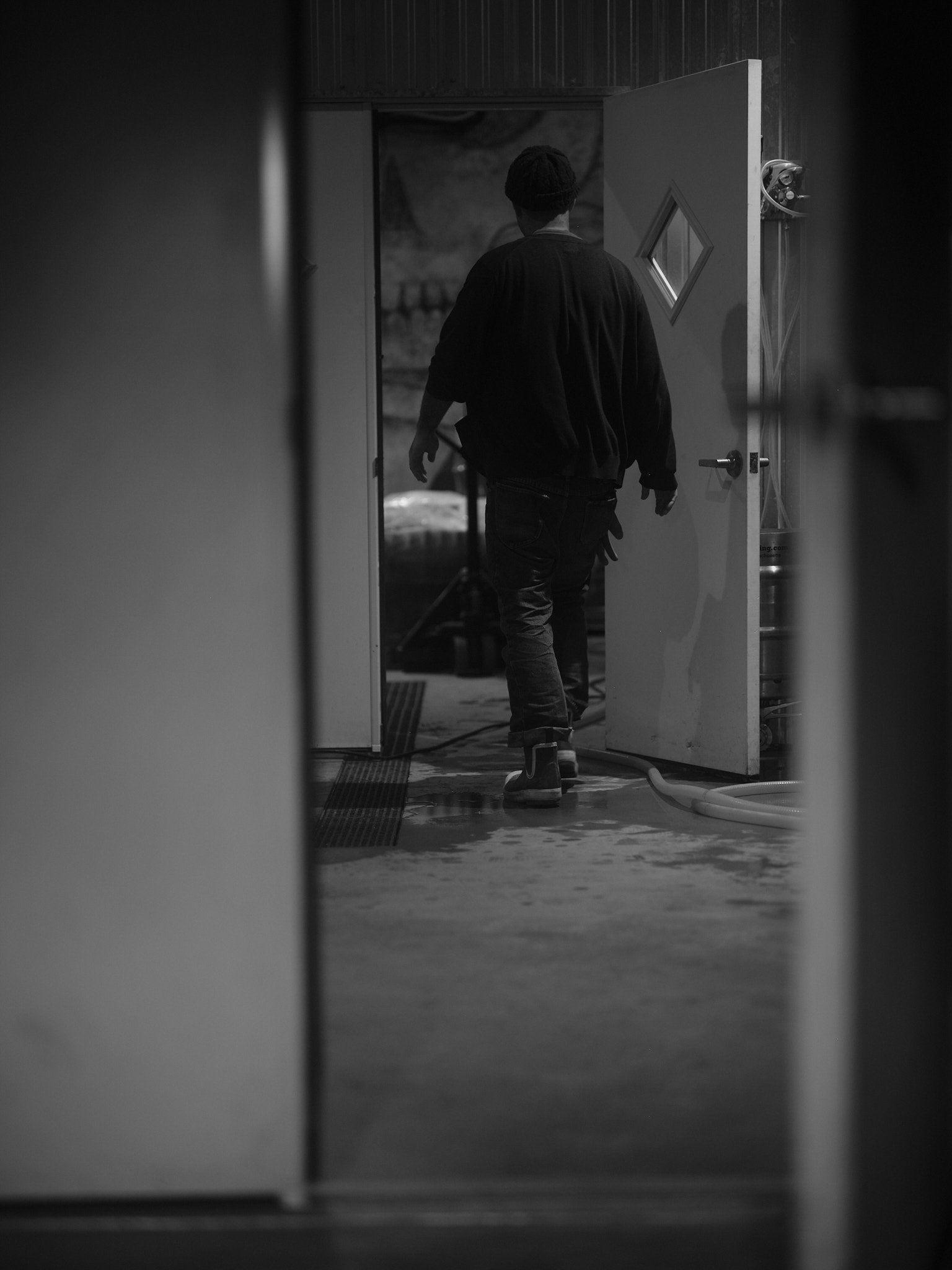
Entering The Cave
Let’s take a look inside the cave.
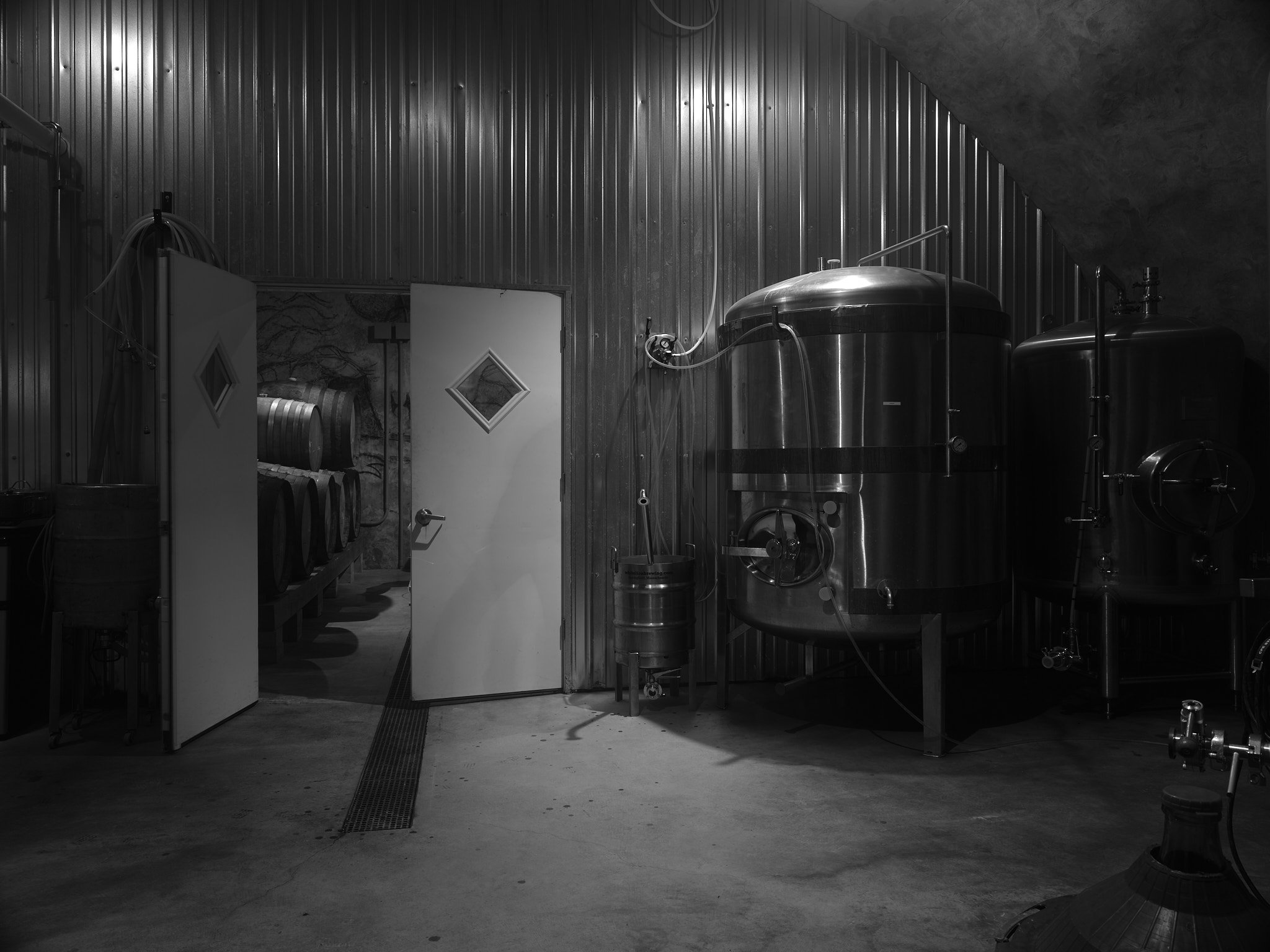
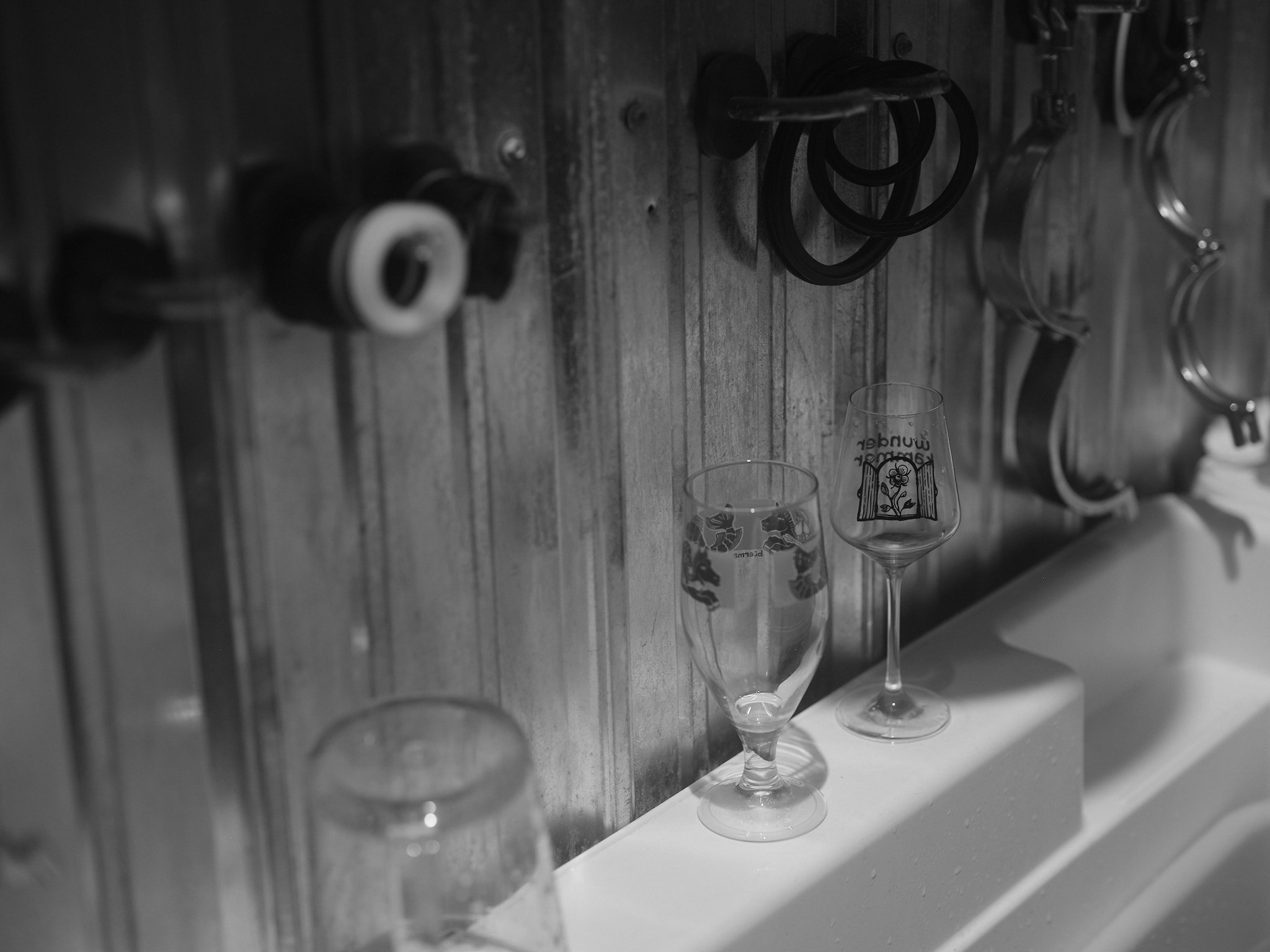
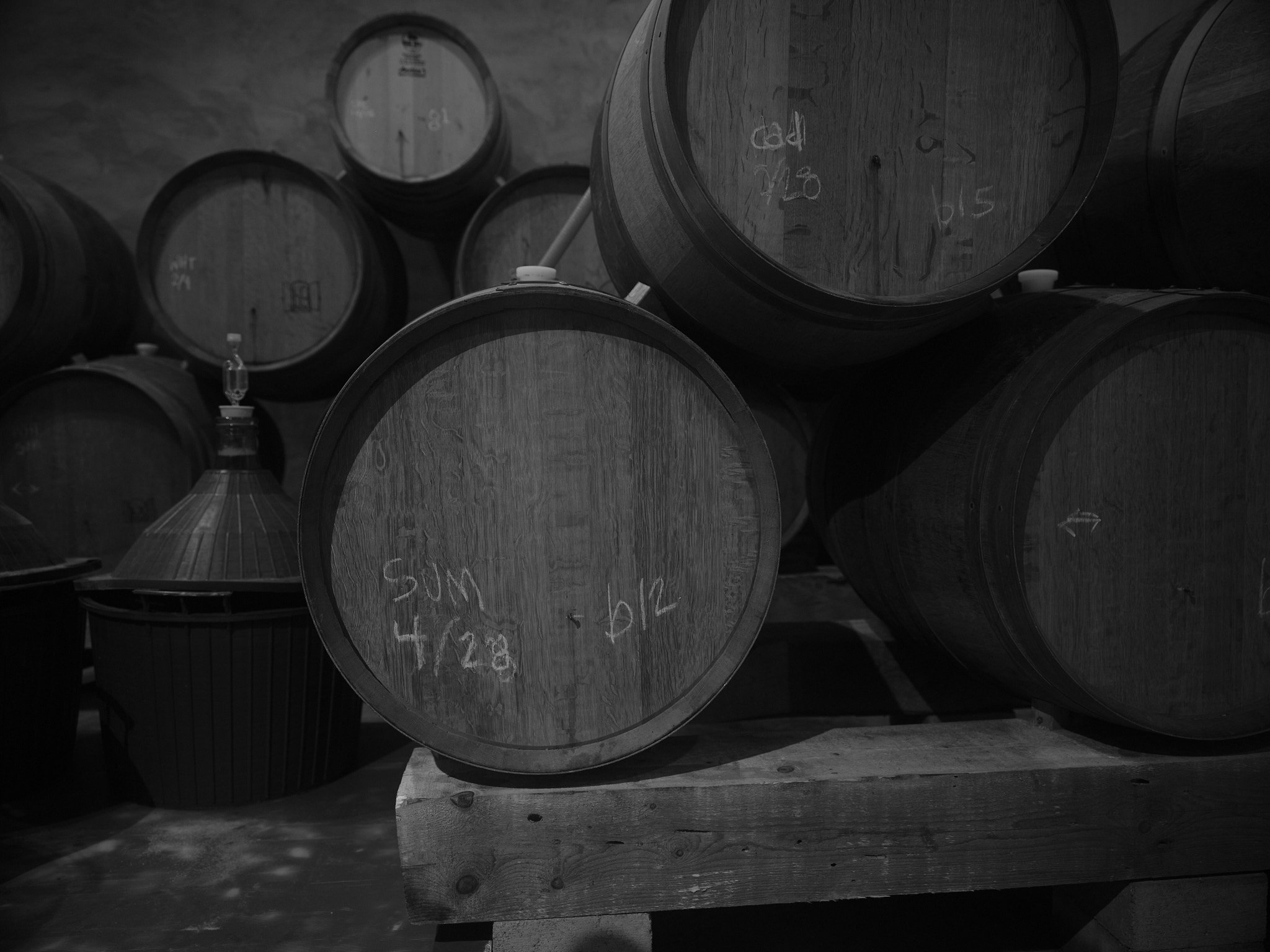
Barrels & Puncheons
Various aging vessels.
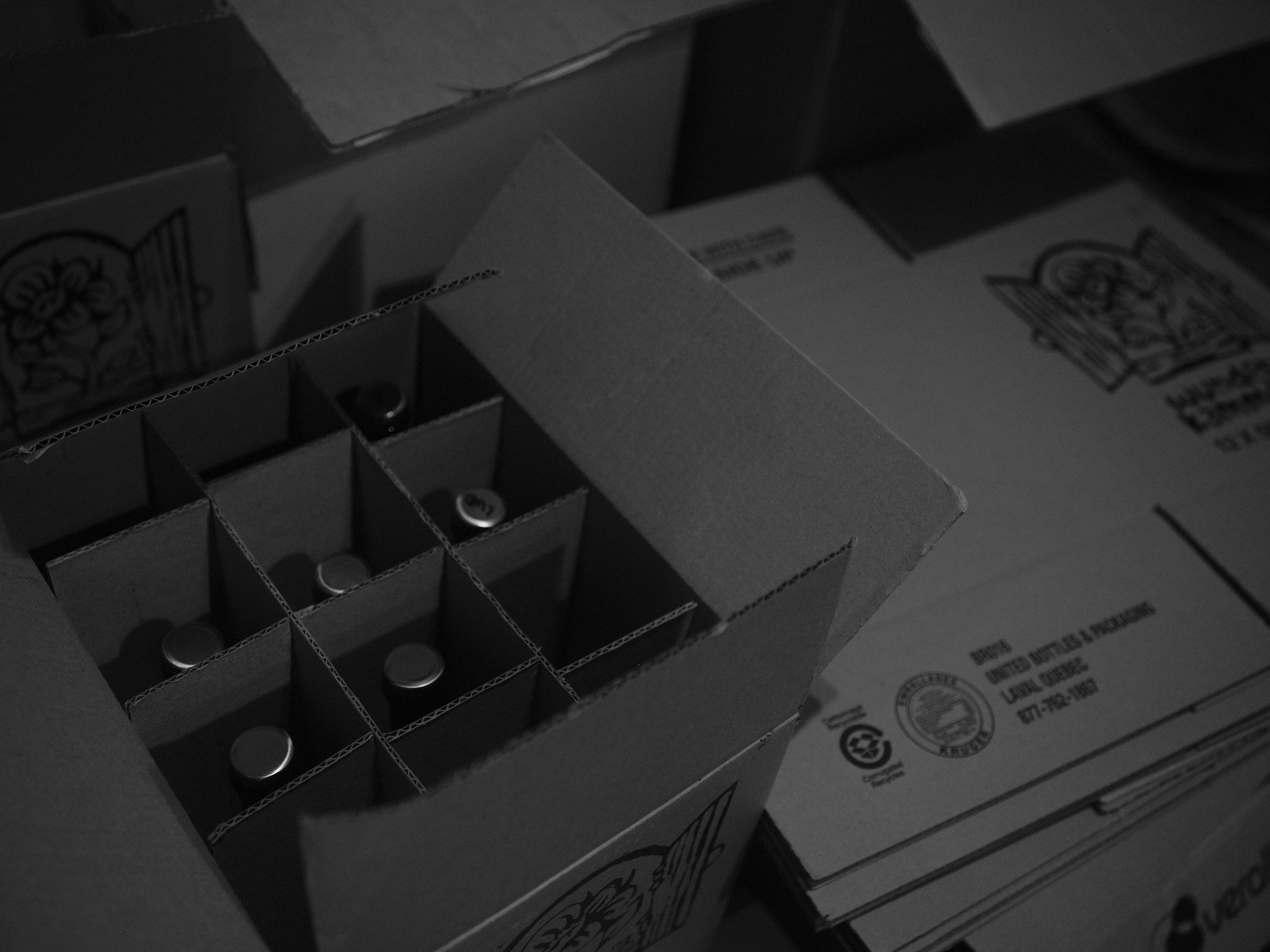
Packaging
Bottles, magnums, and boxes are all waiting to be filled and shipped out.
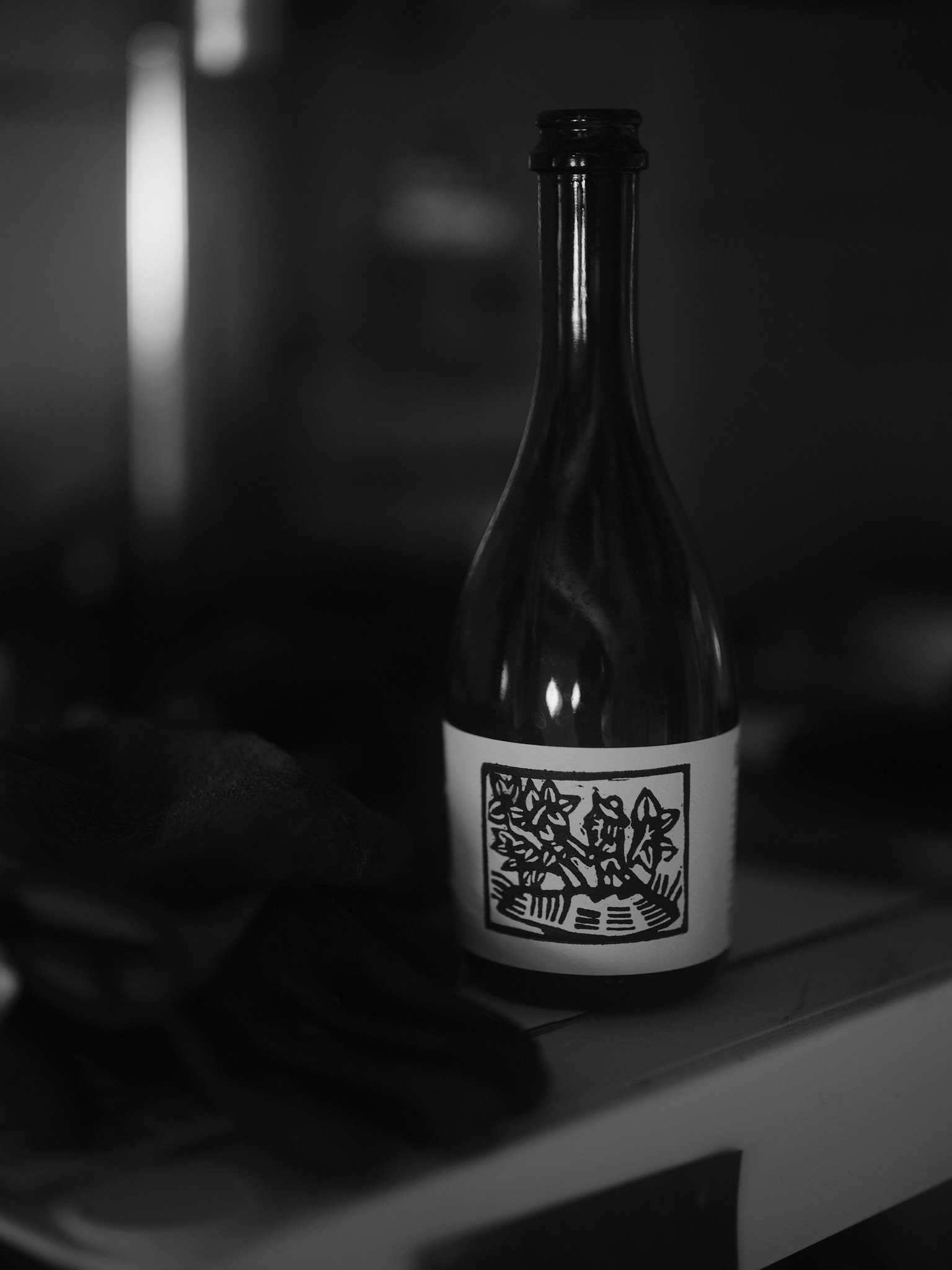
Label Designs
Vasilios attended art school in Portland, ME. He creates the labels as well as the mural on the inside of the cave.
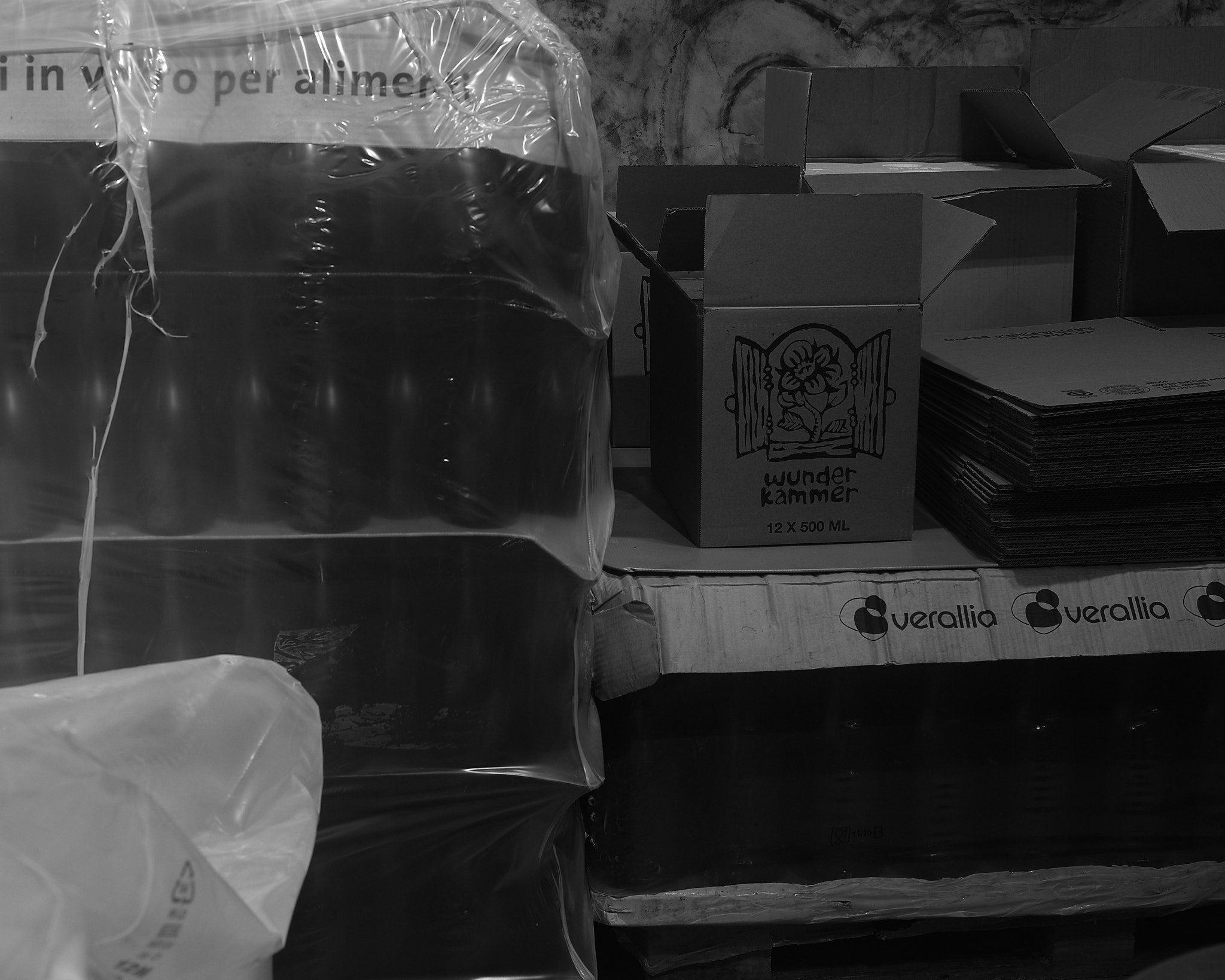
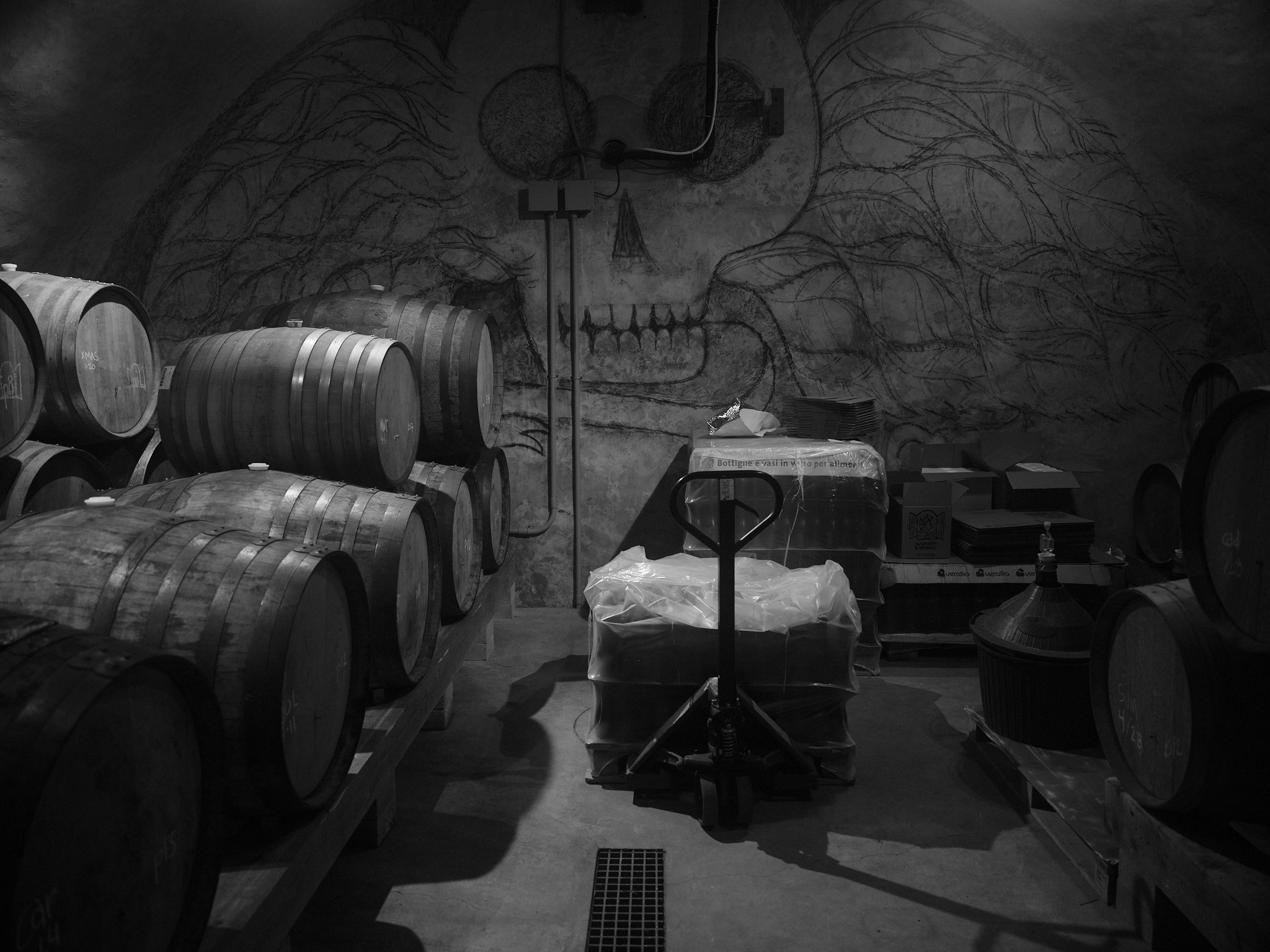
Charcoal Mural
The wall instantly sucked me into the world of Wunderkammer as I entered the Cave for the first time.
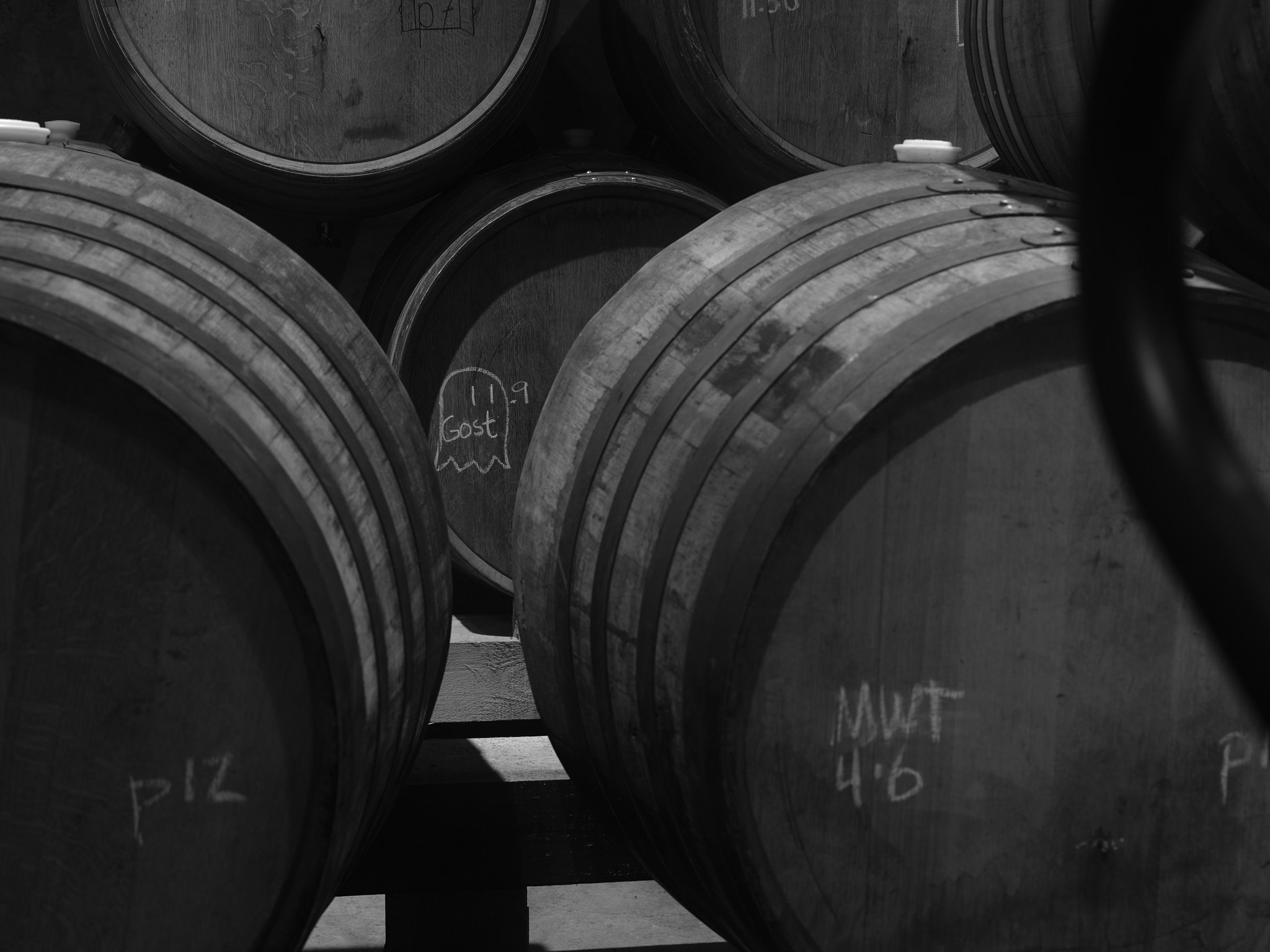
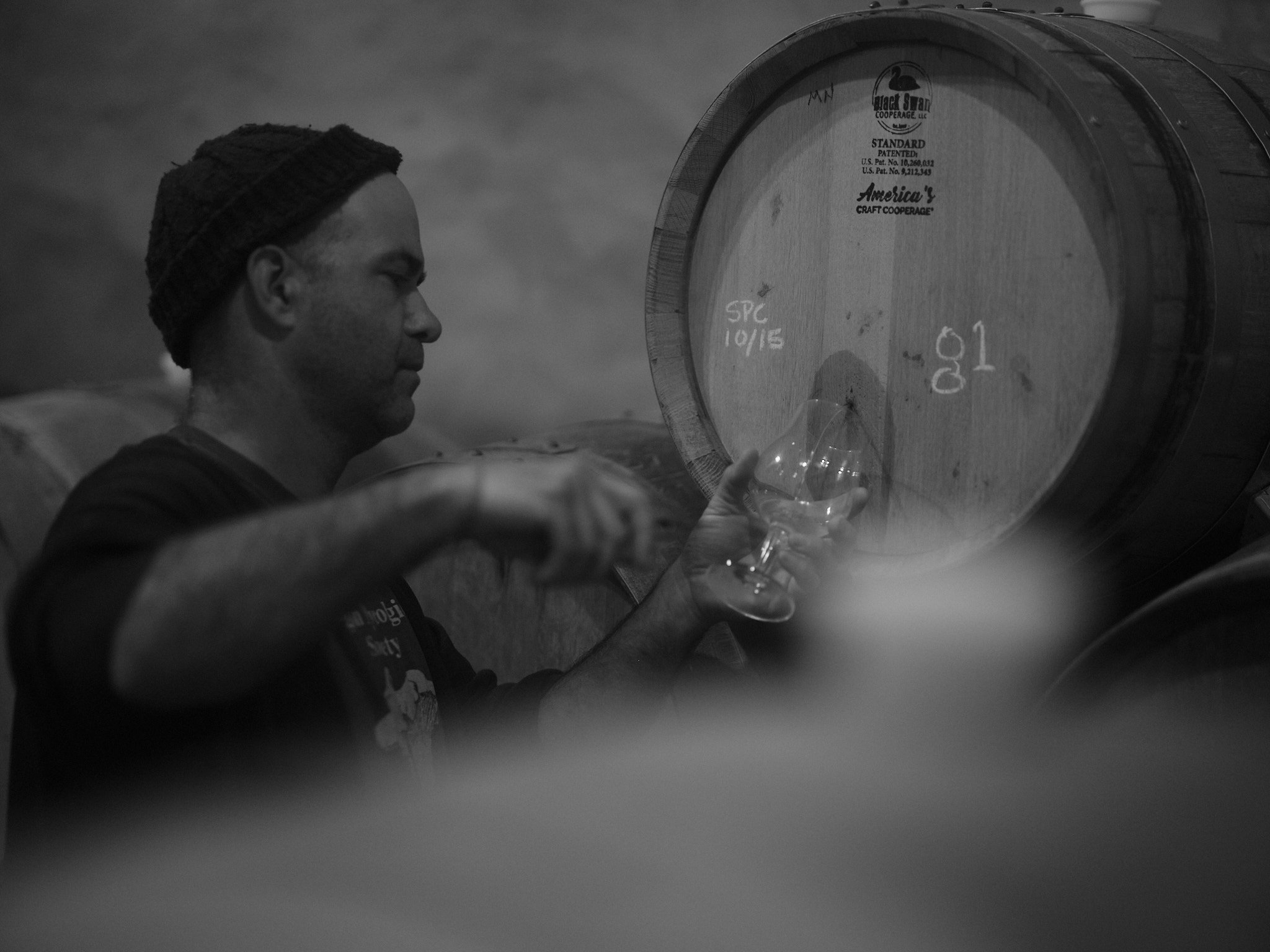
Pulling Nails
Vasilios pulls nails from several barrels to check the aging beer inside.
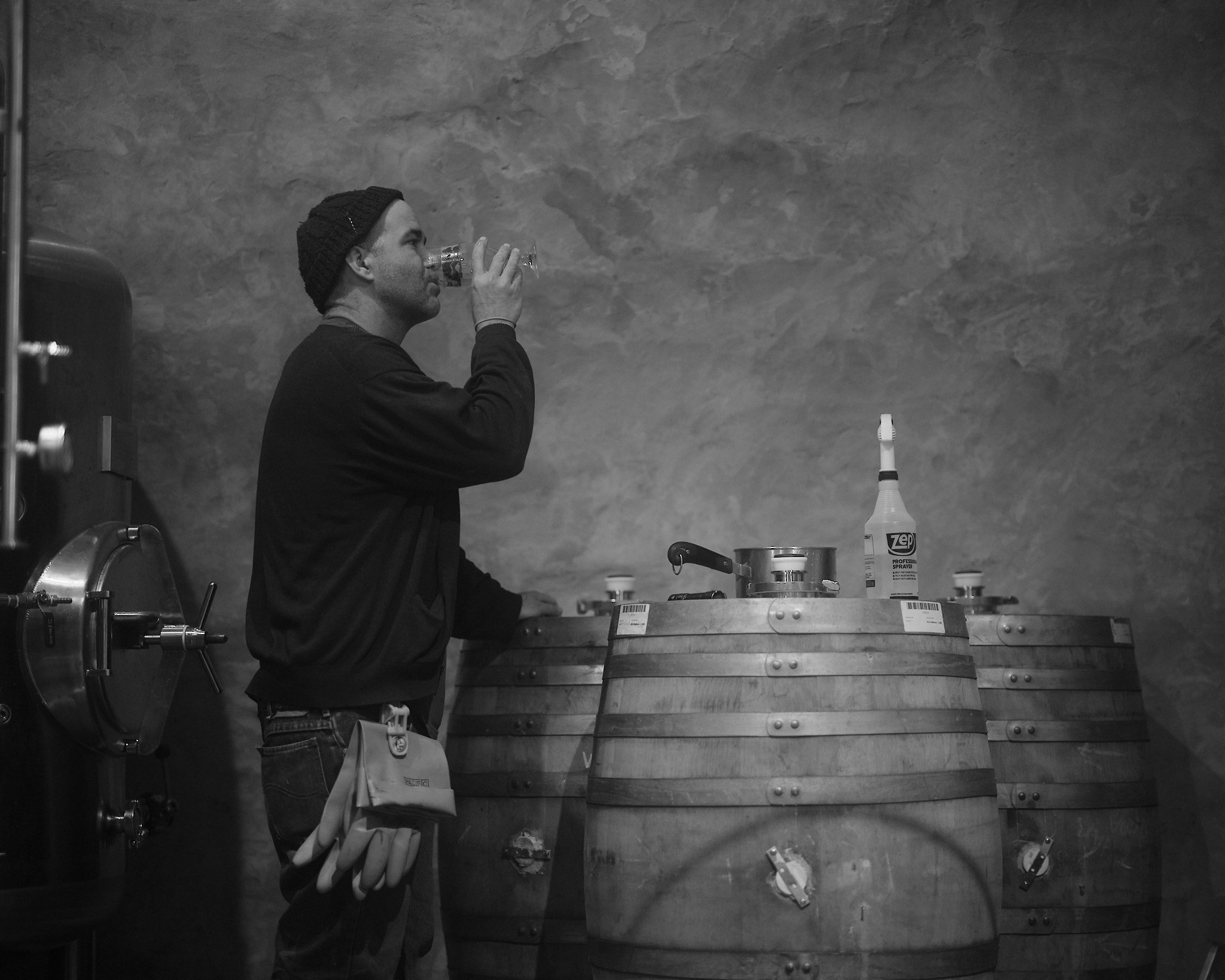
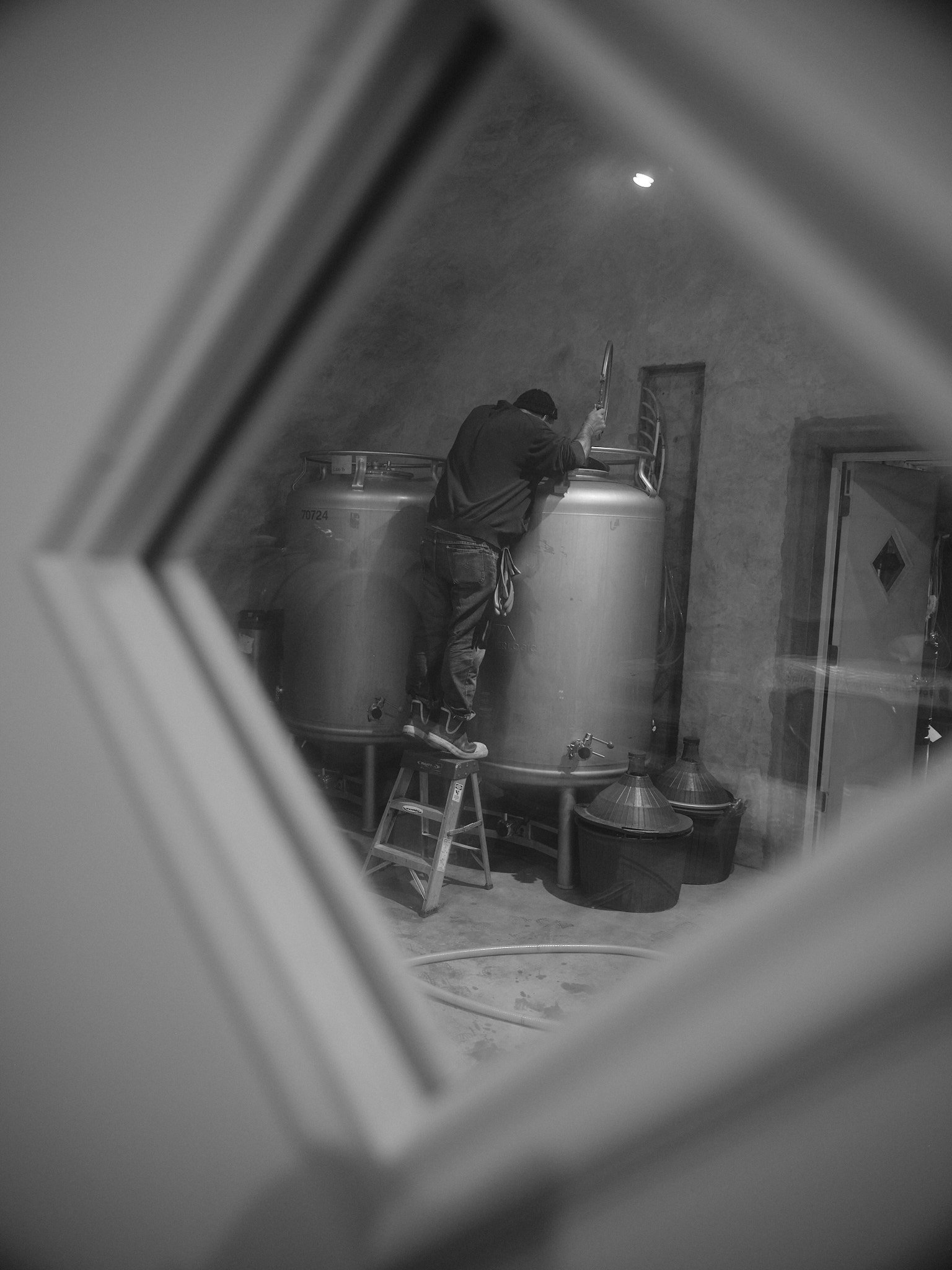
Checking On Fermentation
Vasilios is checking on all the fermenting beers.
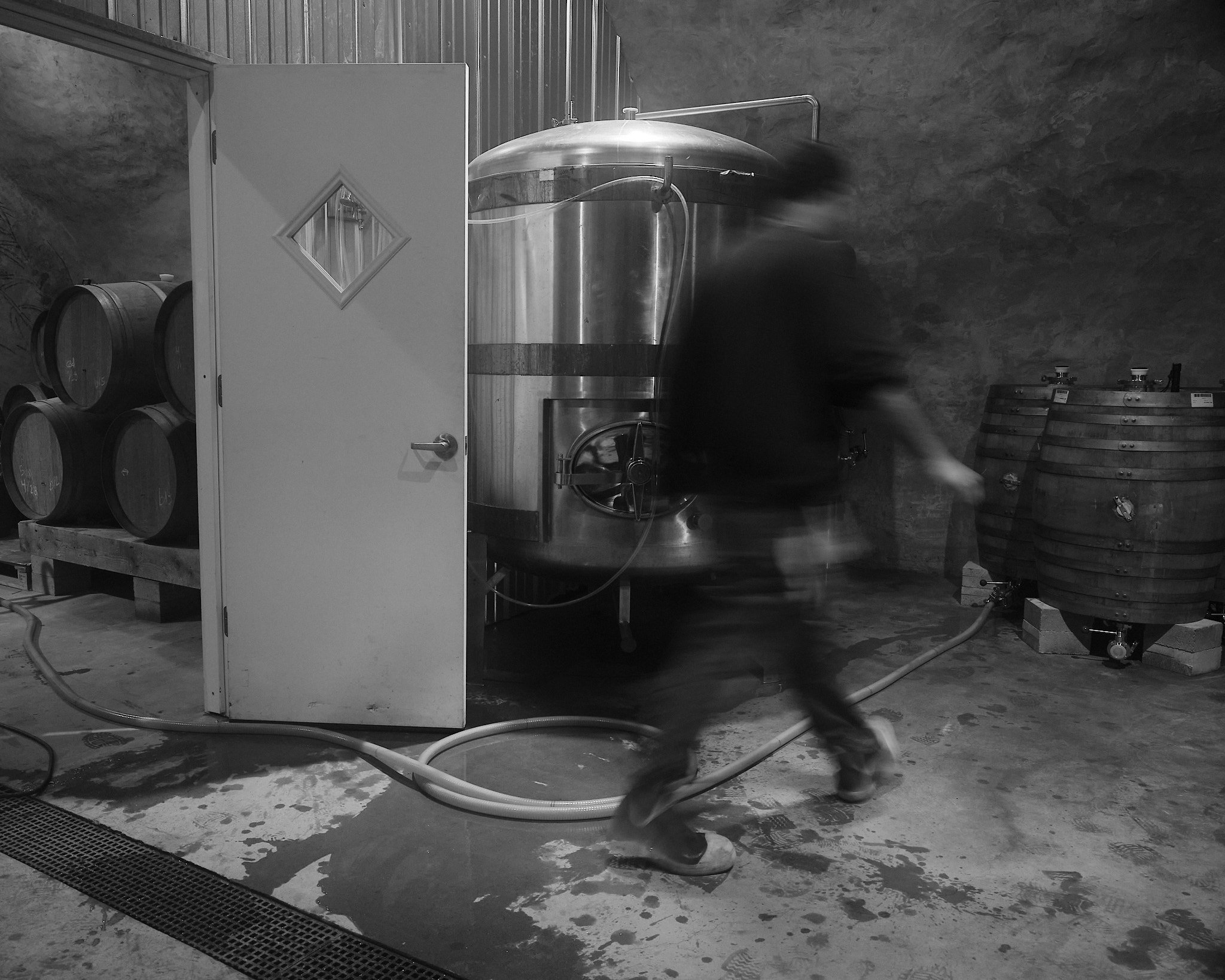
Transferring To New Barrels
Transferring beer from old barrels into new barrels on lilacs.
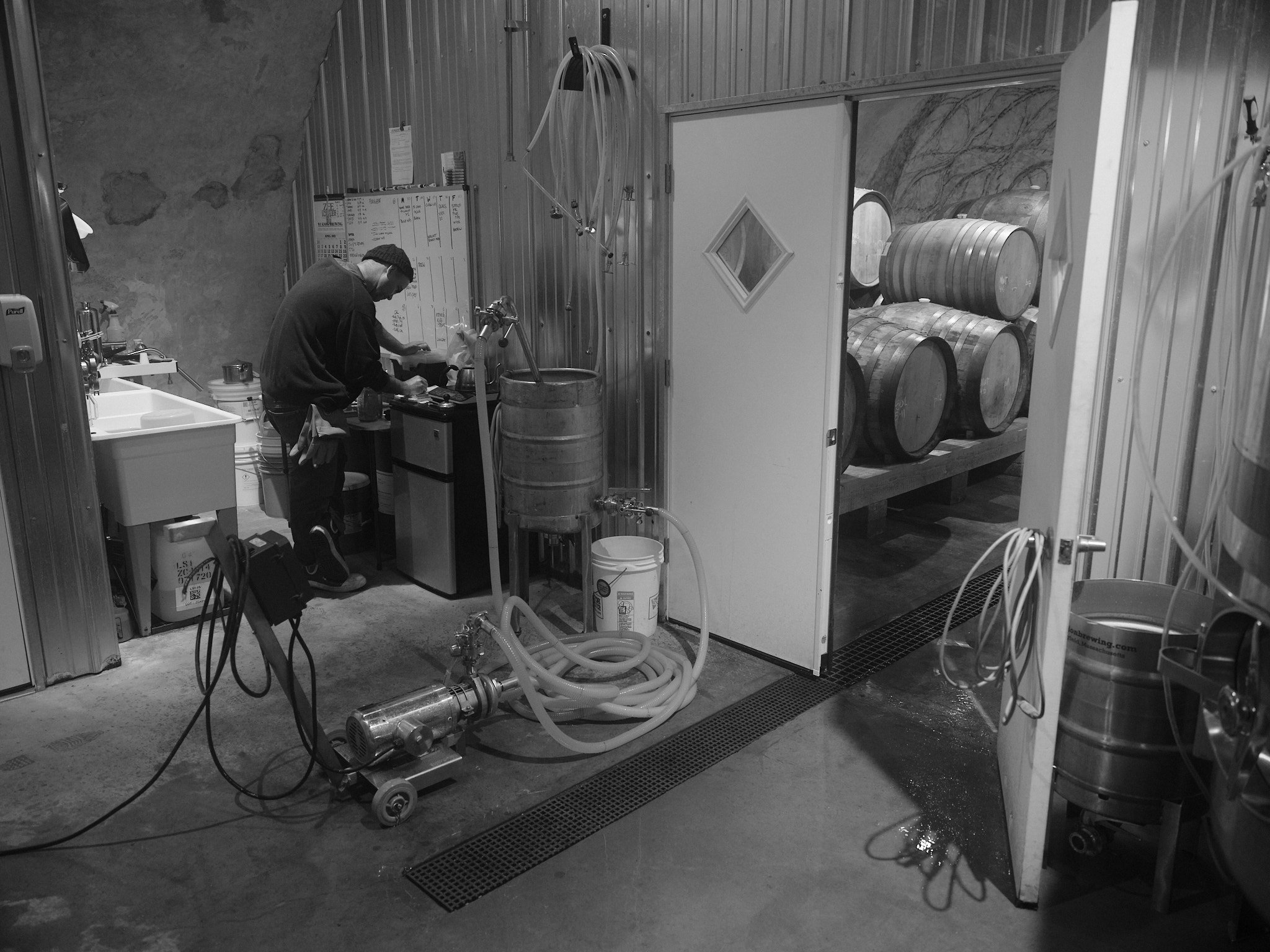
Keeping Logs
Maintaining logs on the barrels is essential.
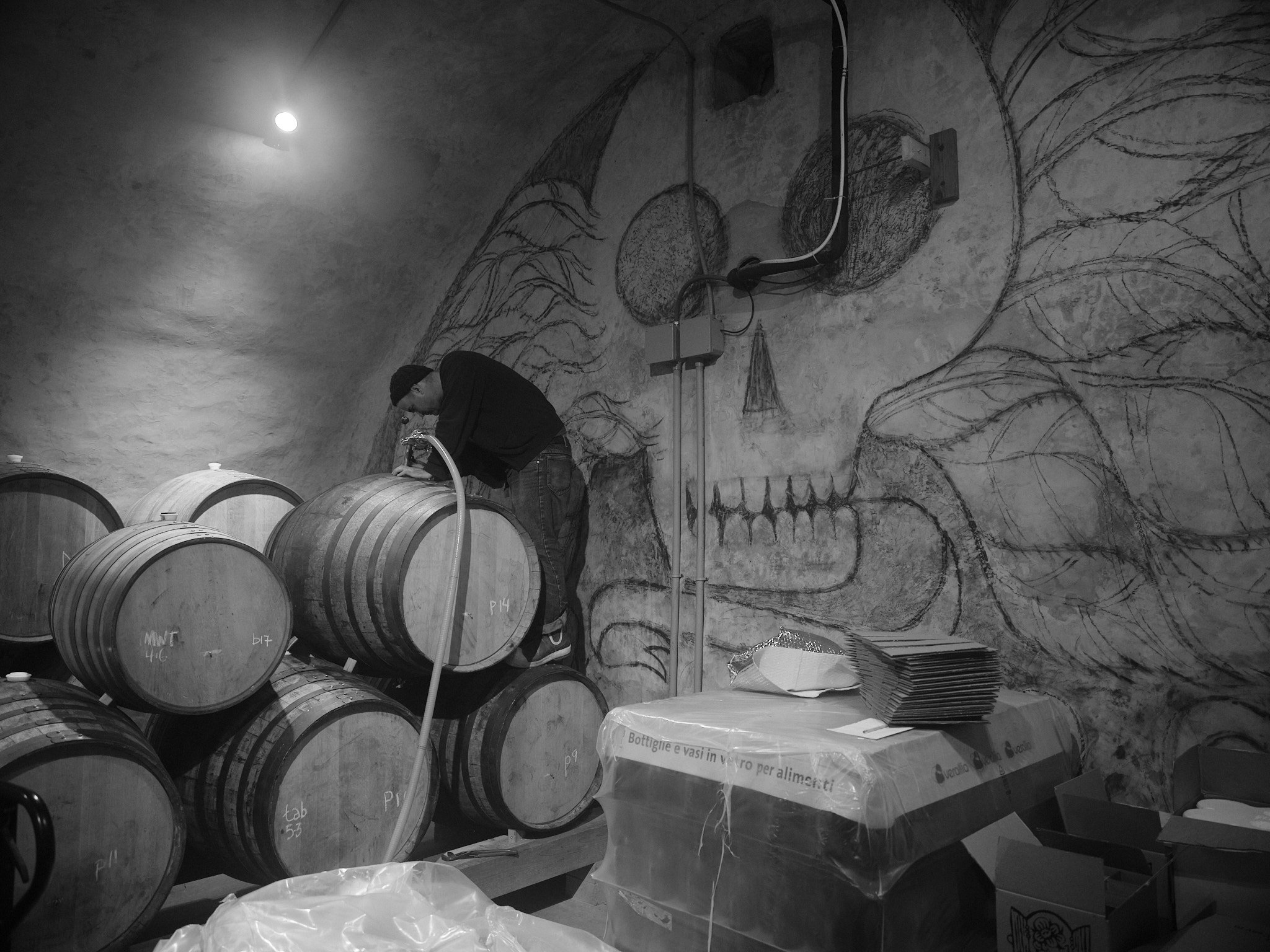
Filling Barrels
We are adding beer from the fermentation tank into new barrels to begin the aging process.
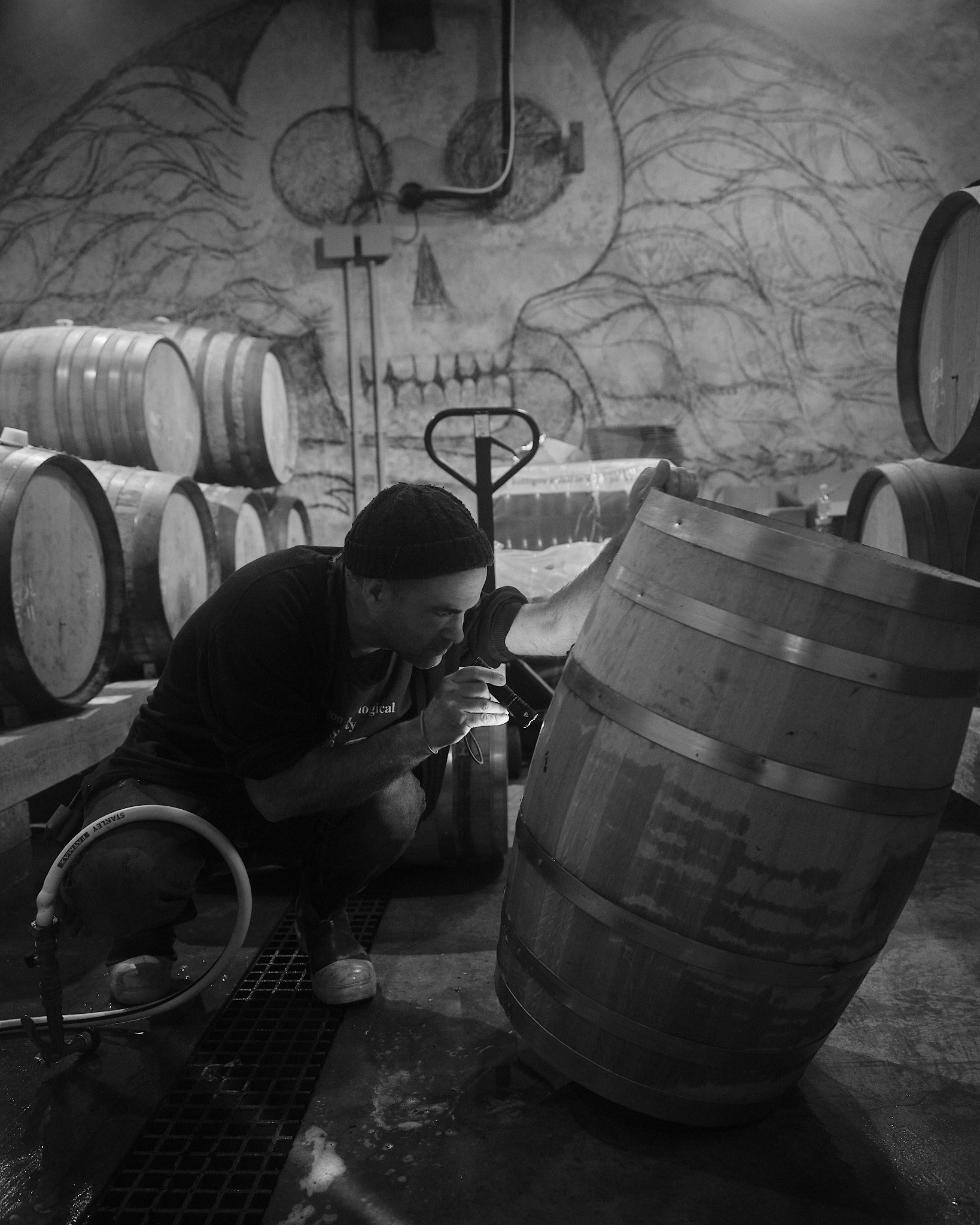
Inspection
Cleaning out barrels and inspecting them to make sure it’s ready for use.
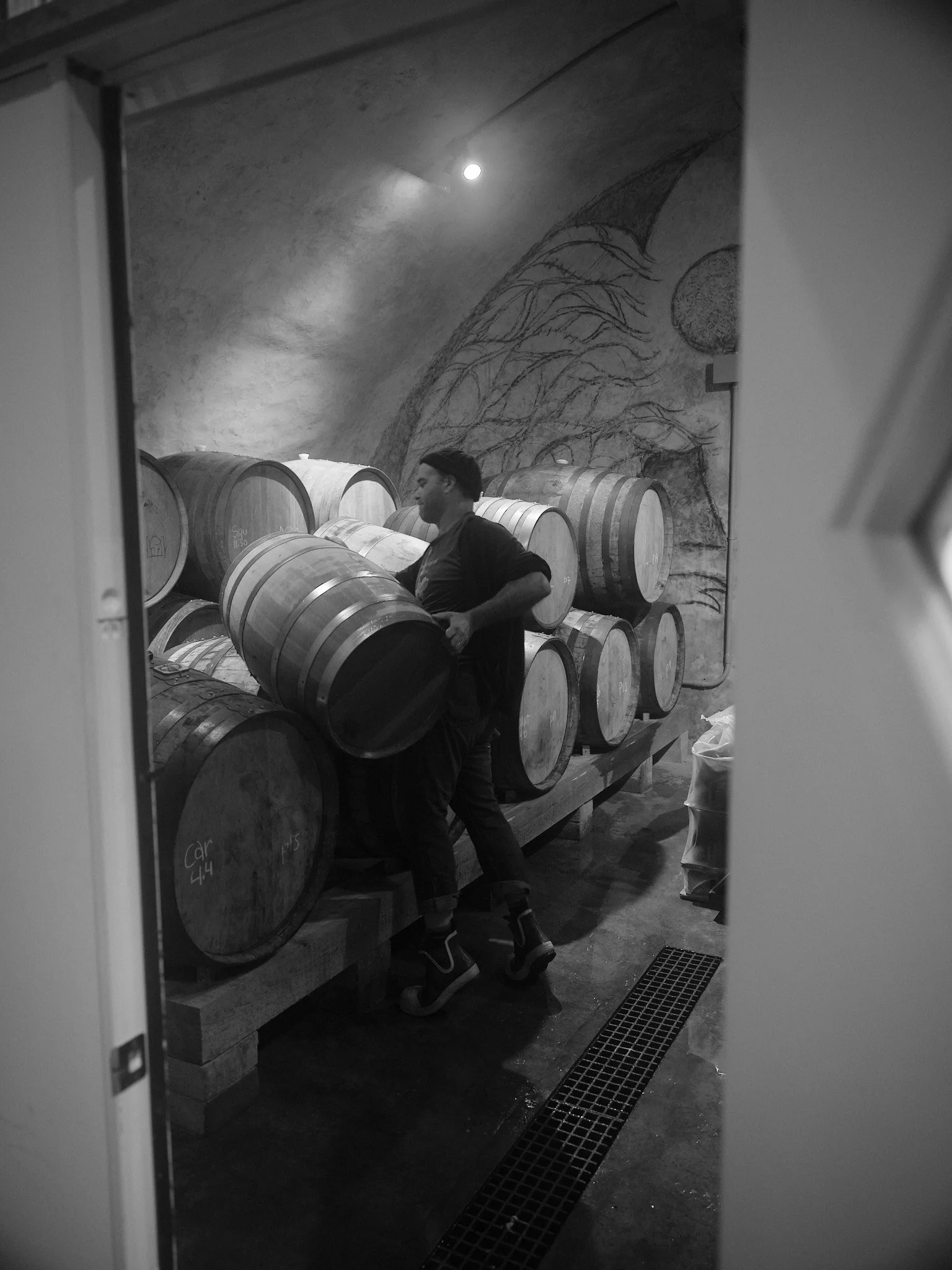
Putting It To Rest
The beer will age here for months before finally being put into bottles and kegs for distribution.
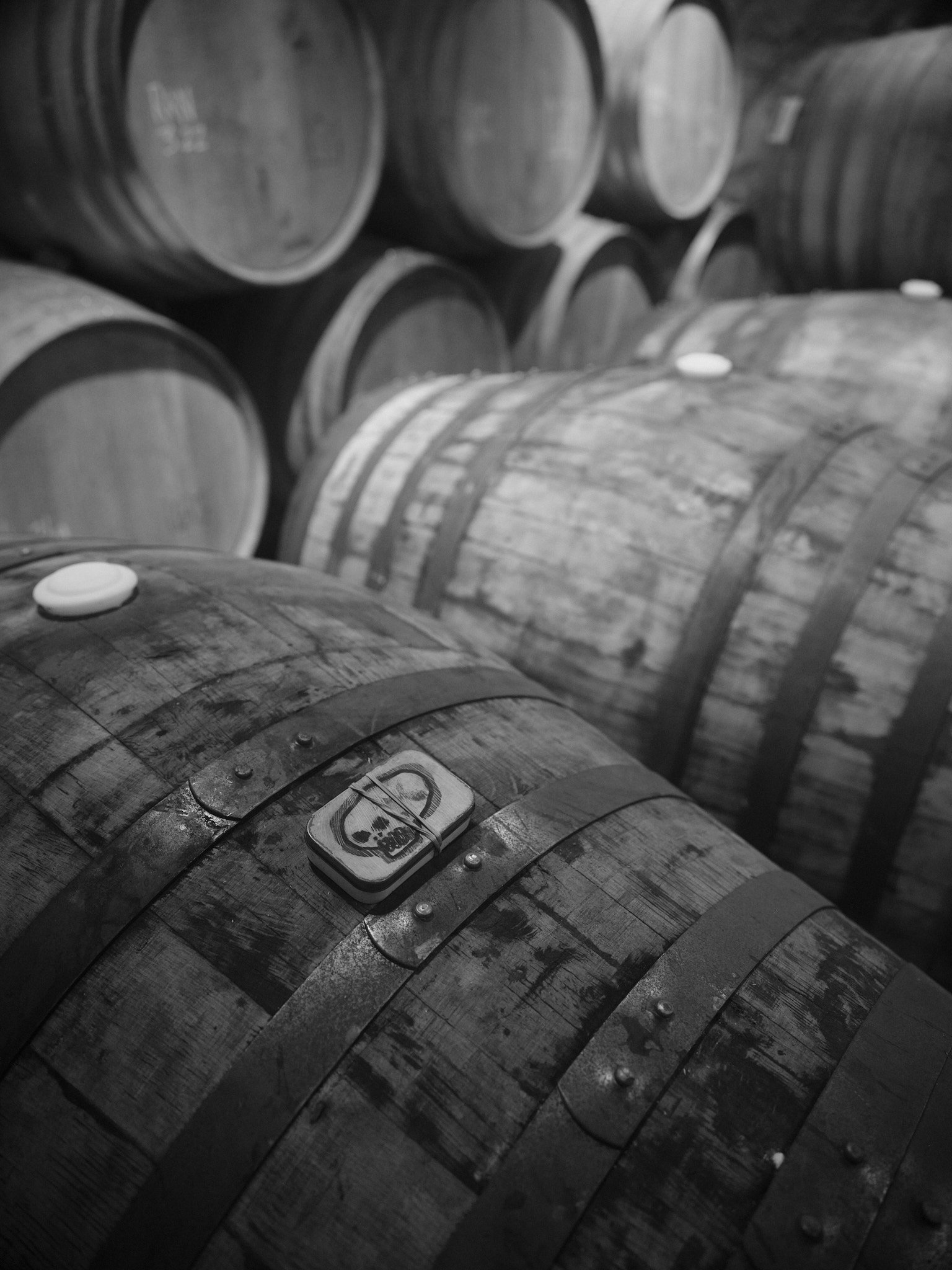
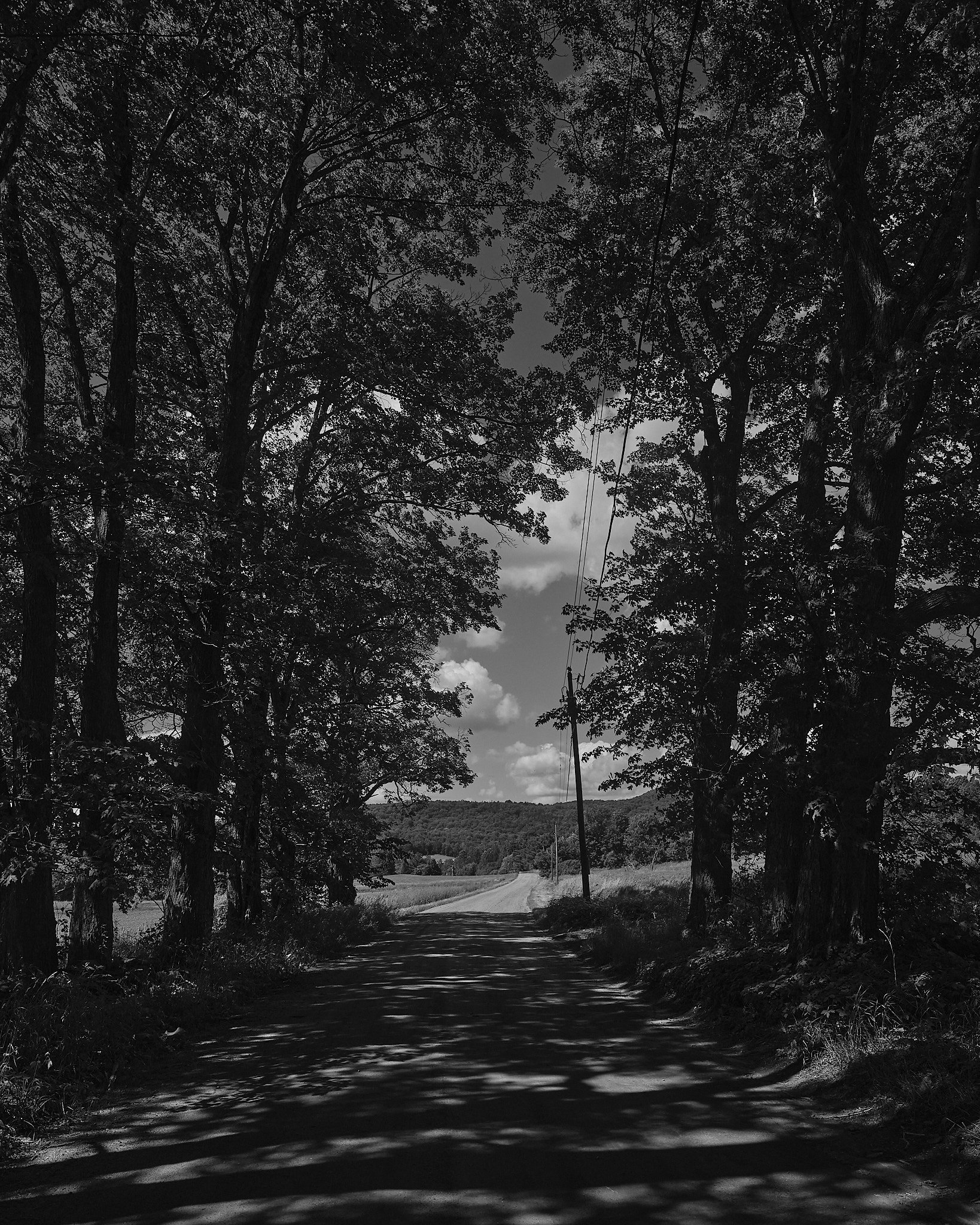
το τέλος
A small glimpse into a true artist and craftsman. Who continues to push the boundaries of what people in the states are doing with beer.